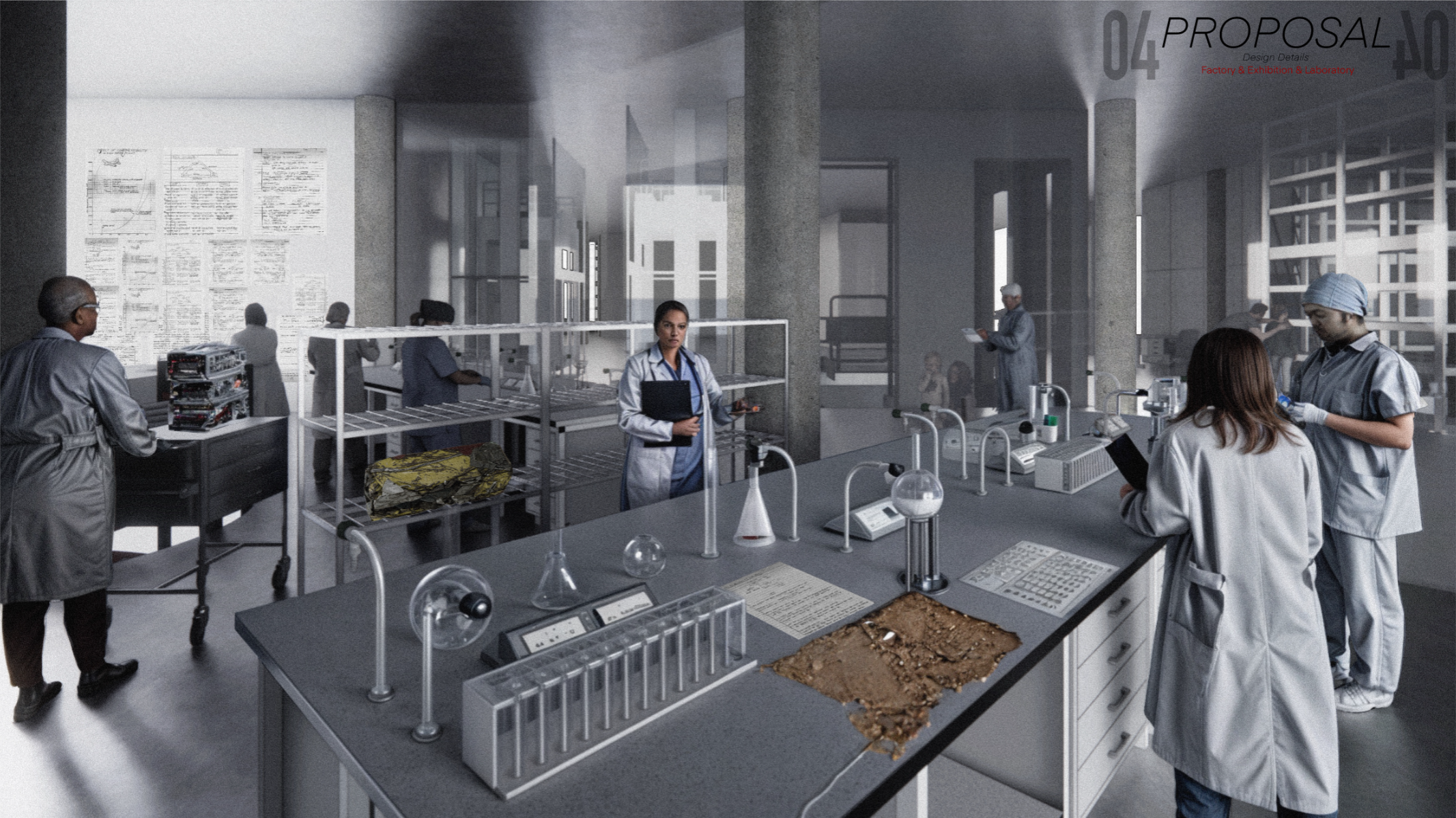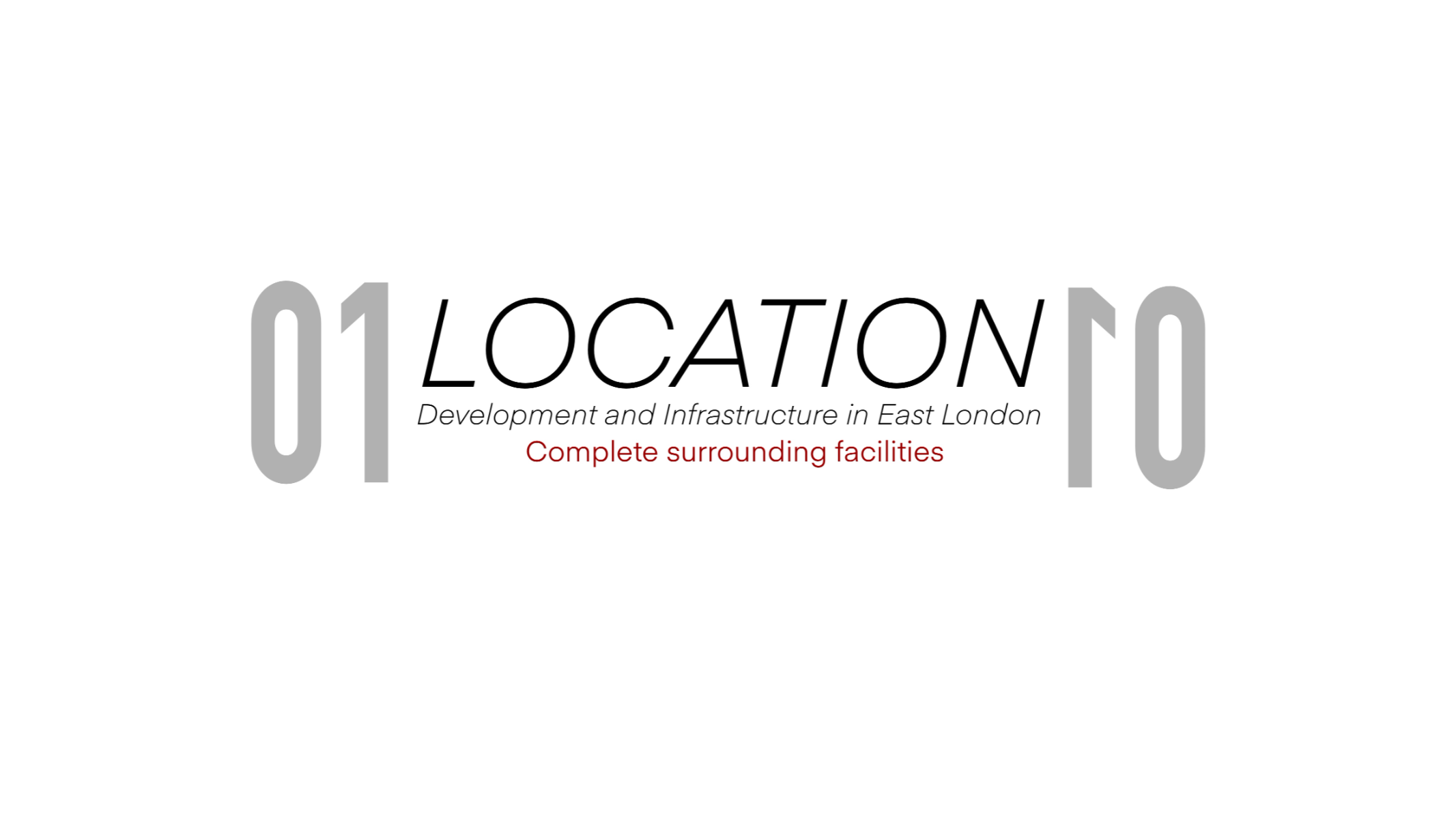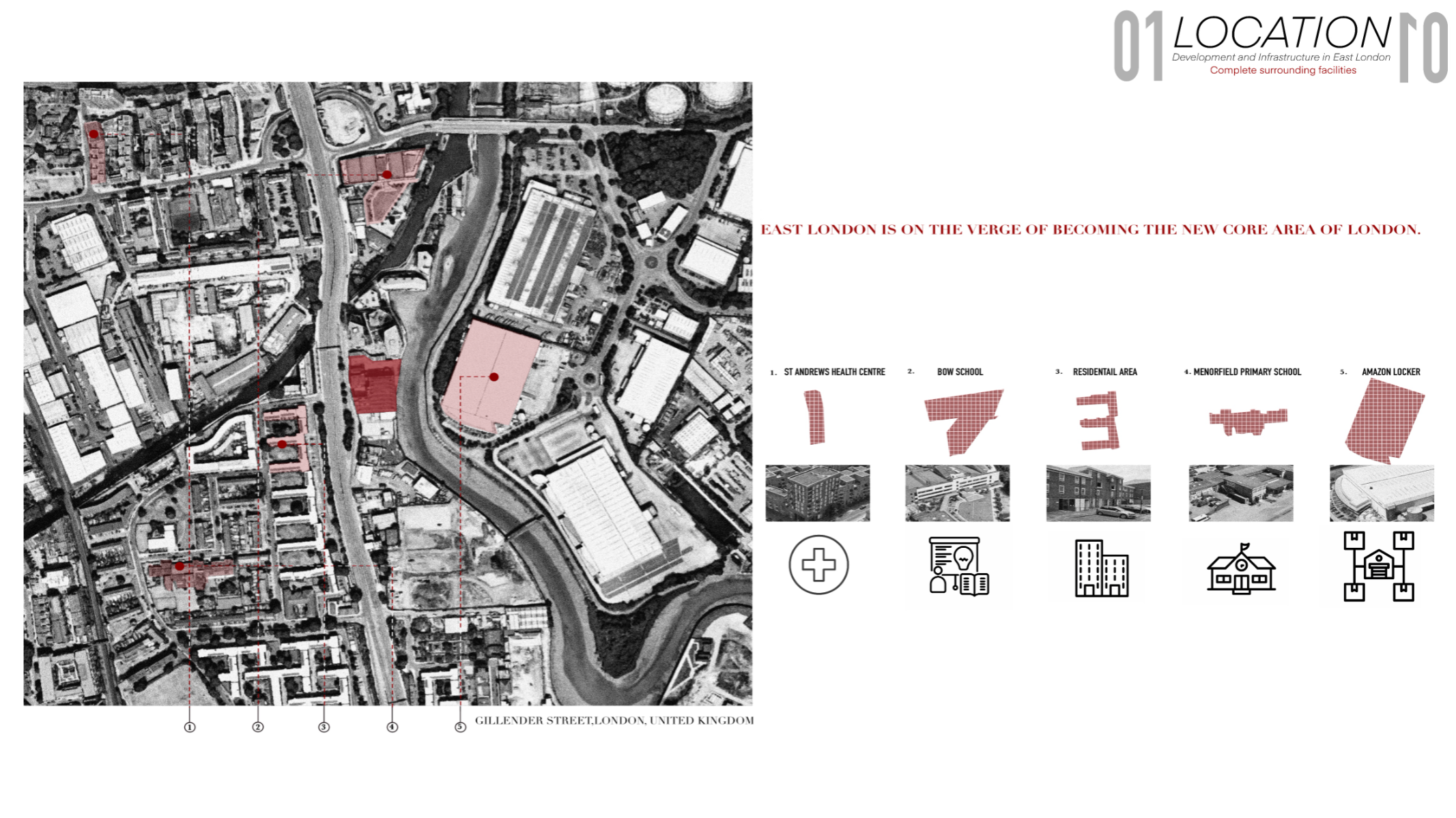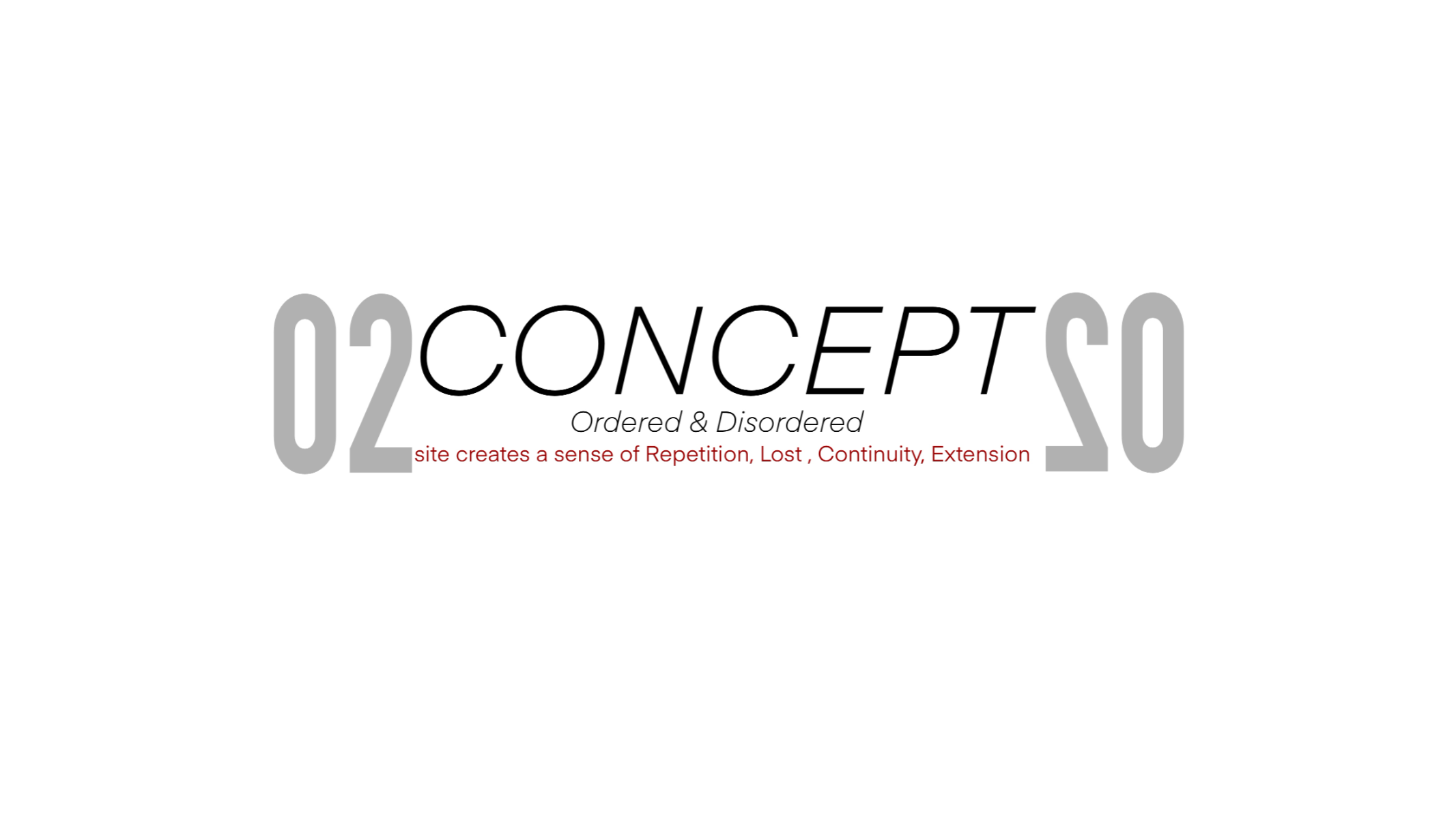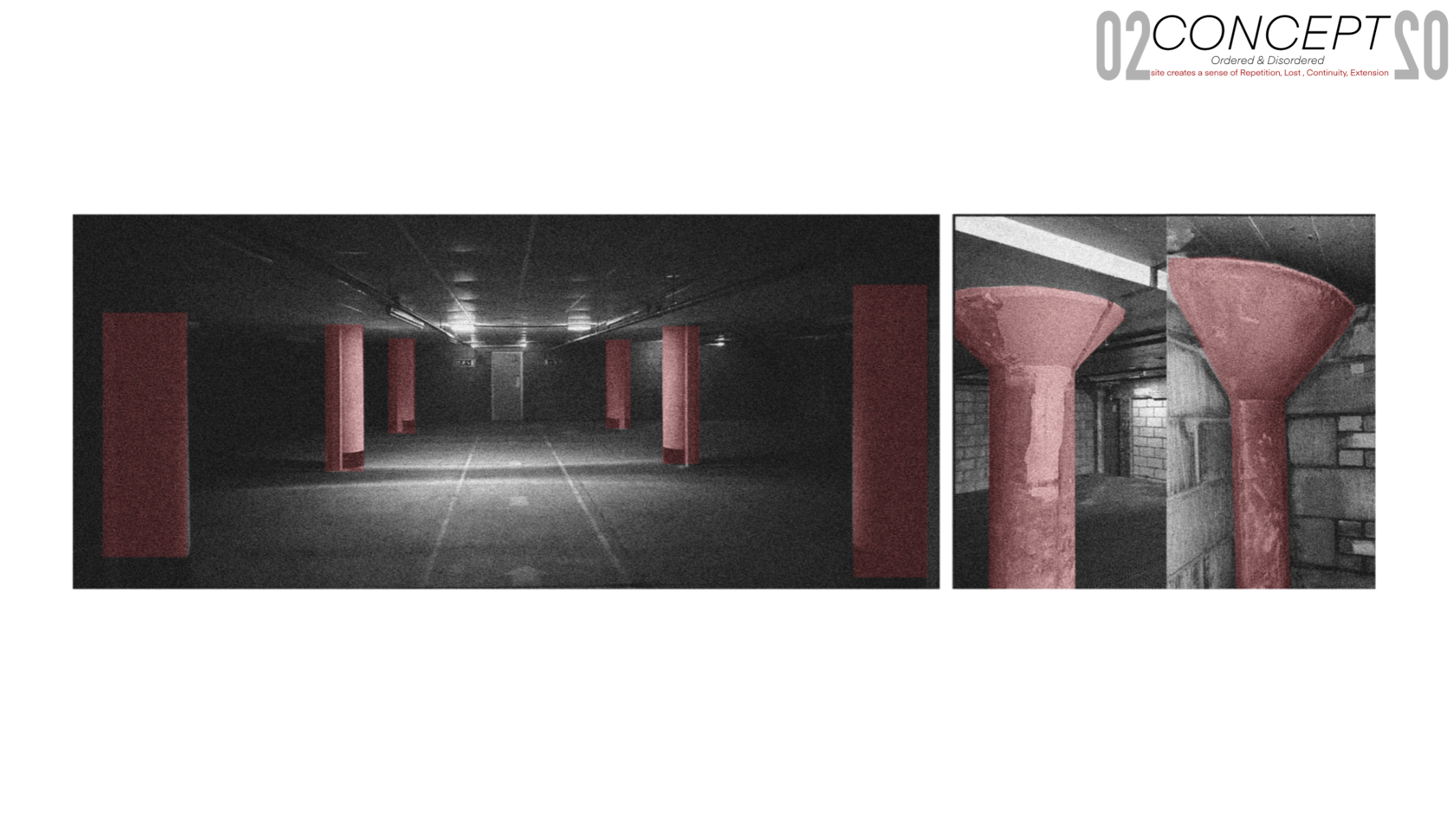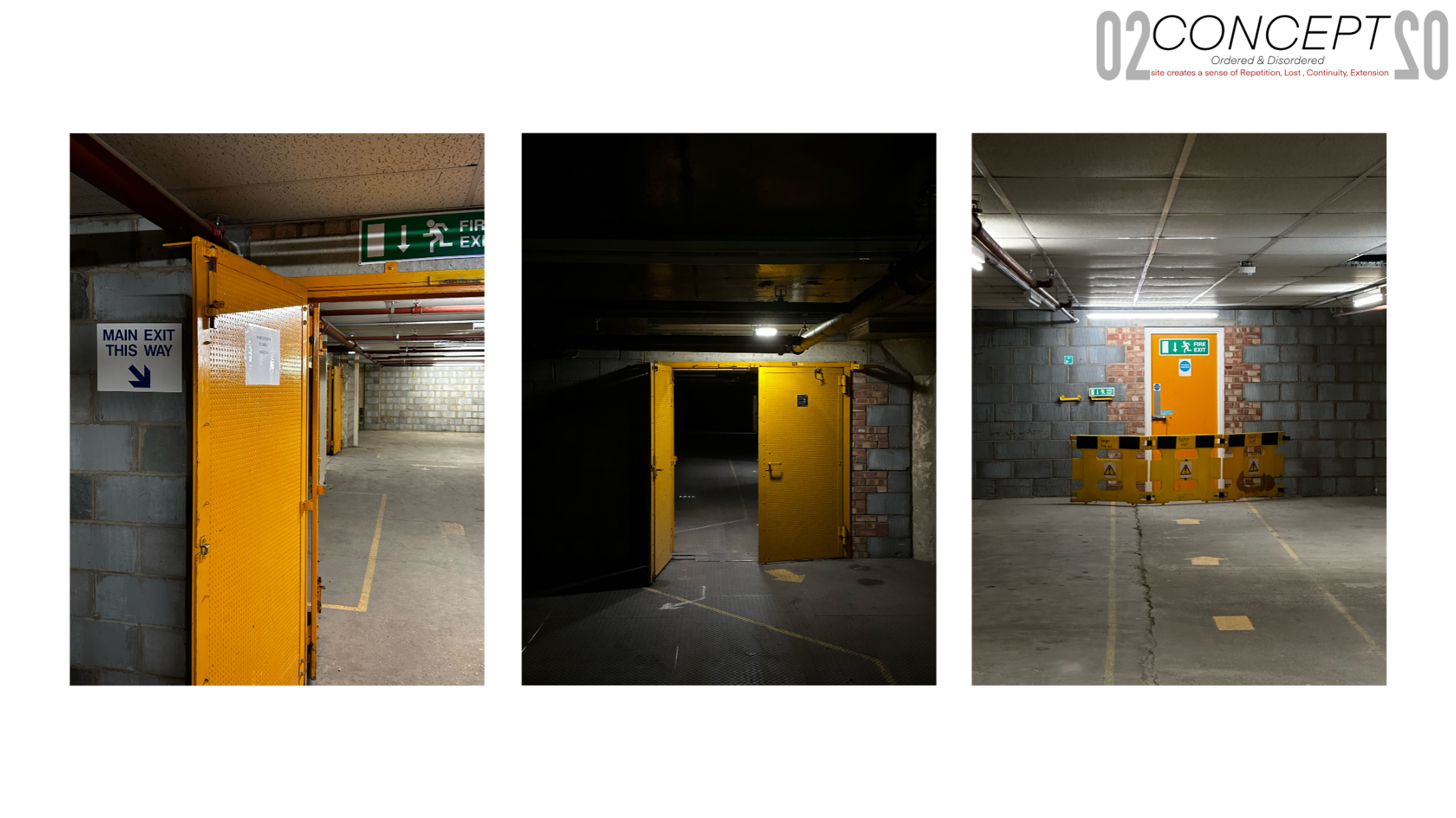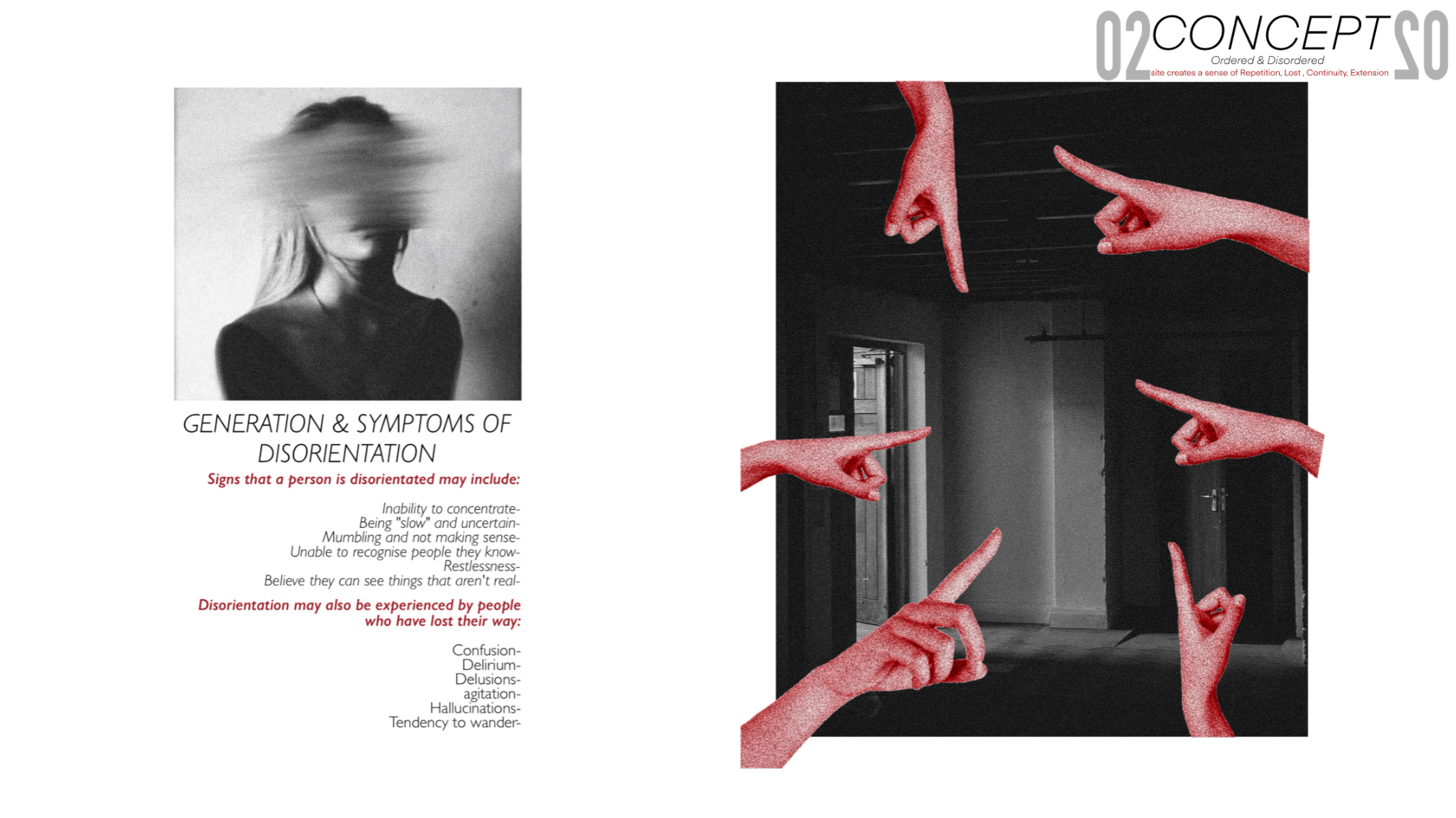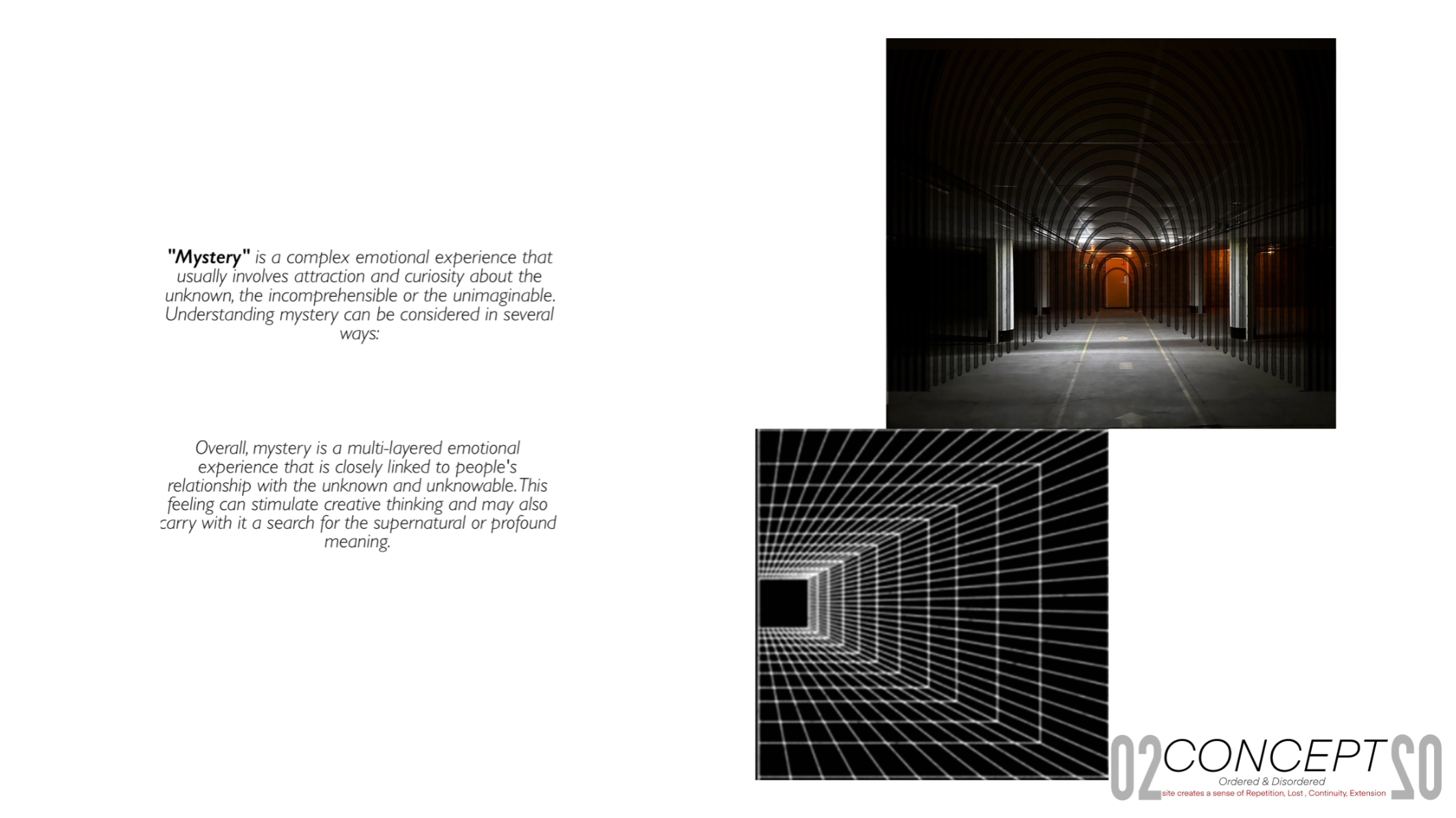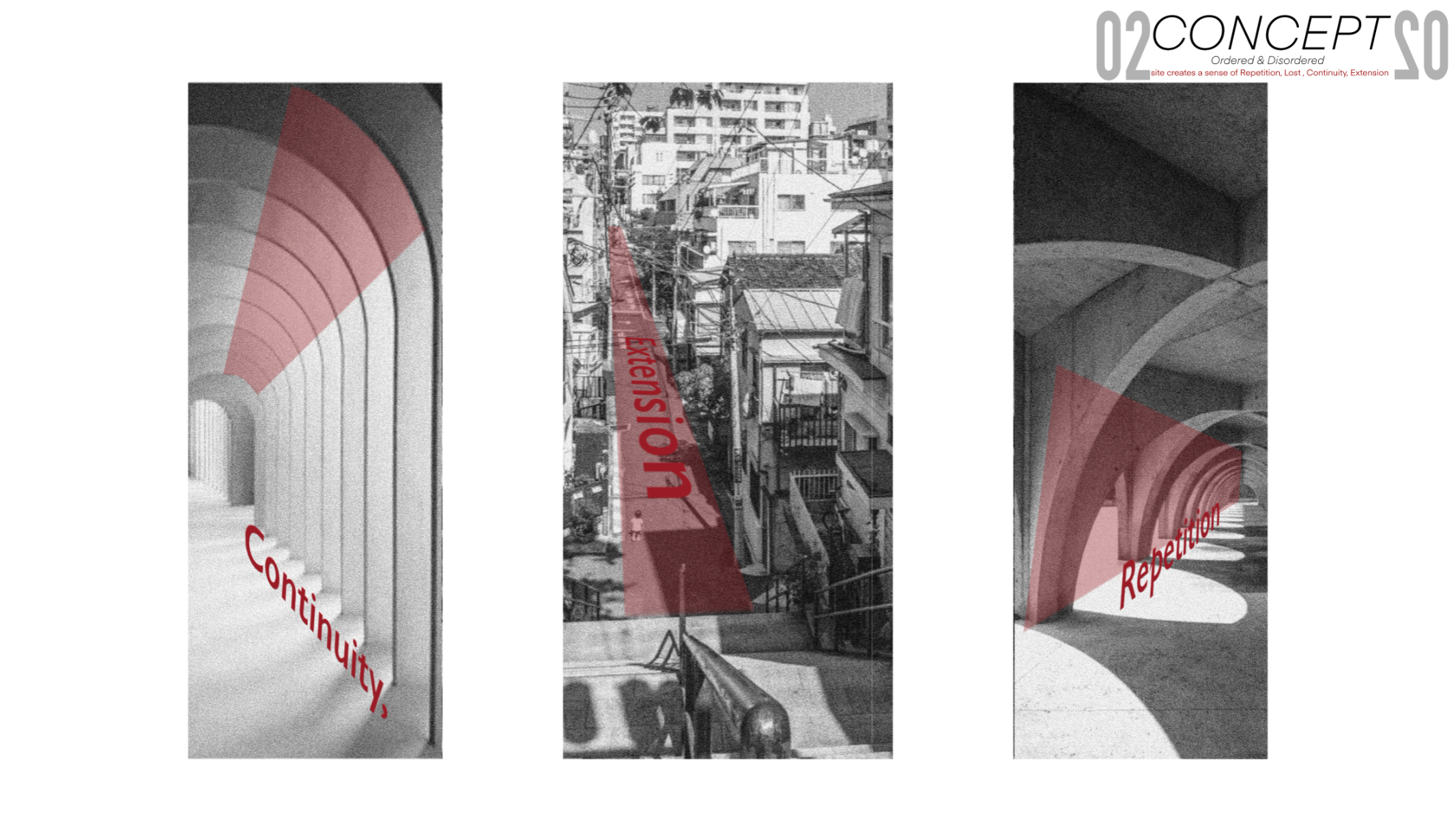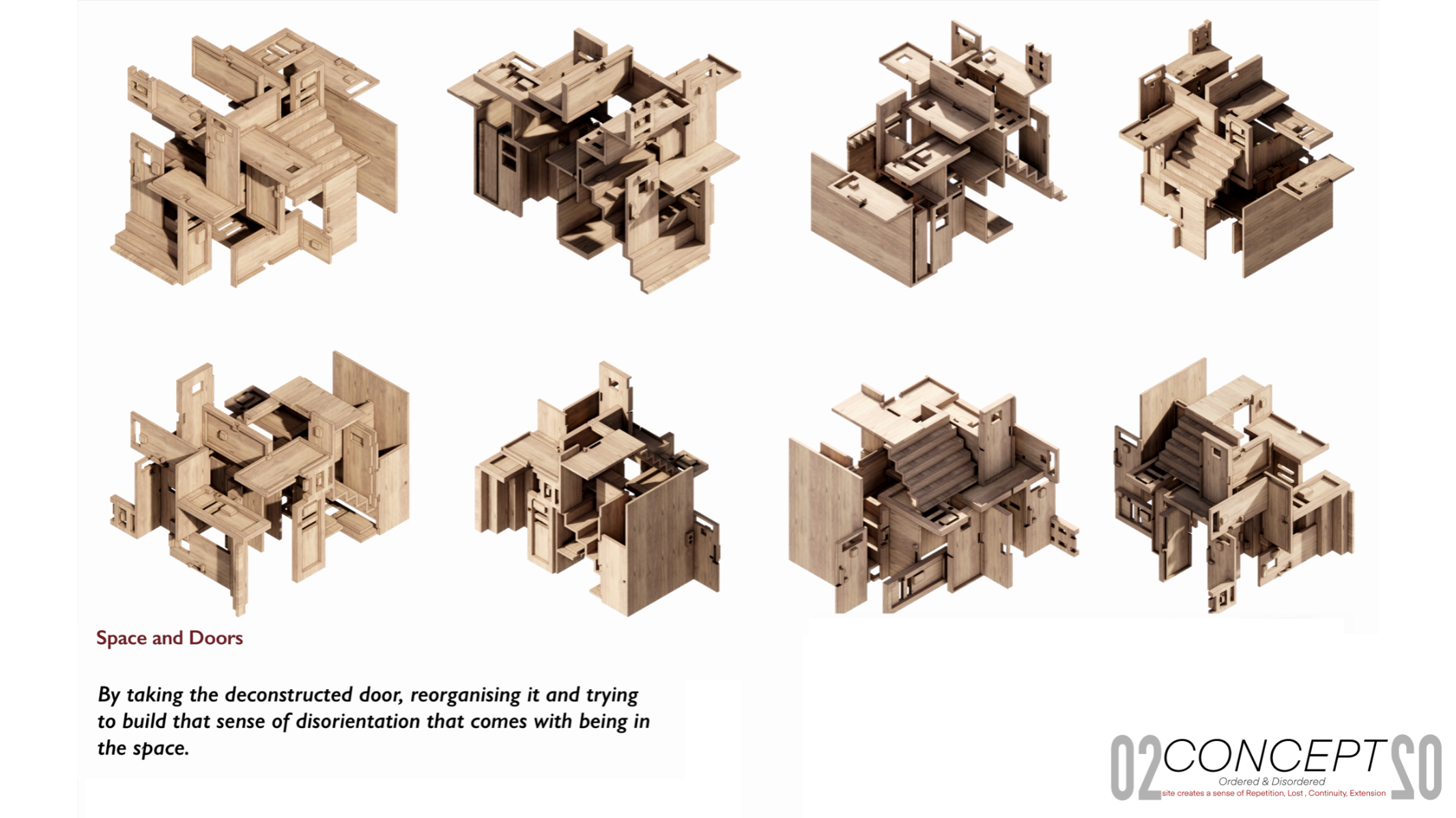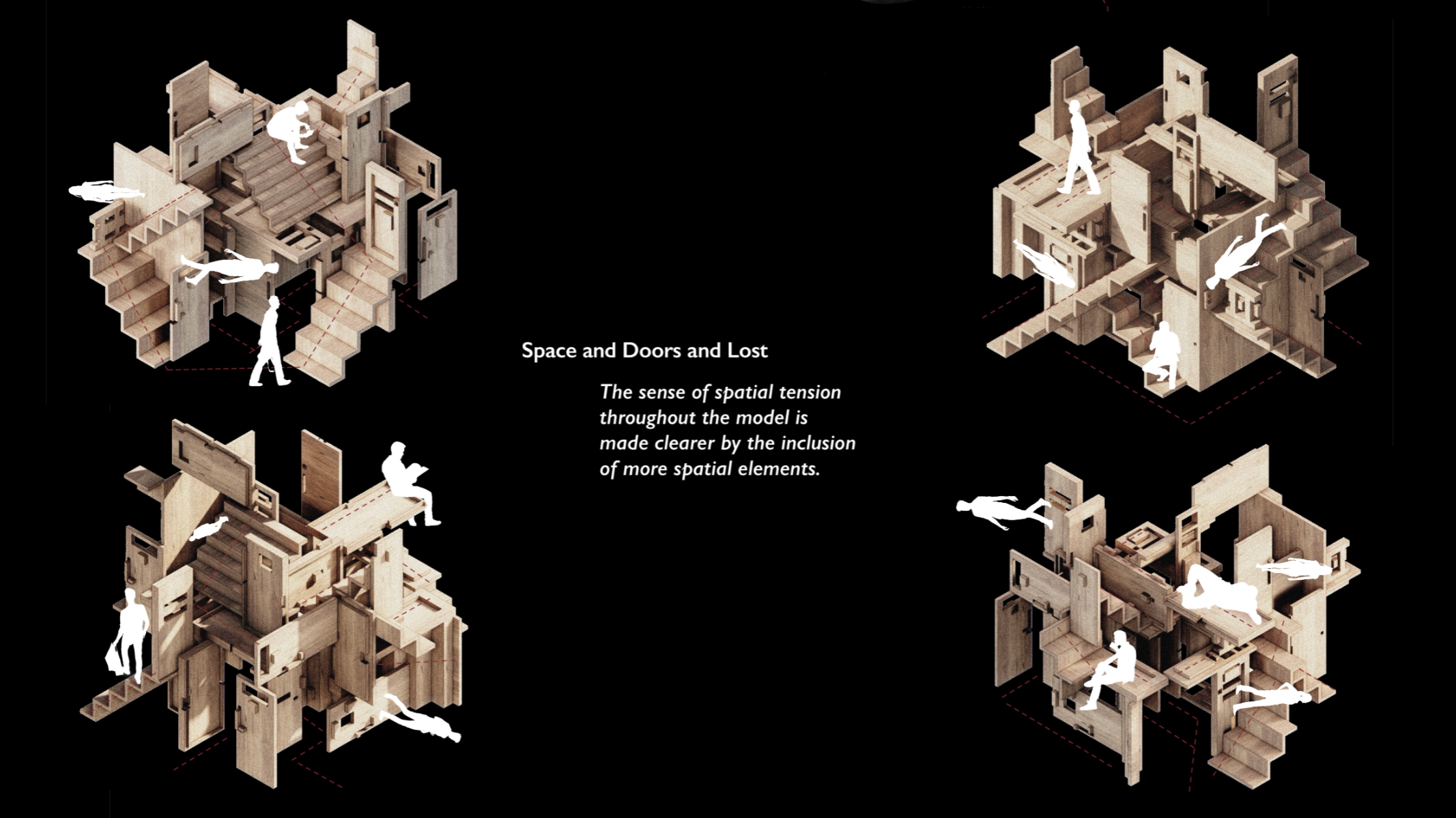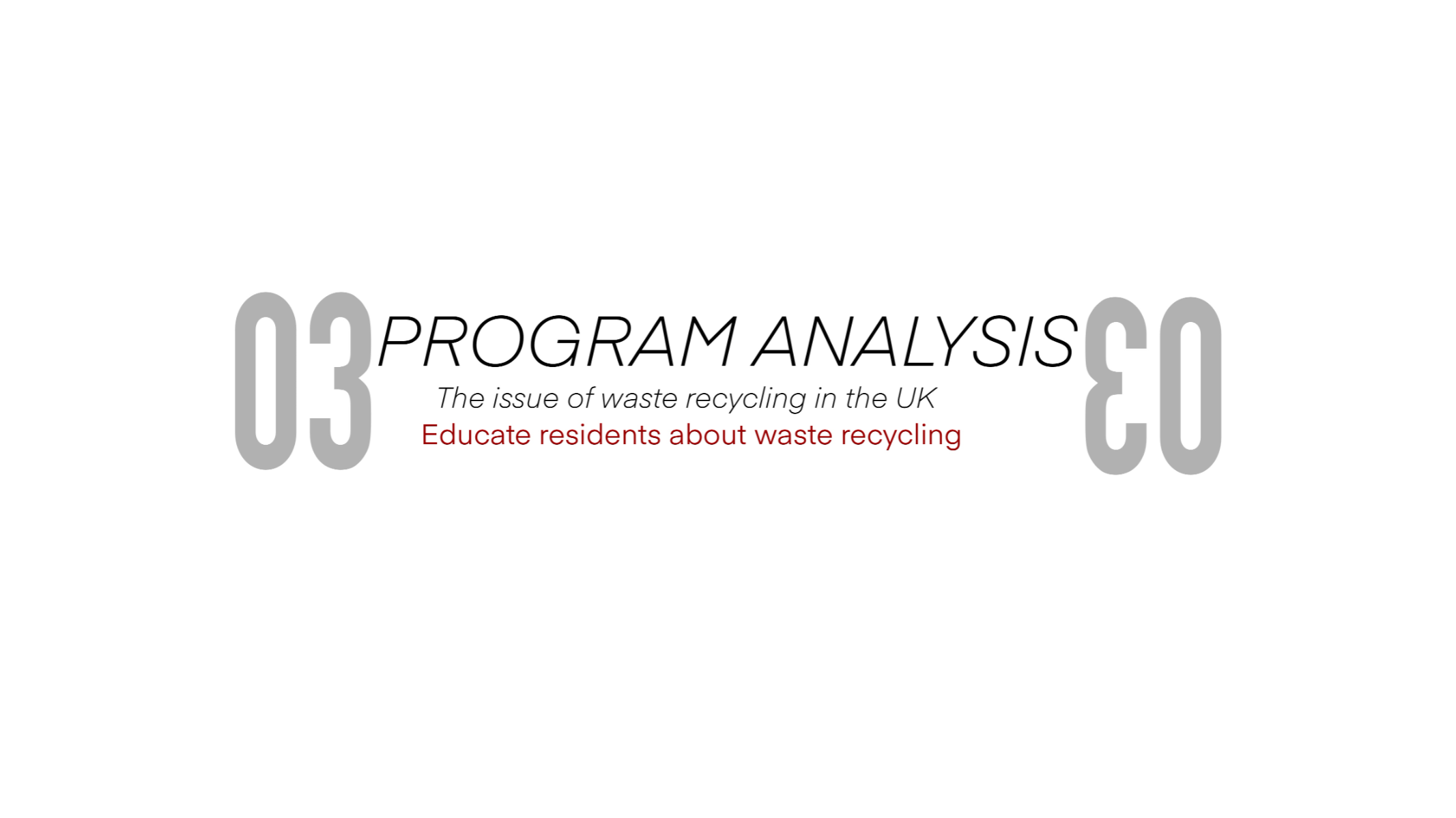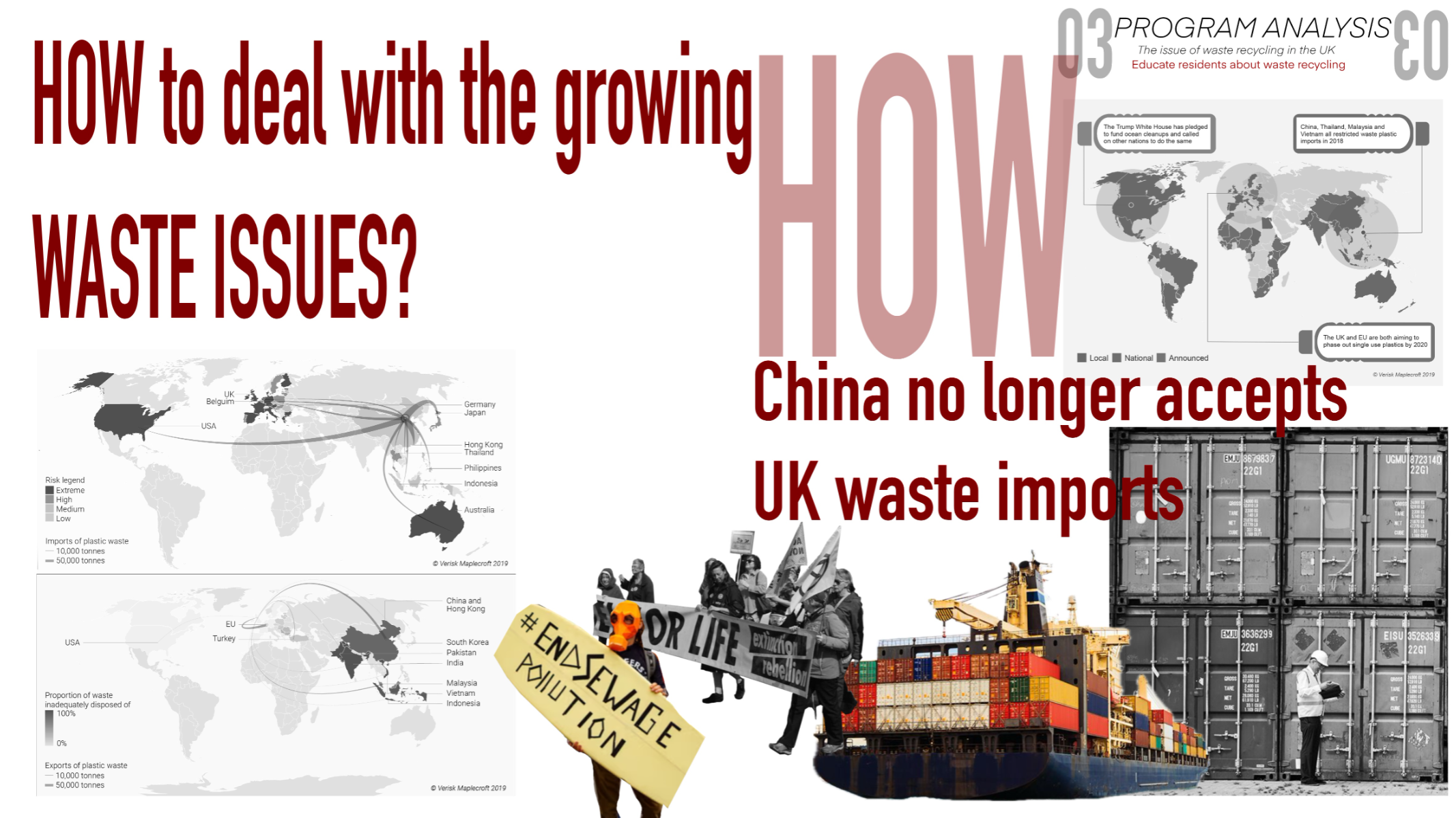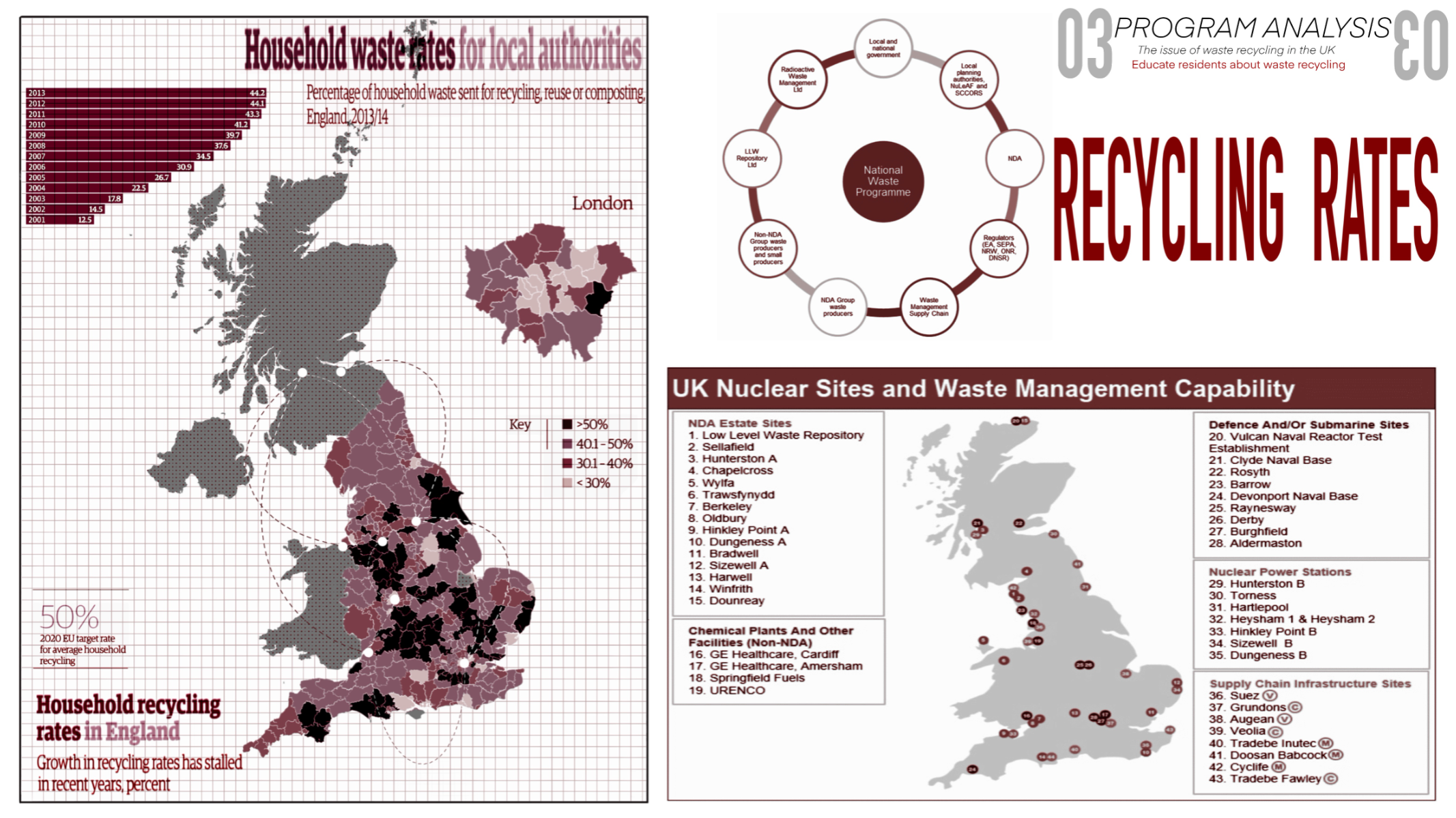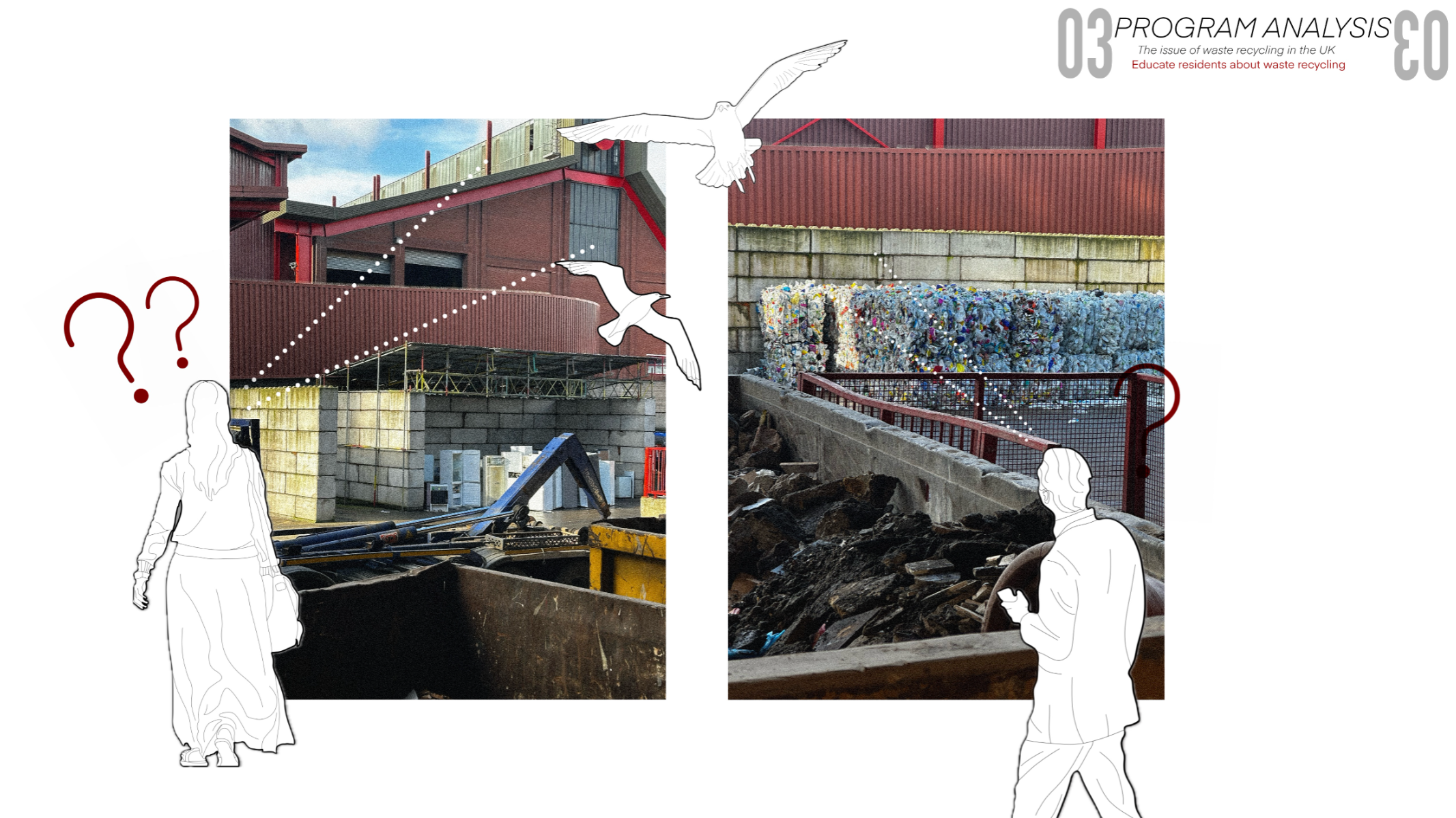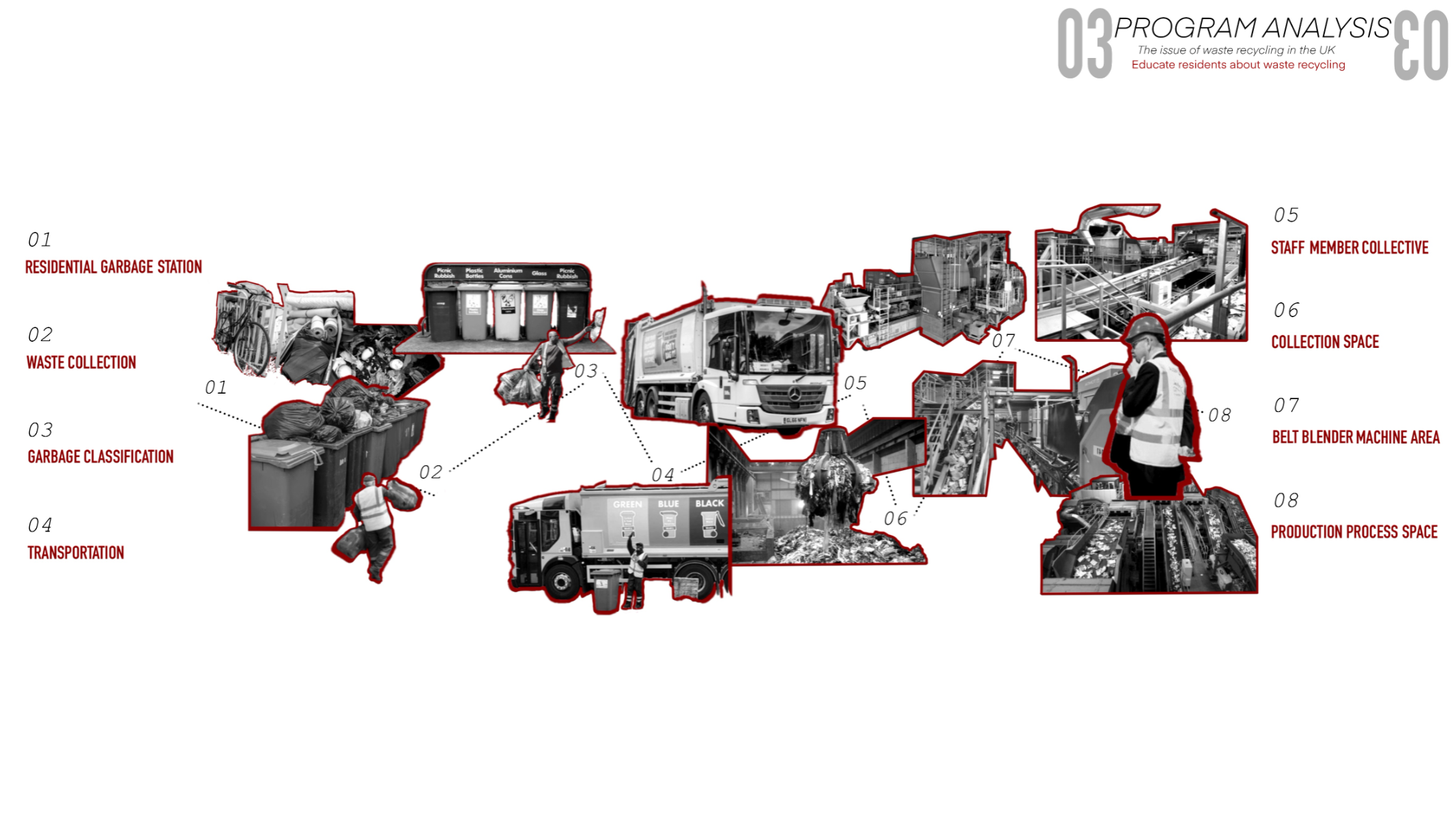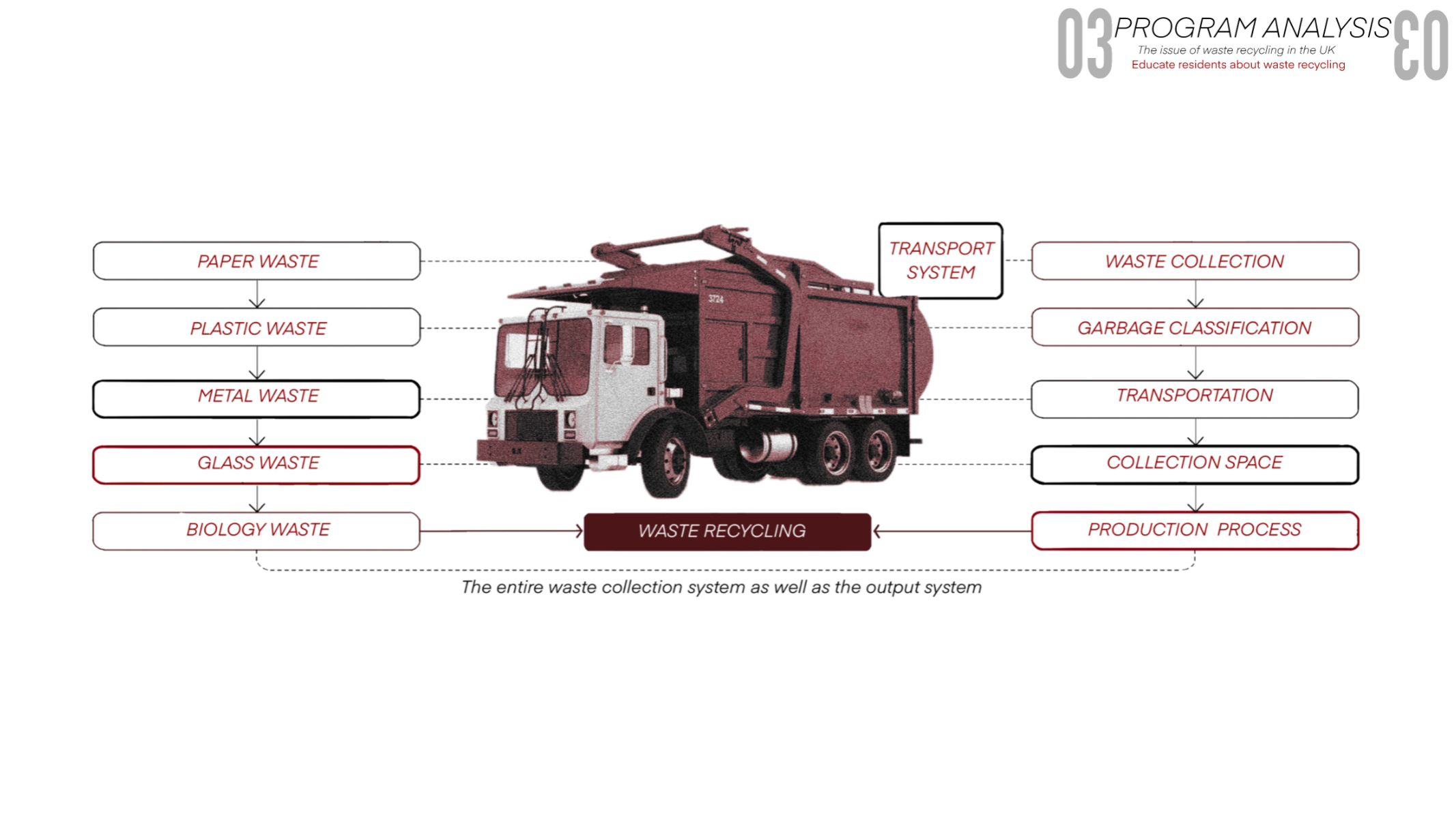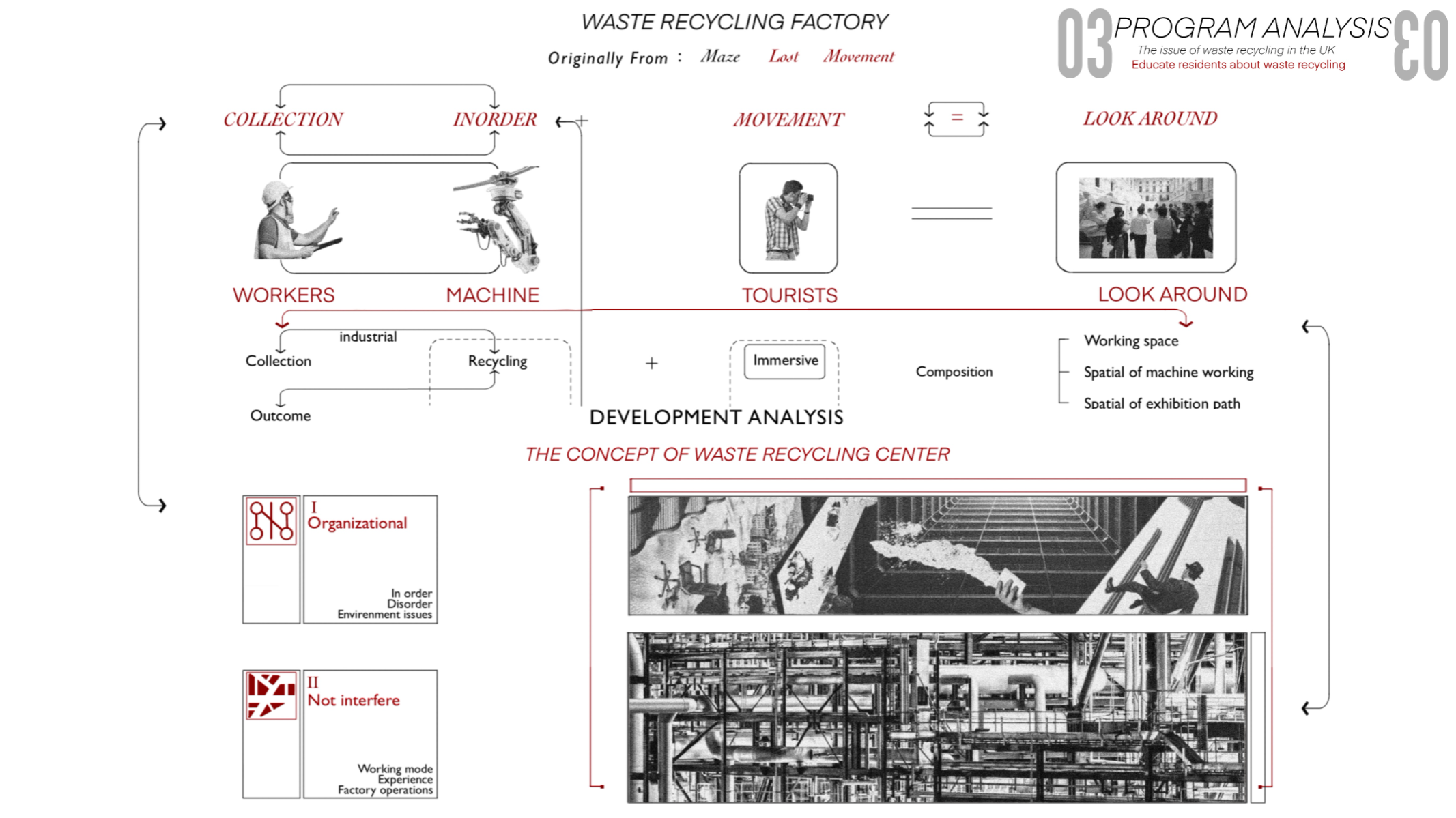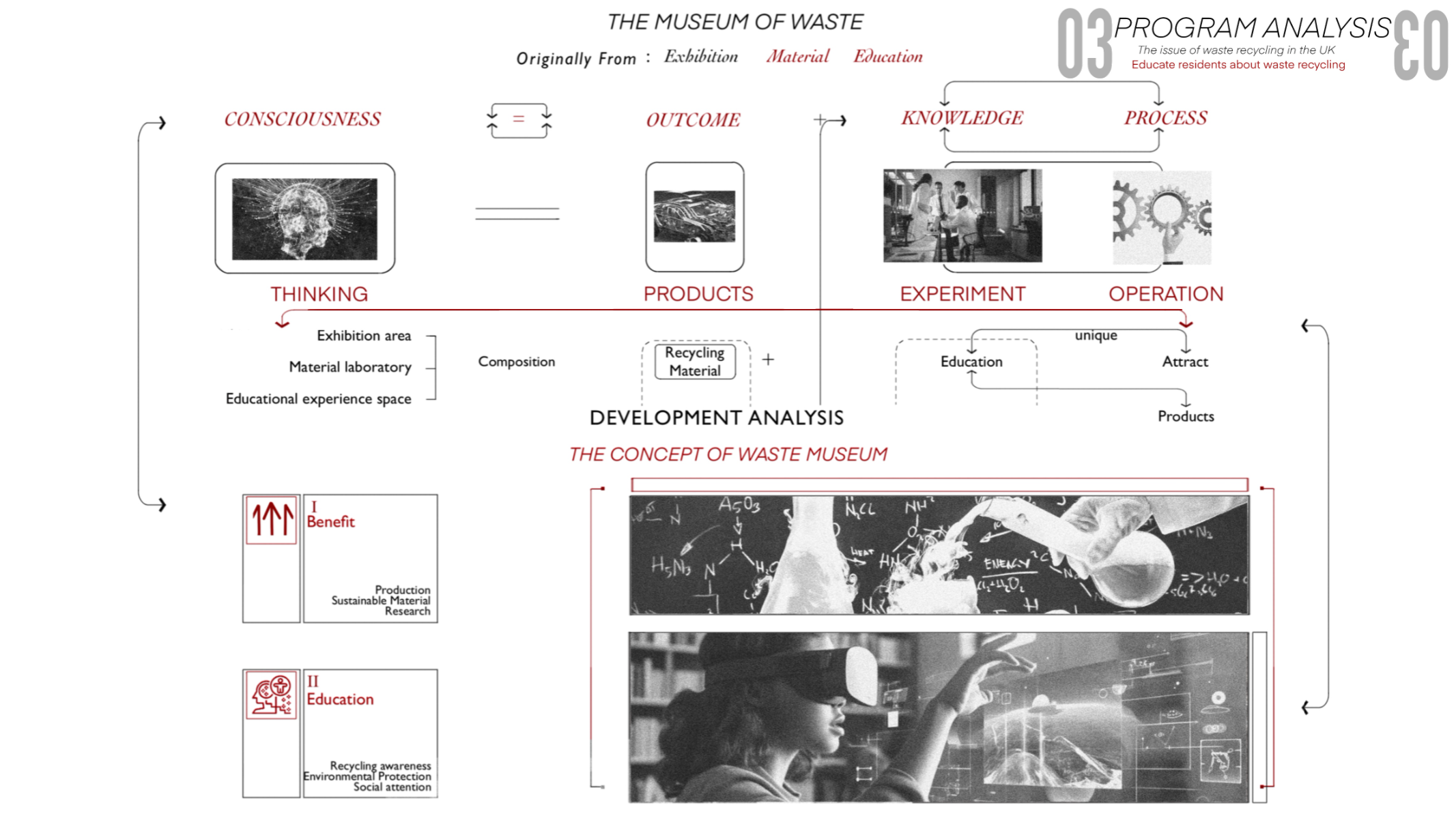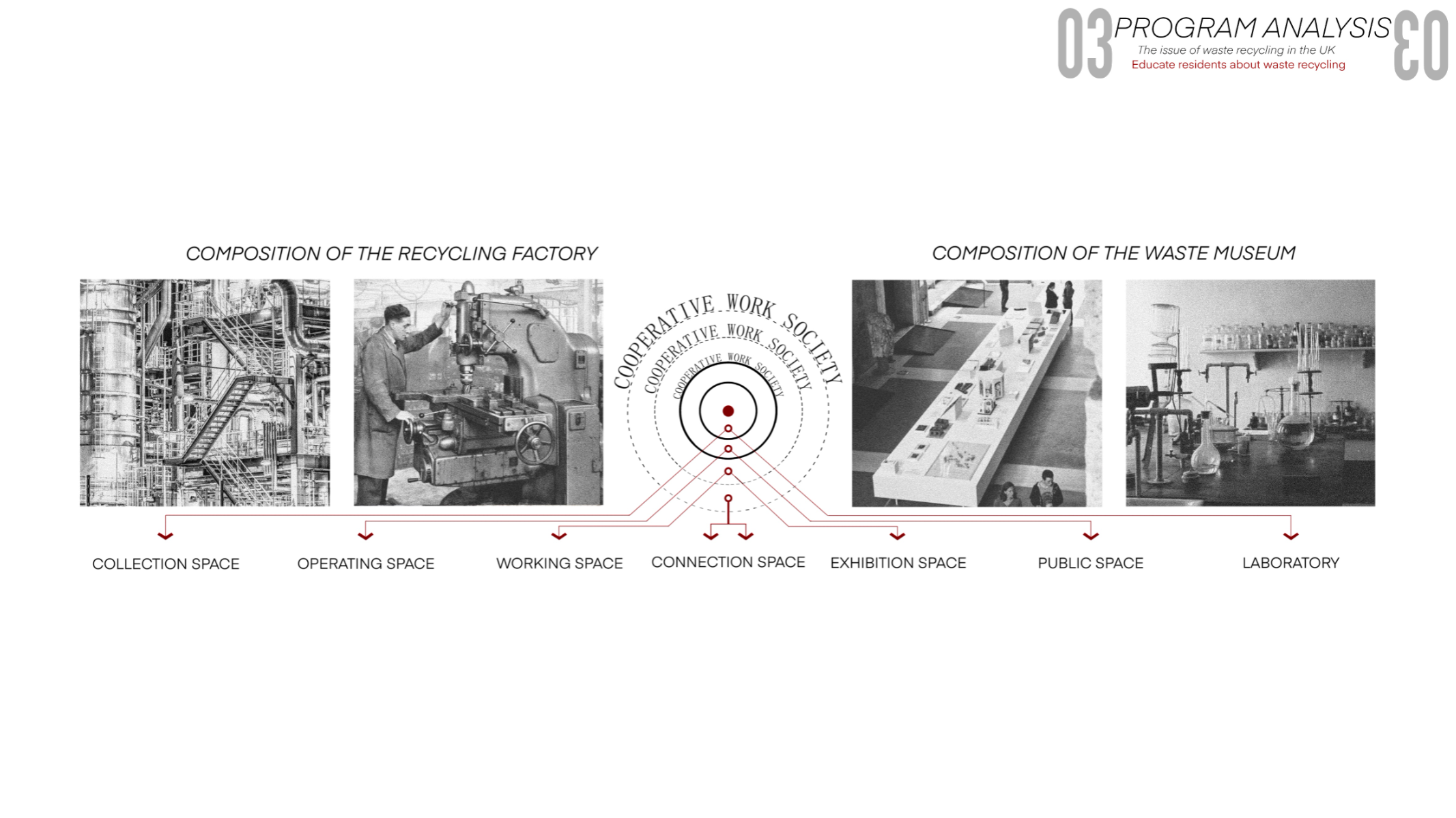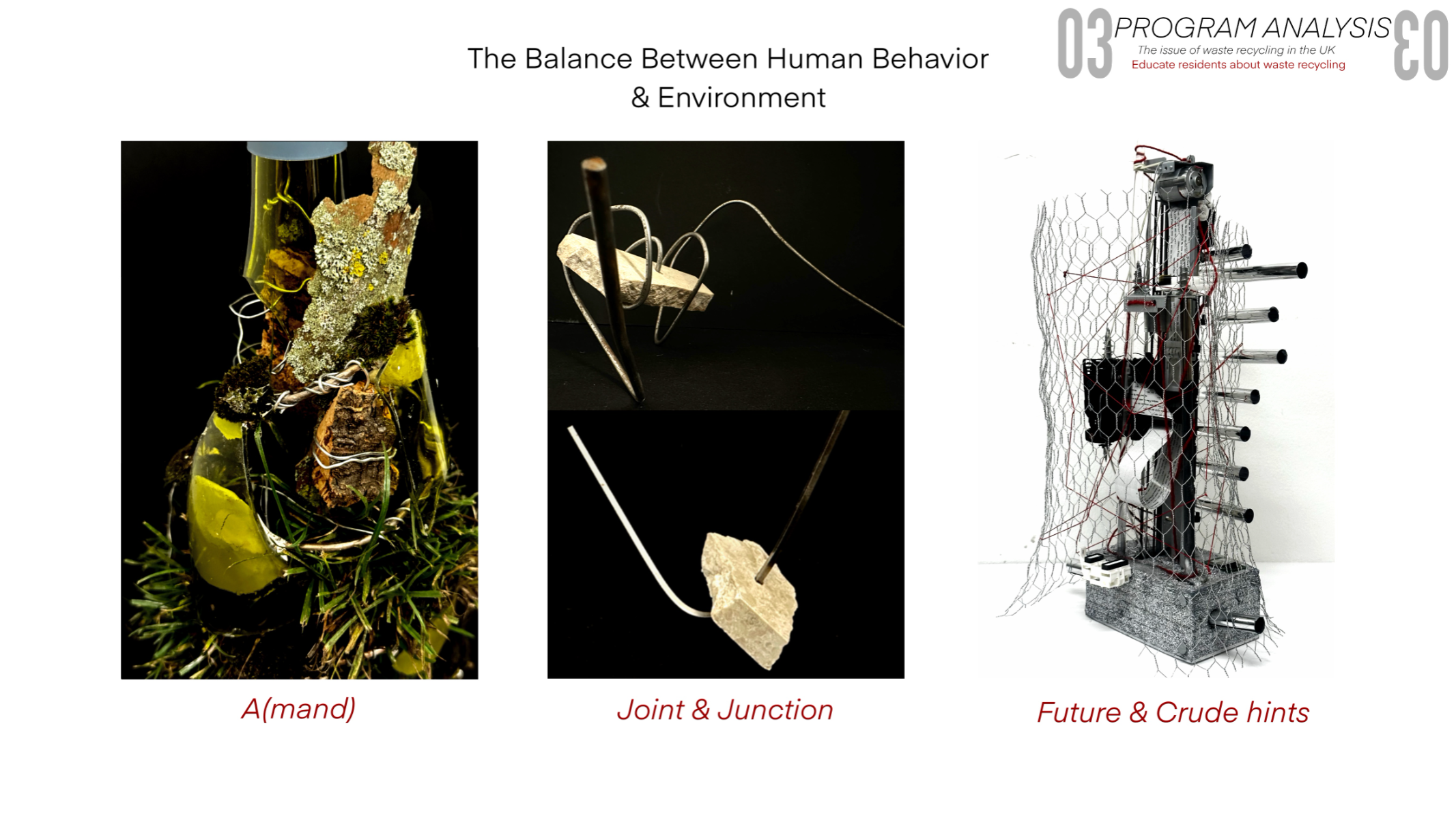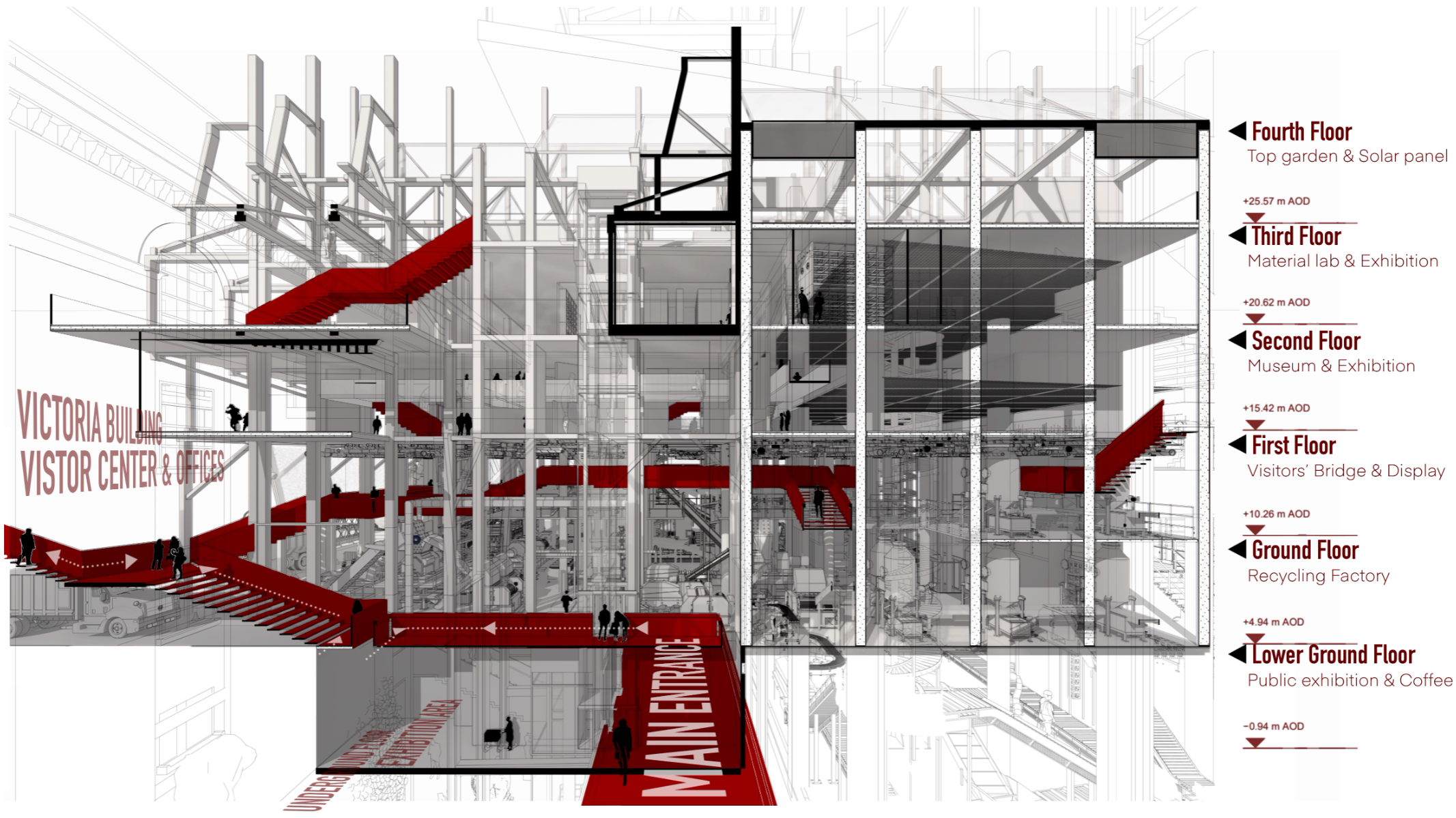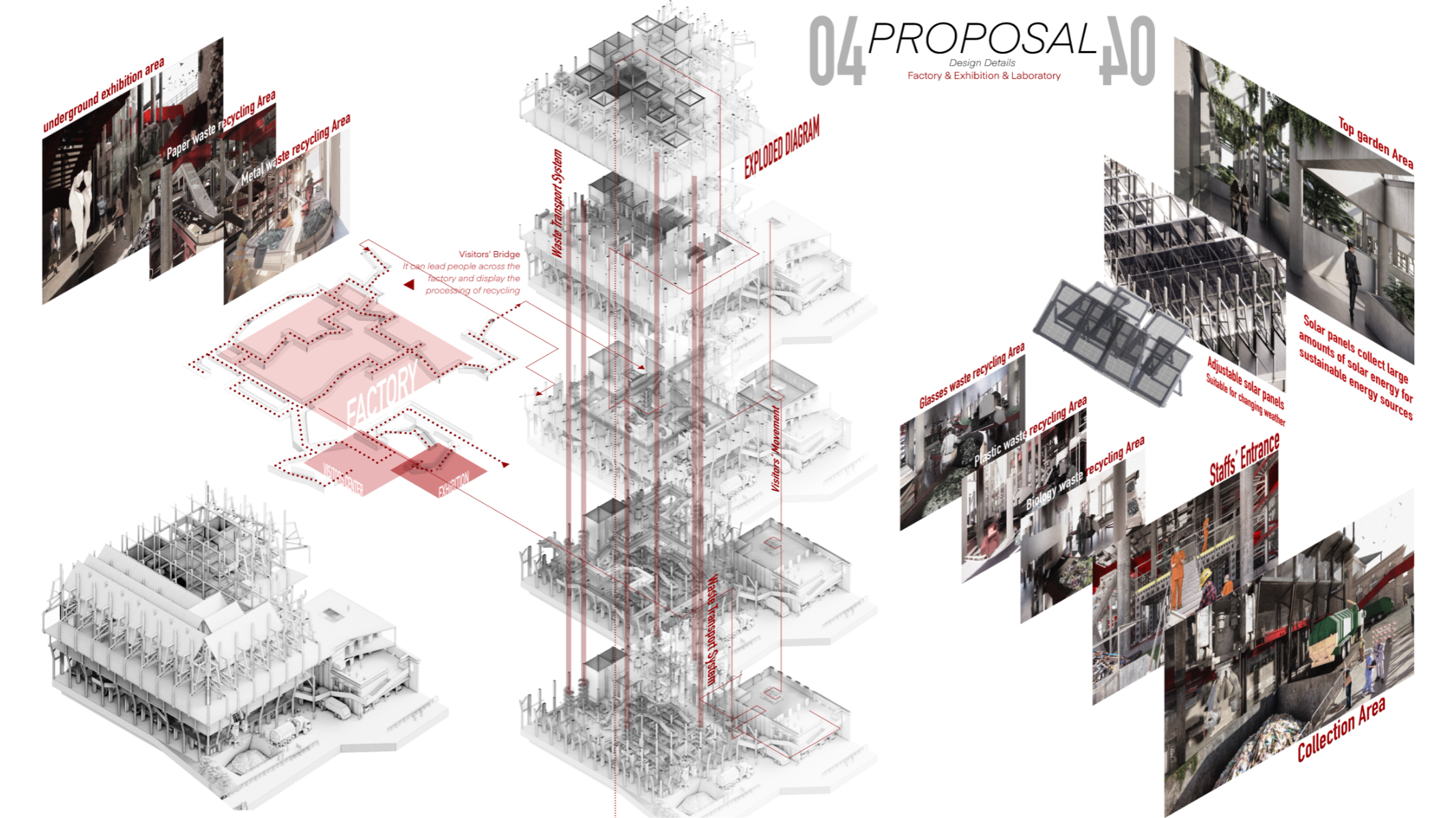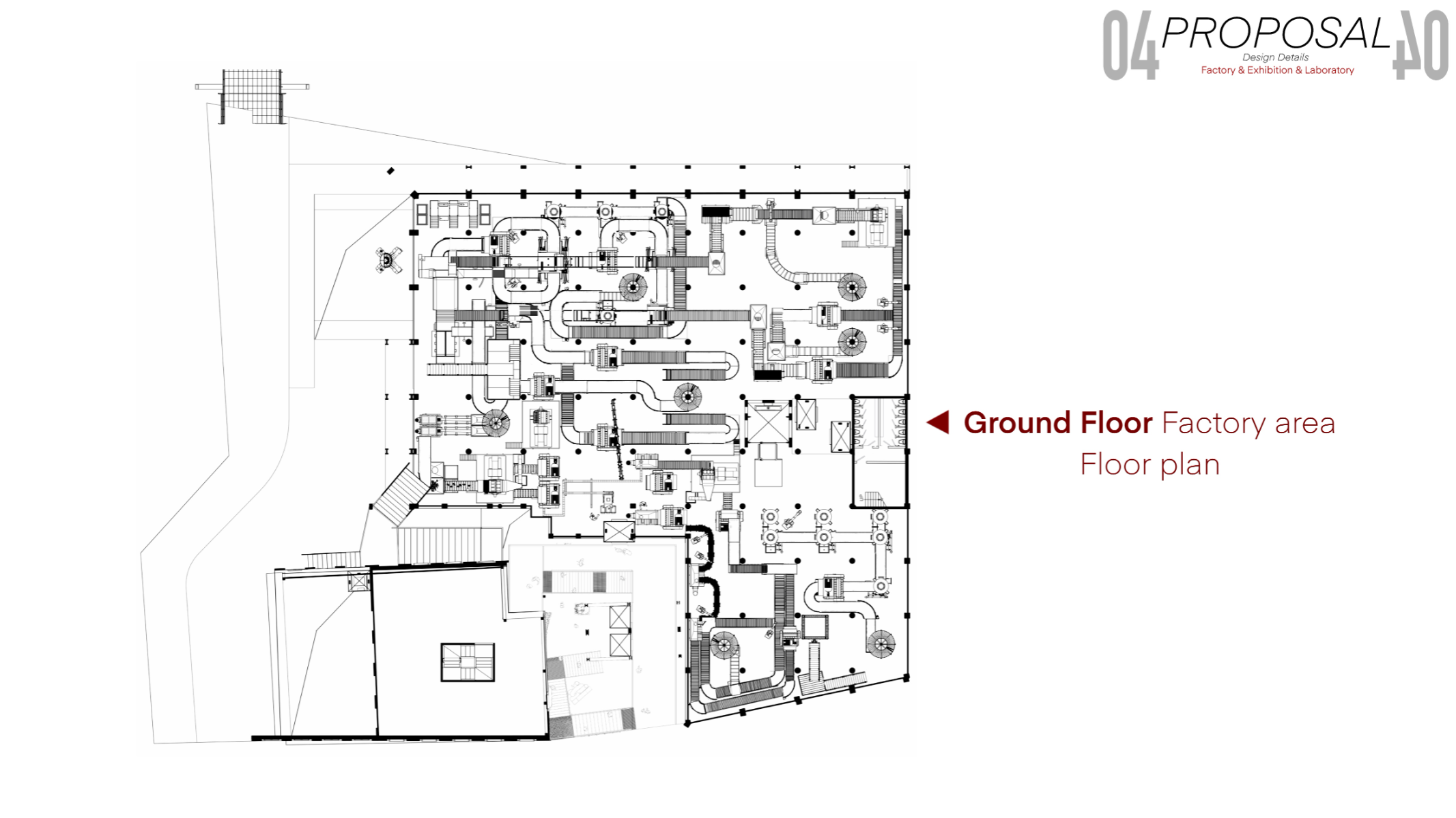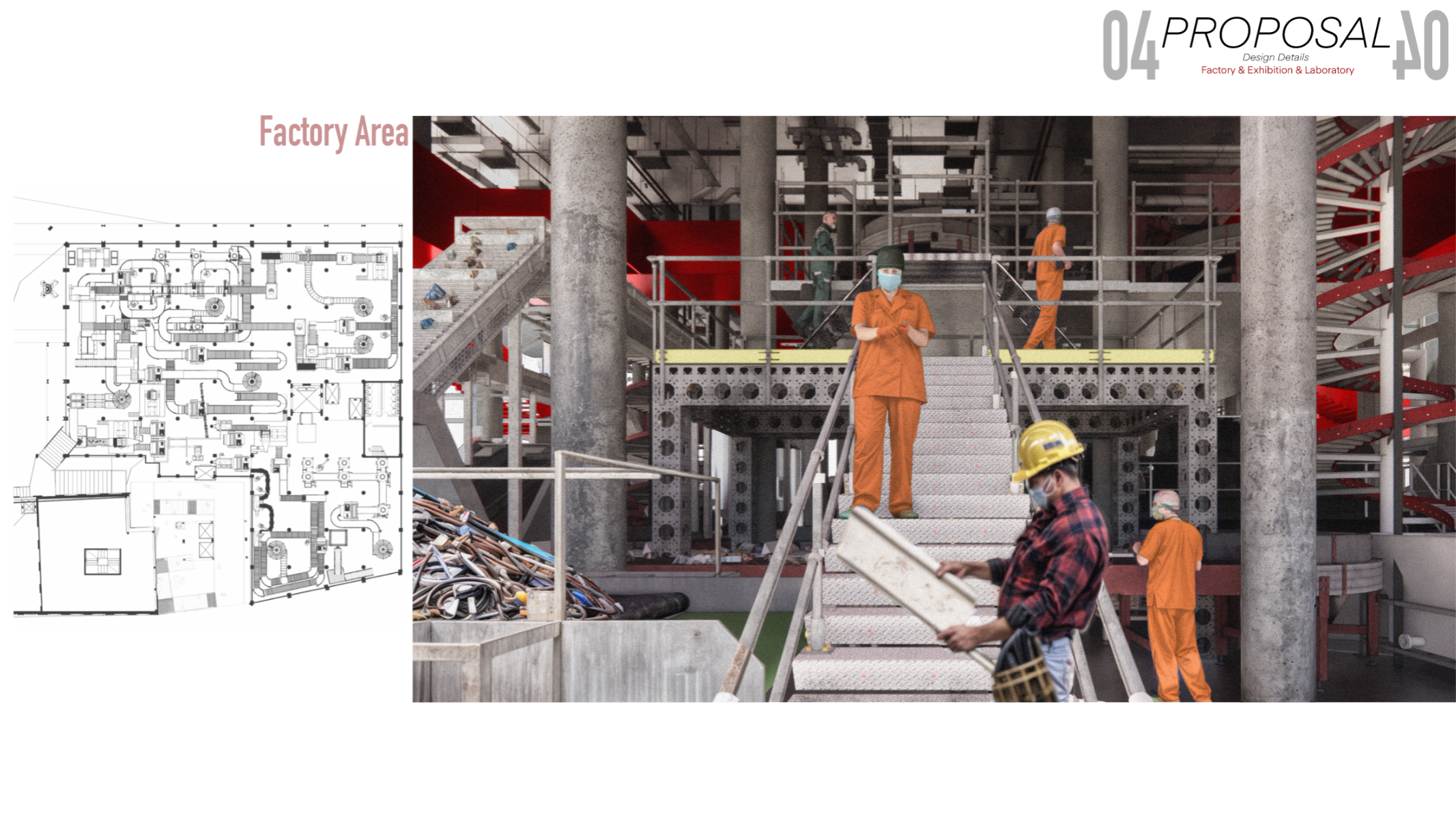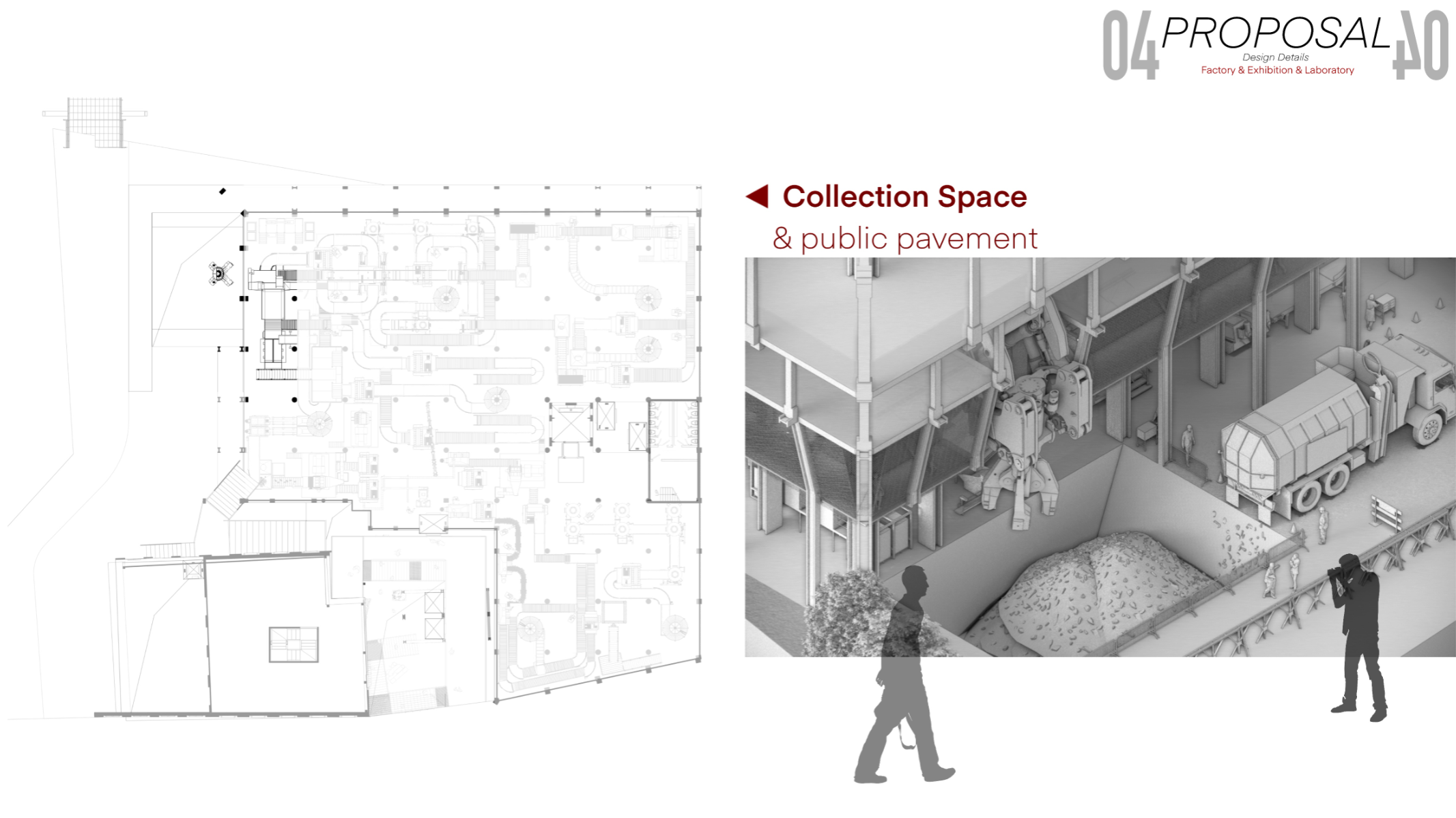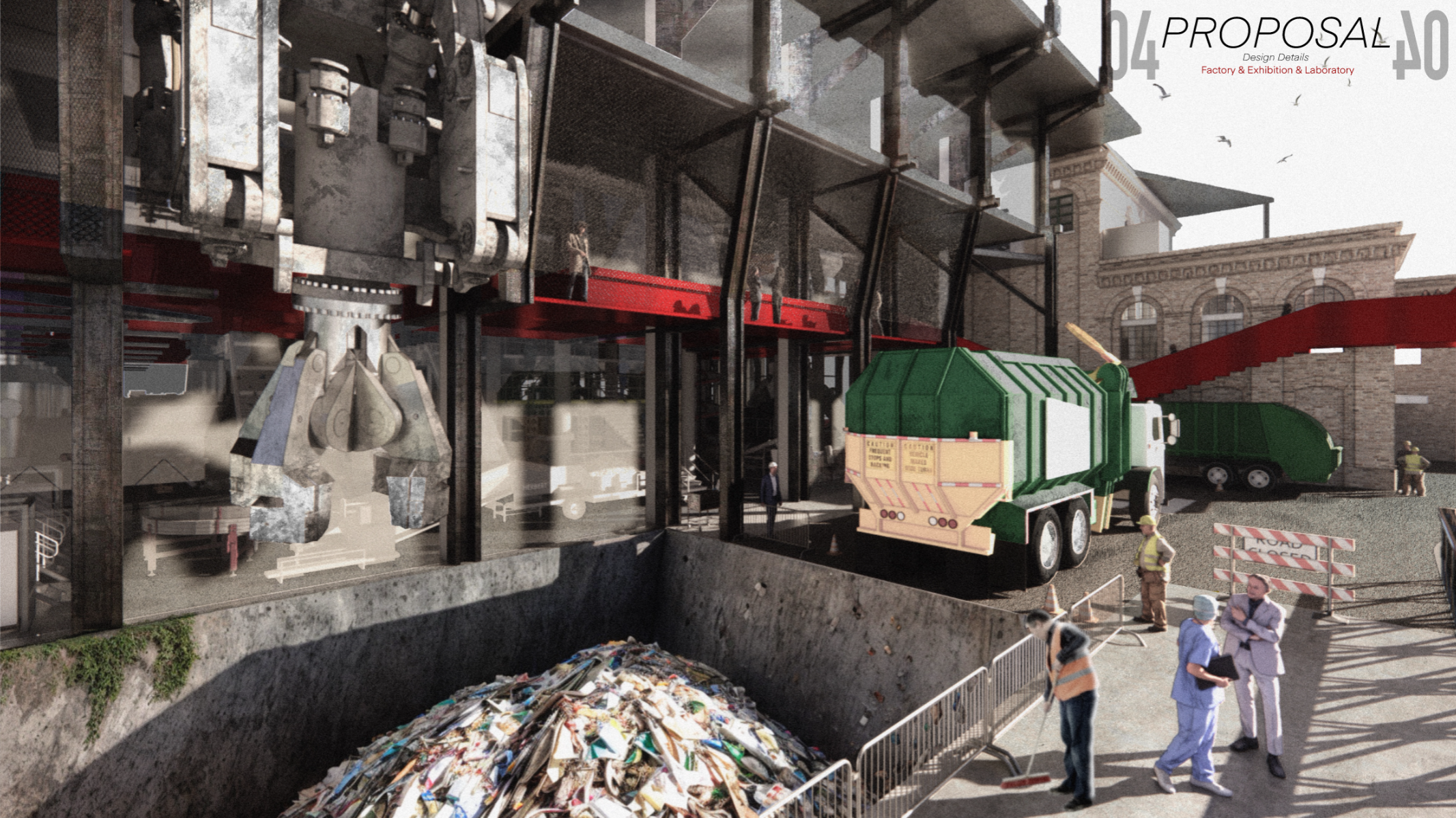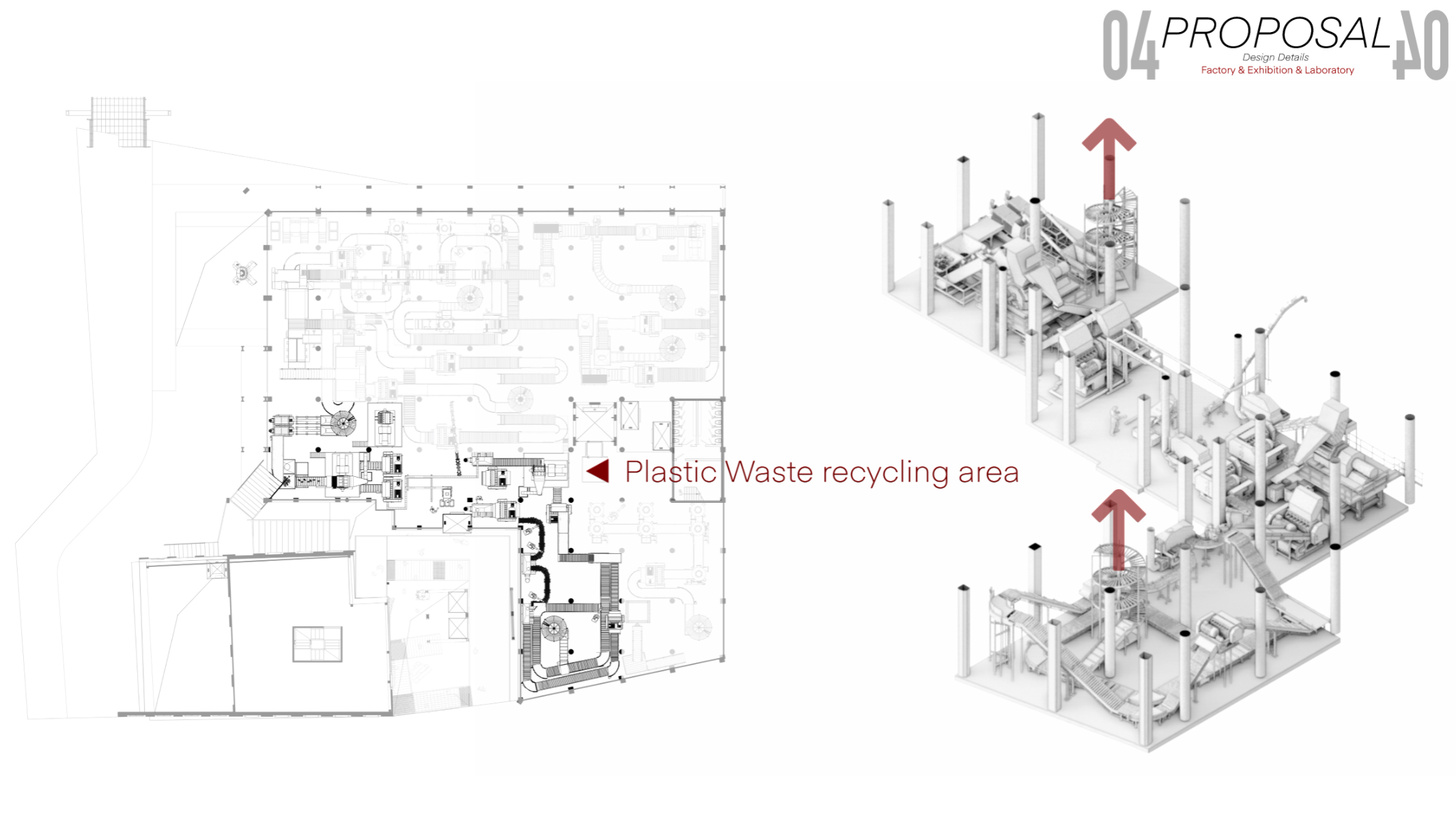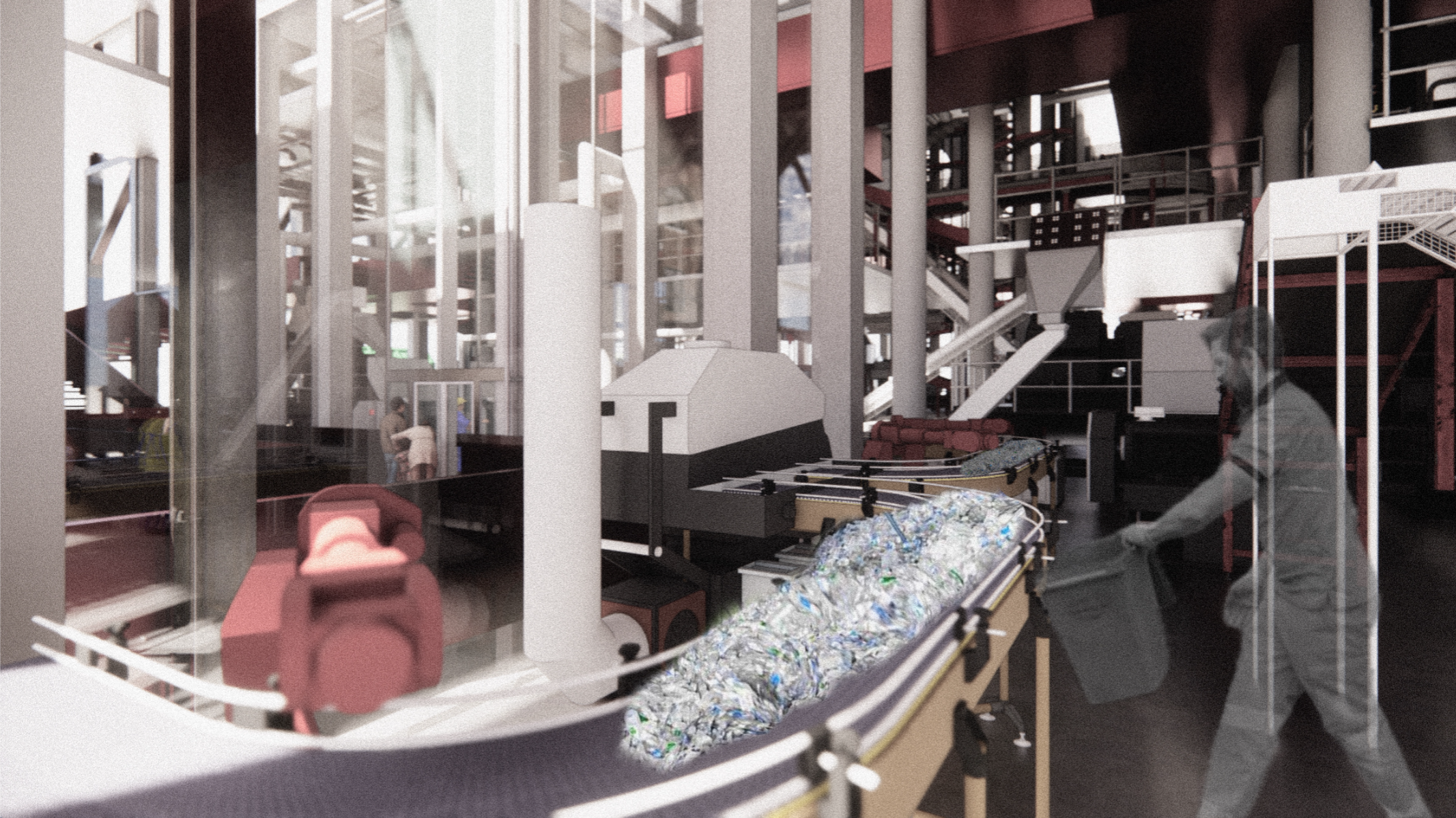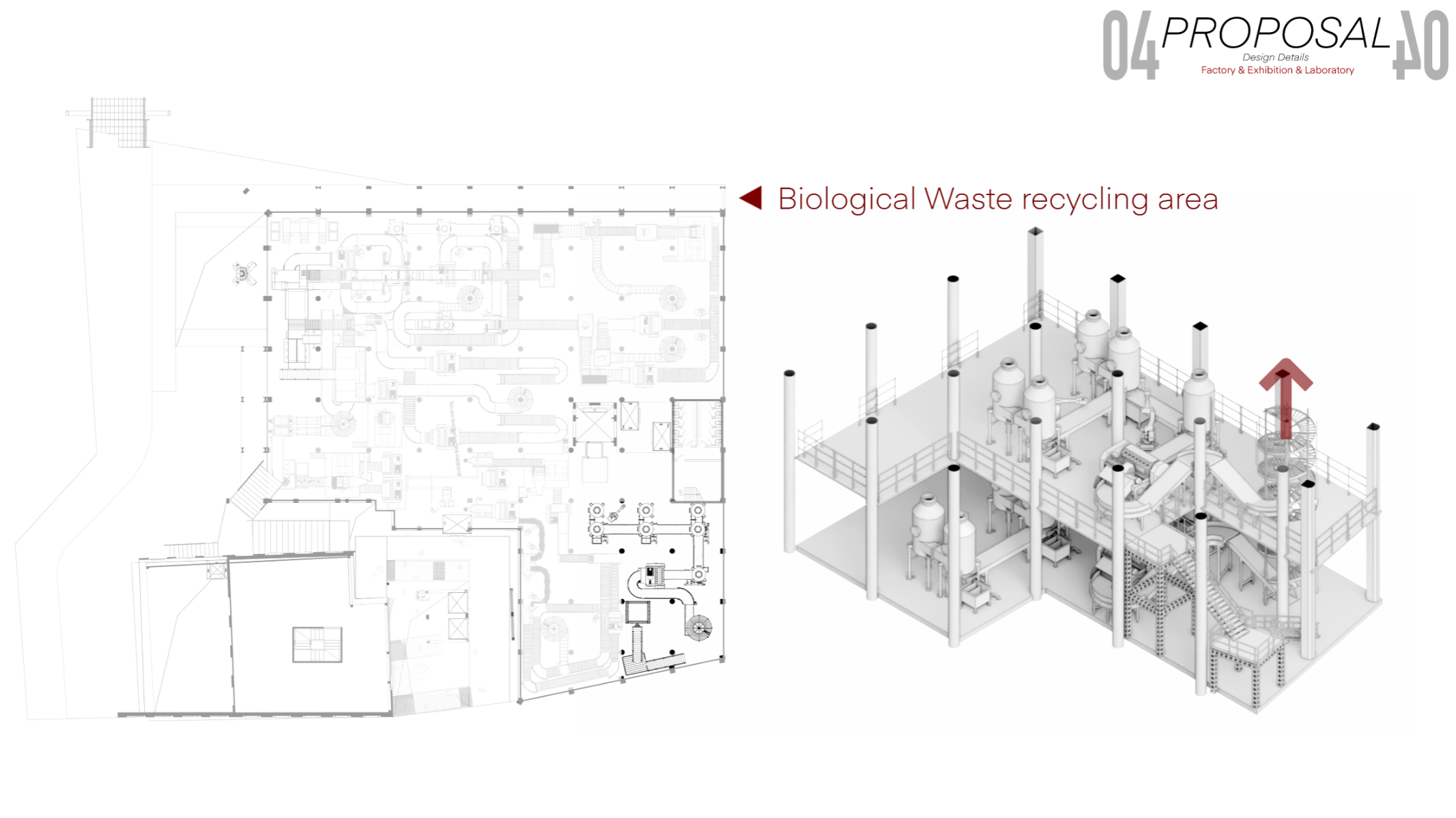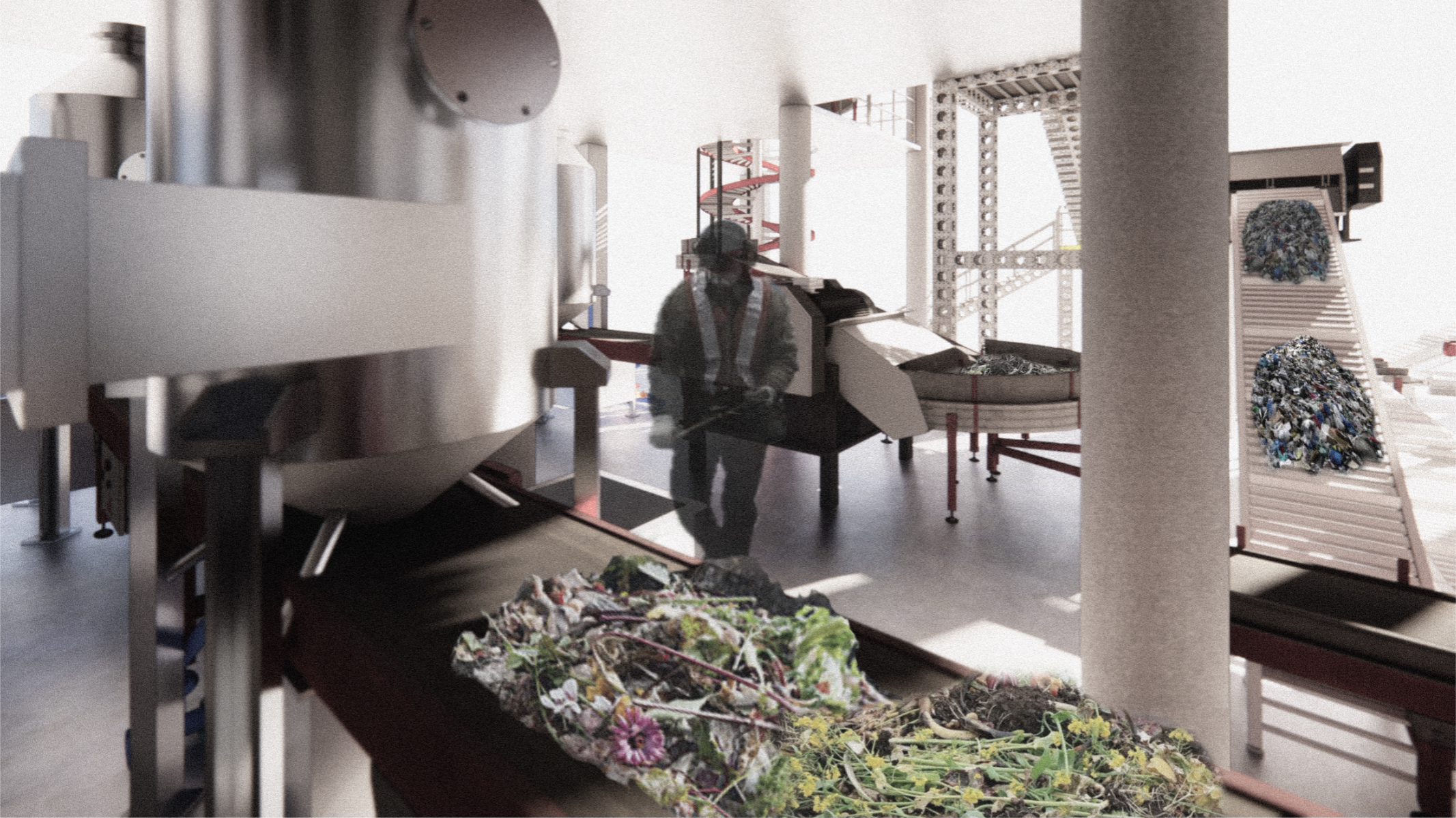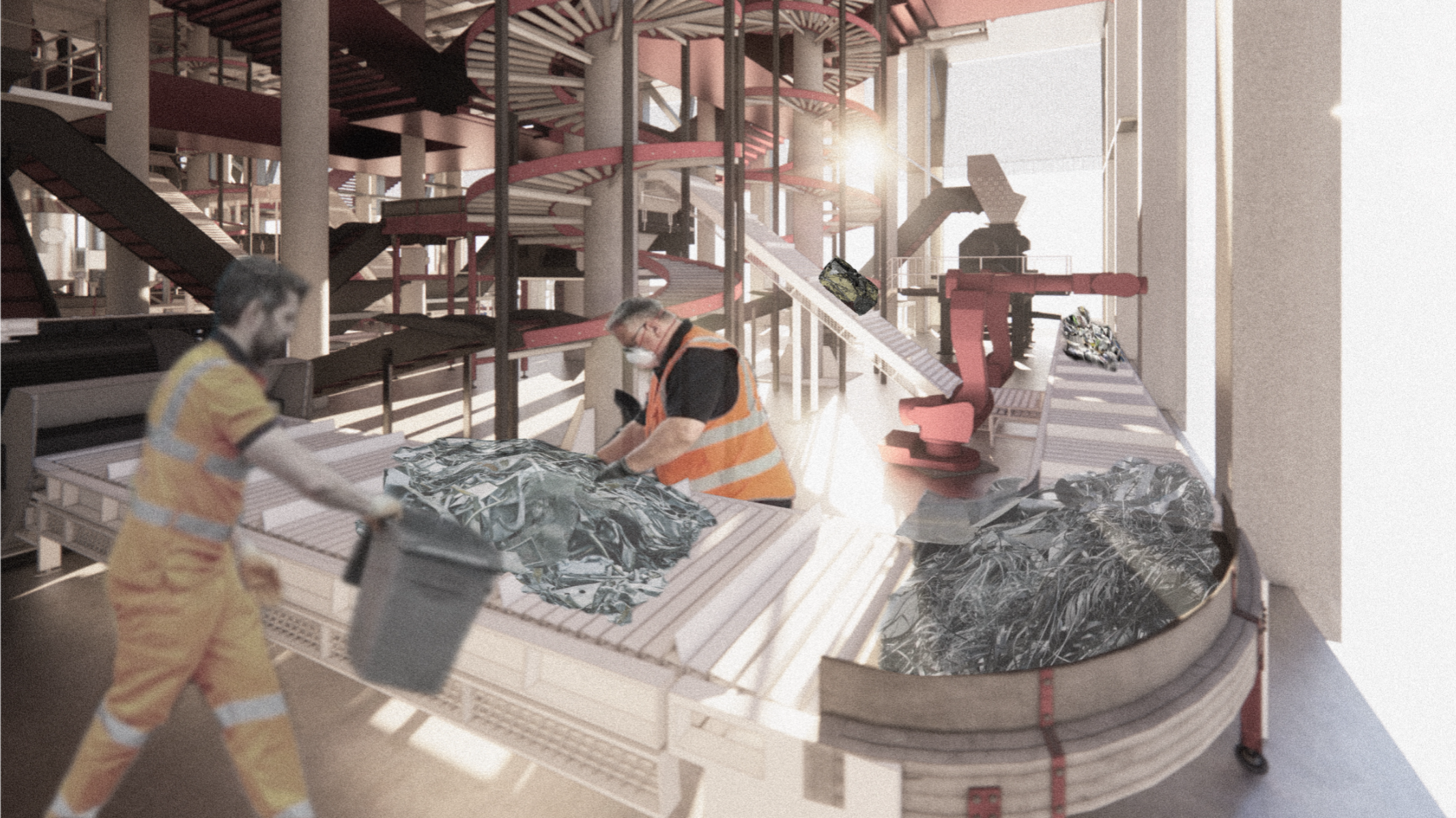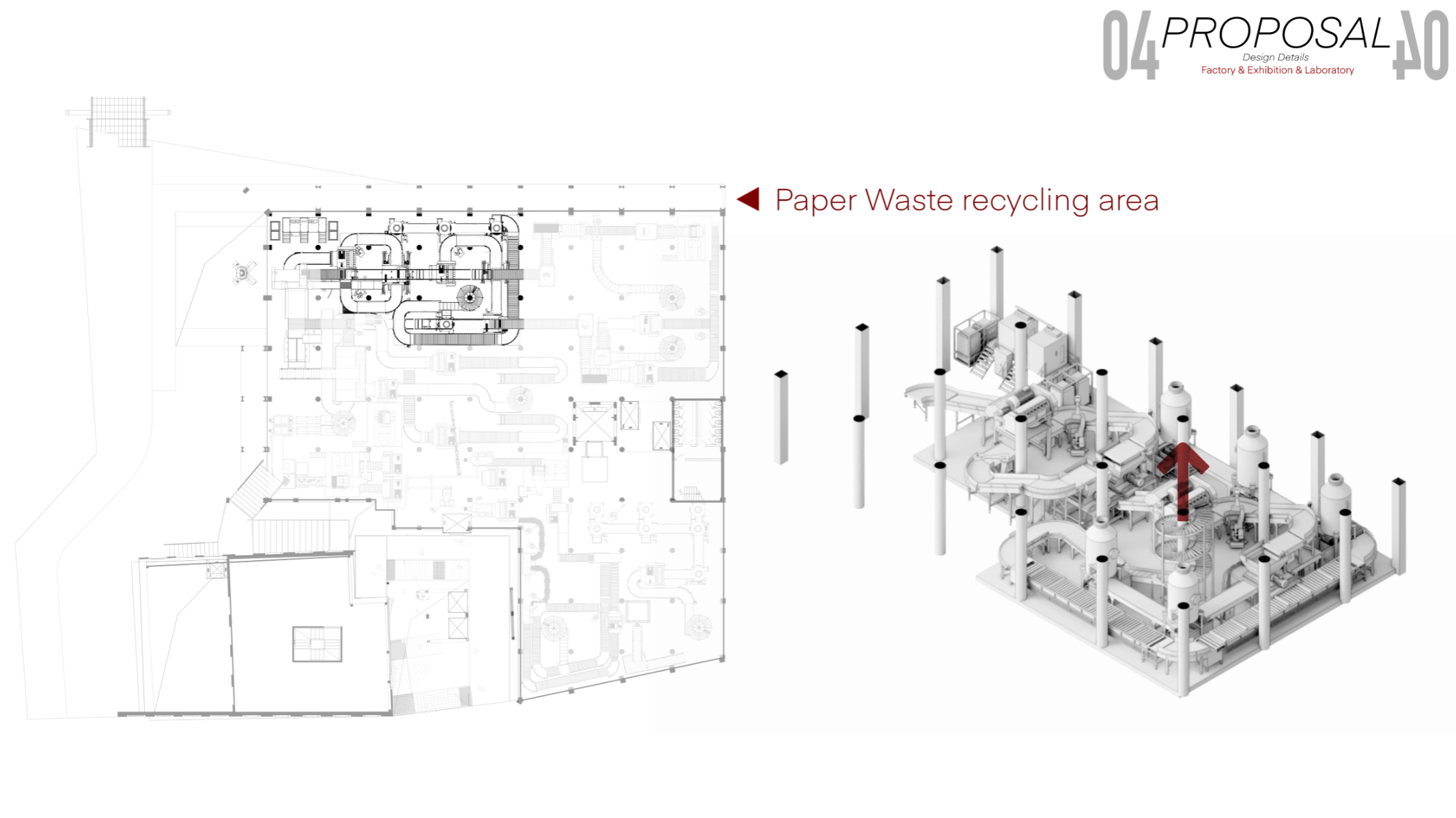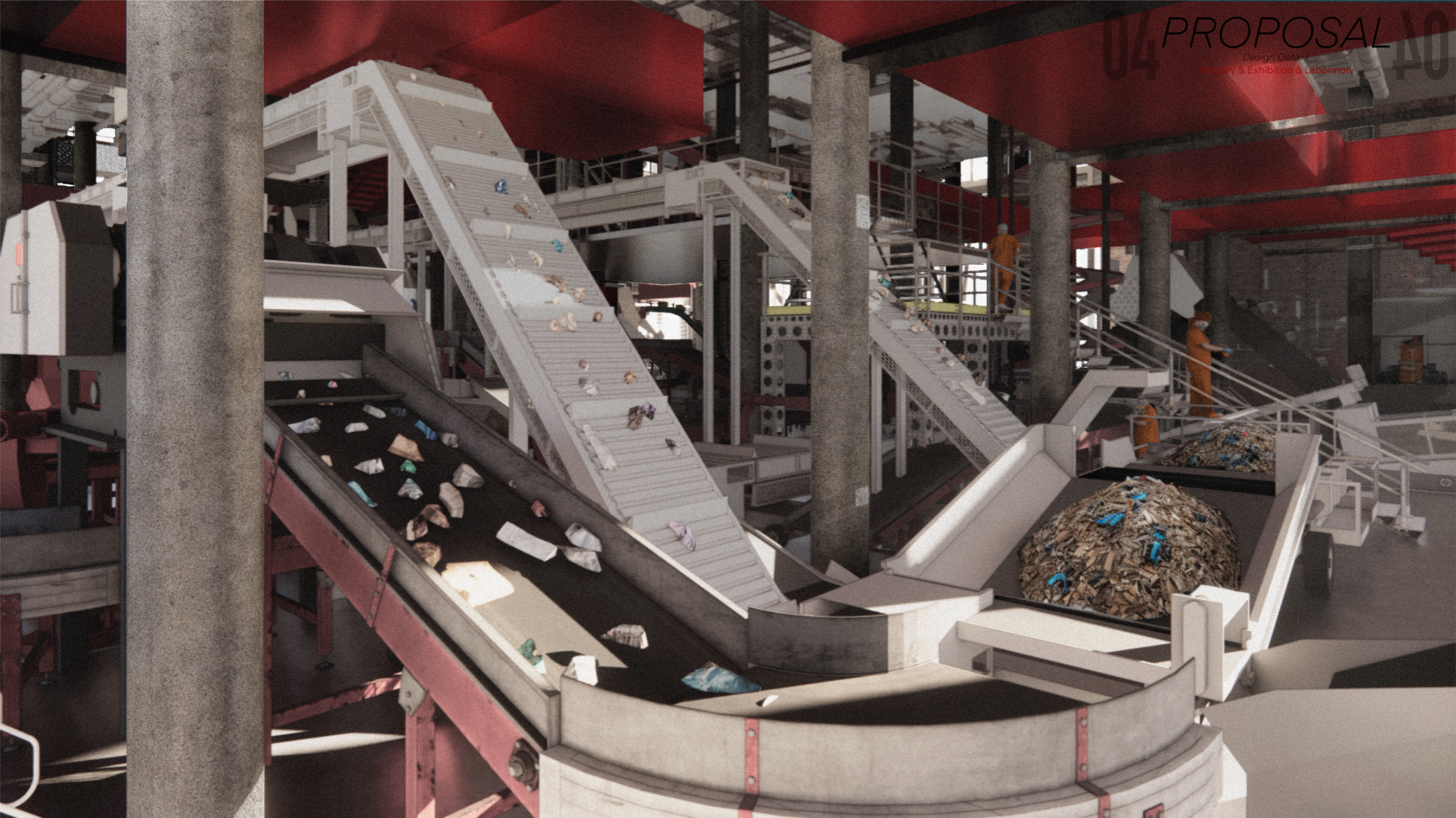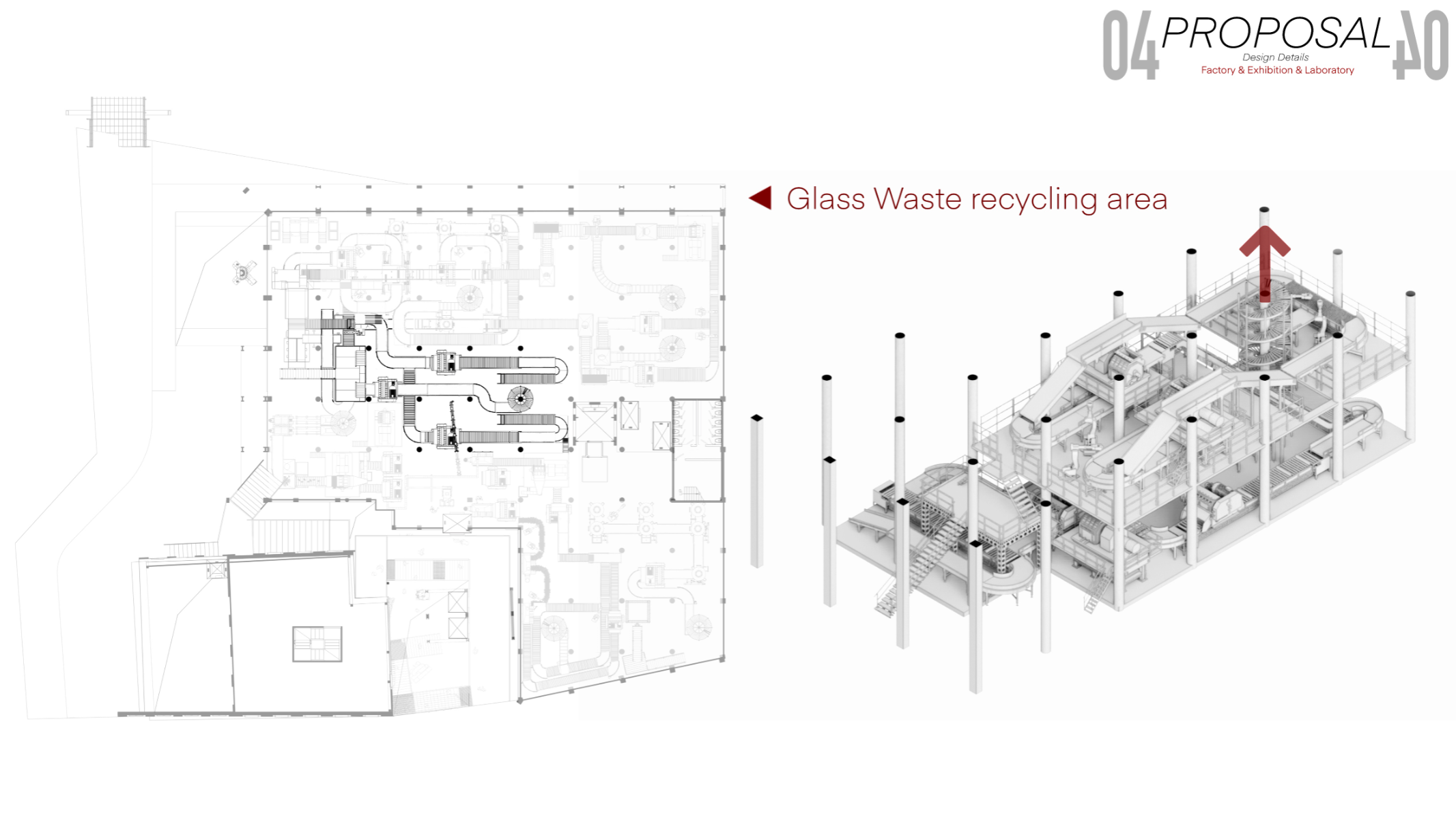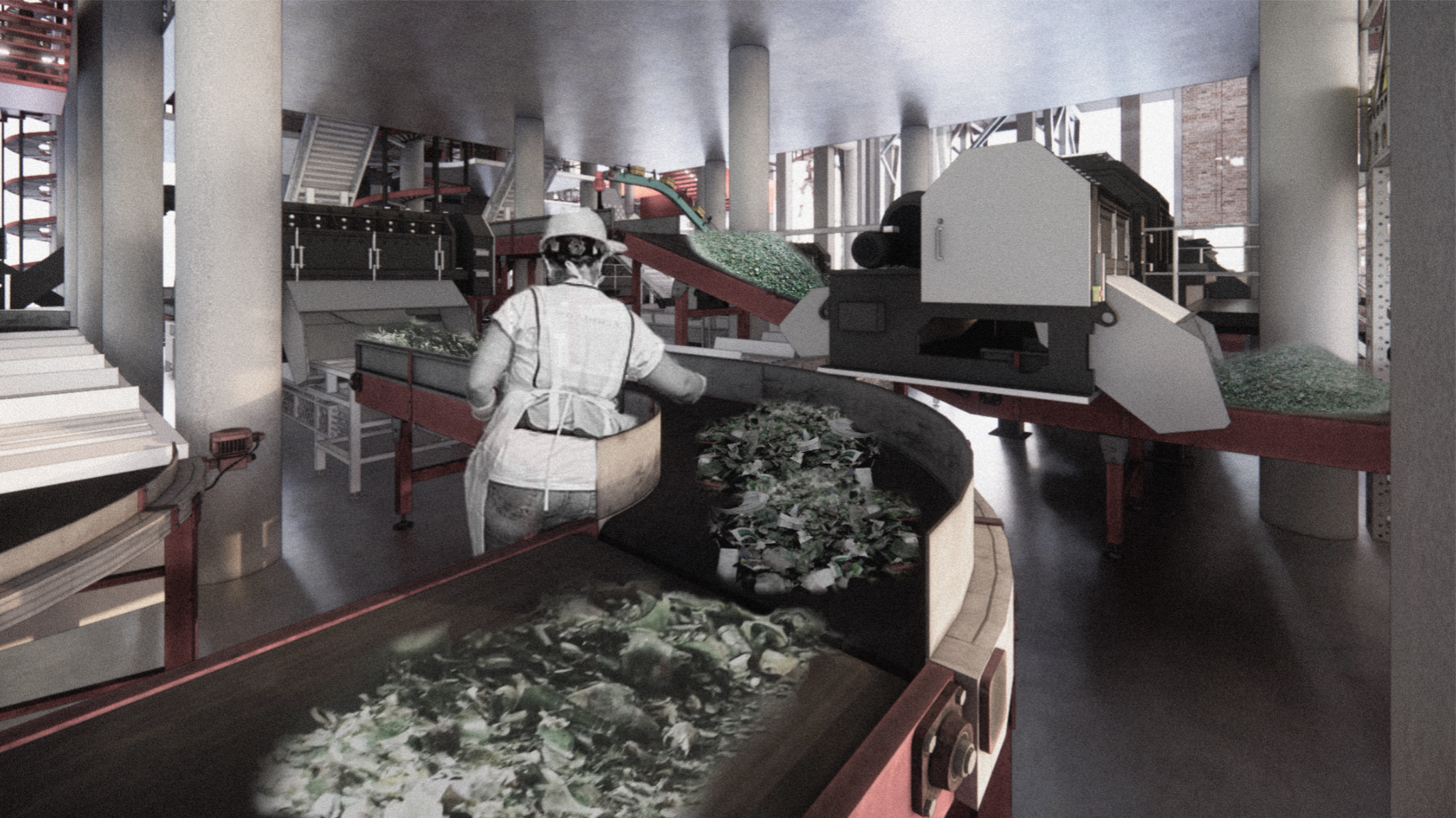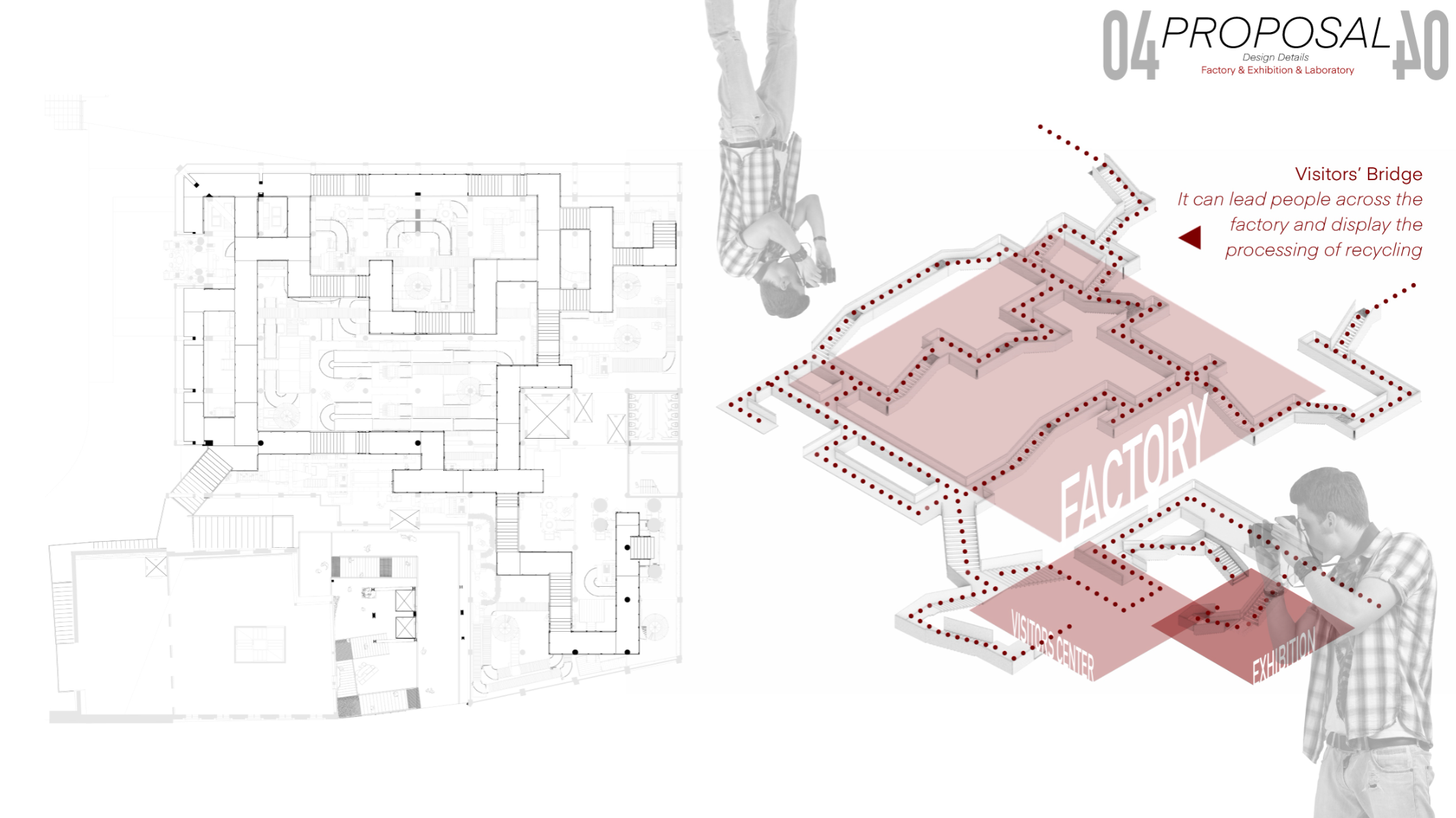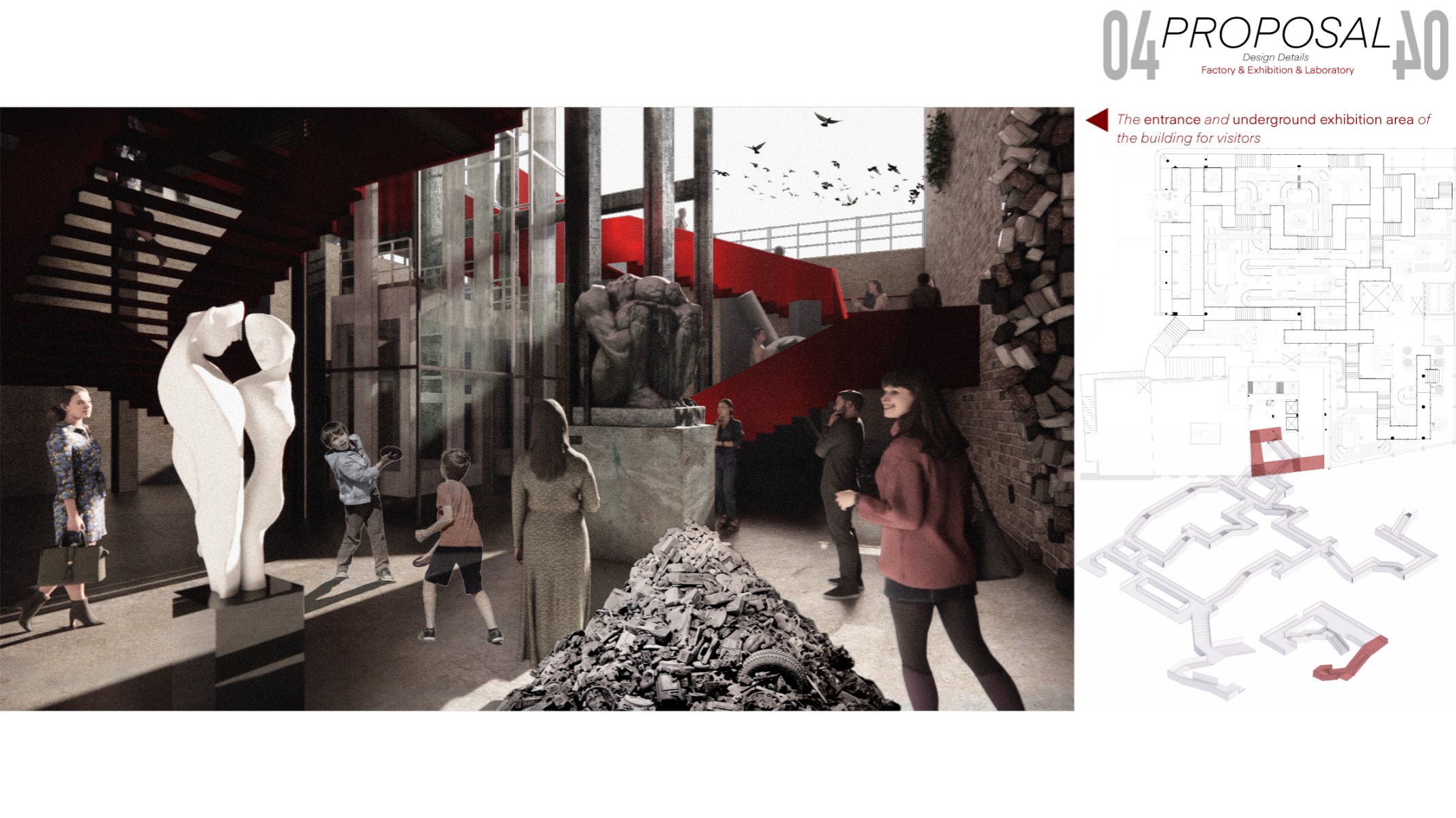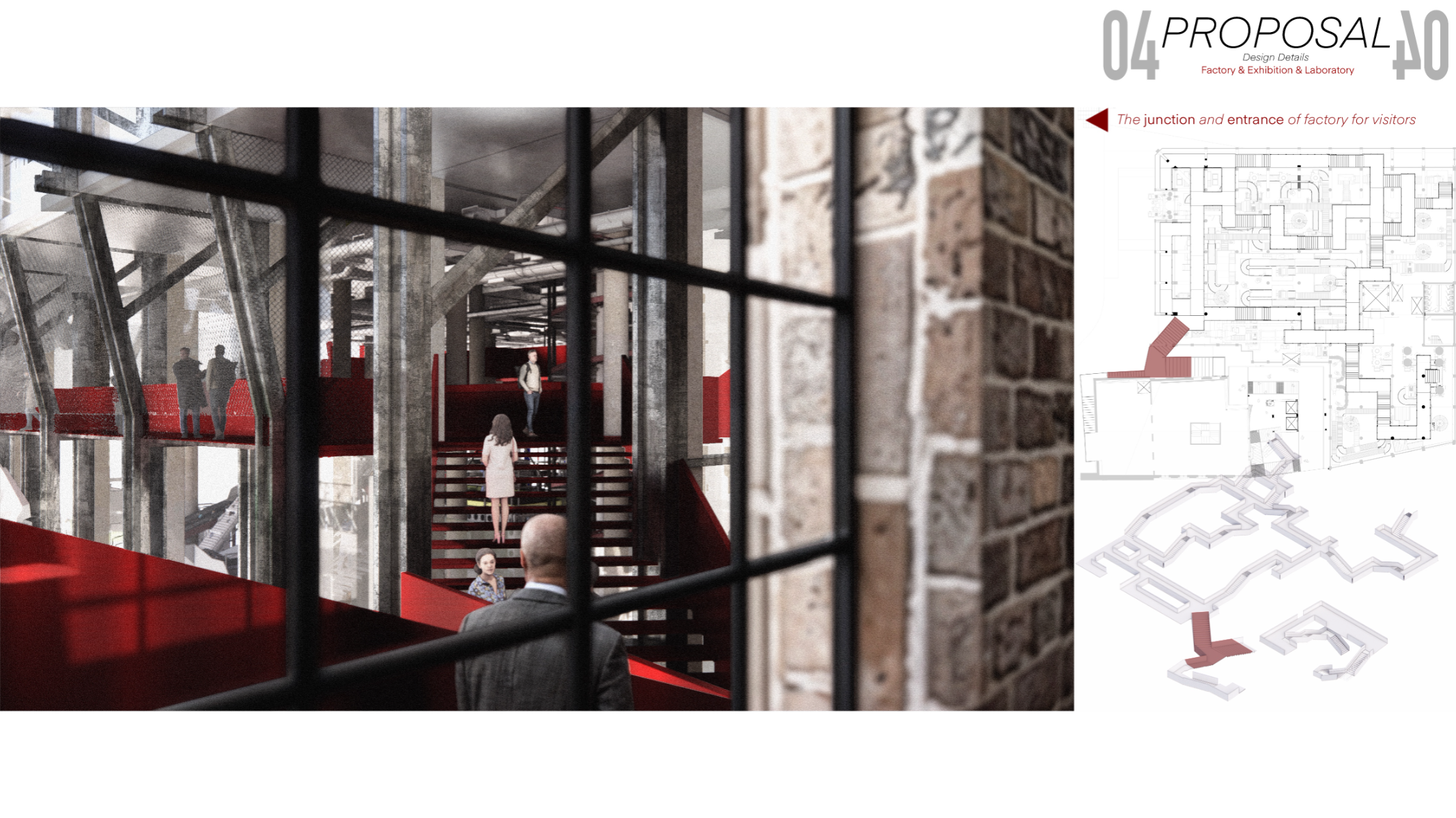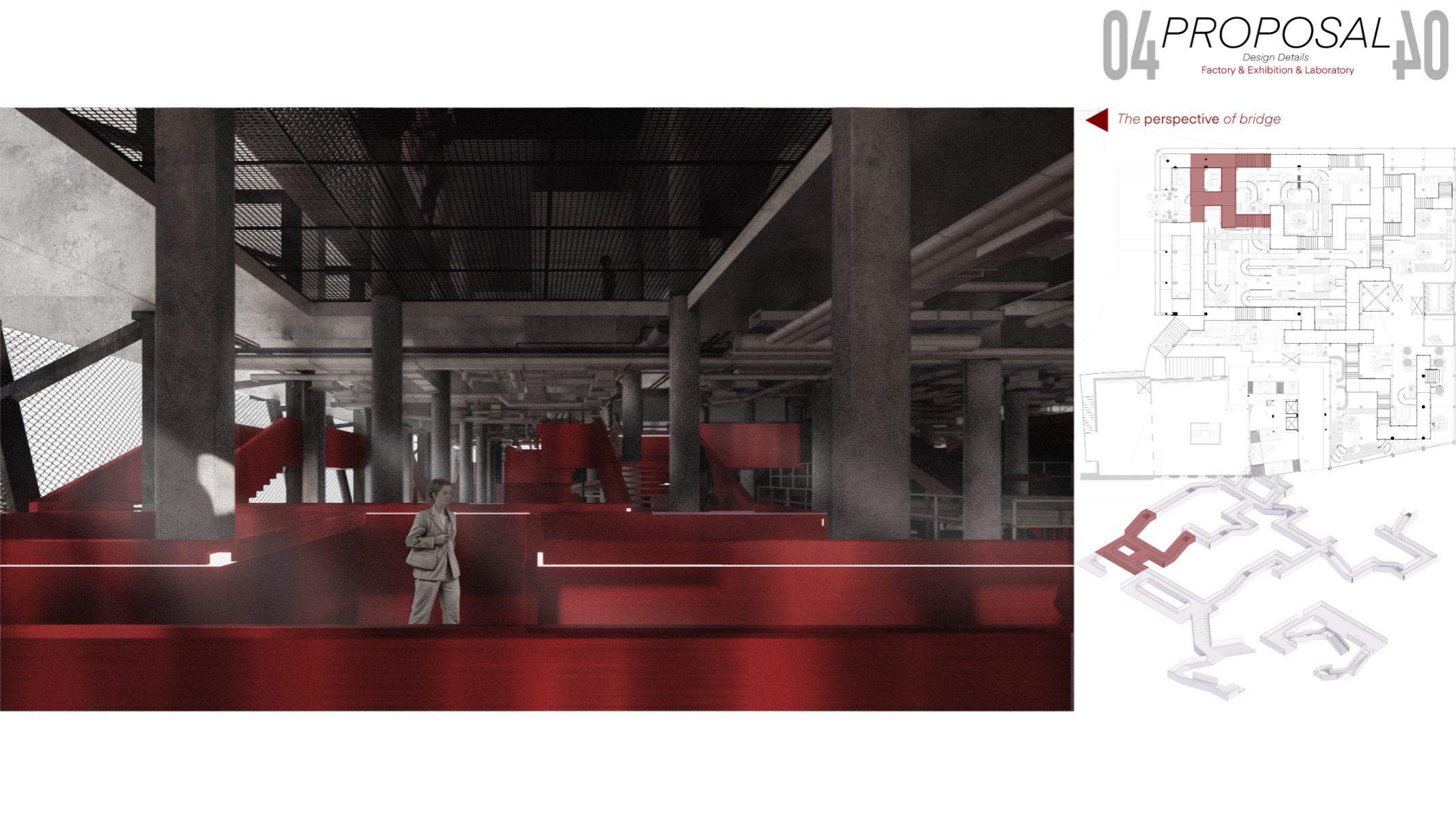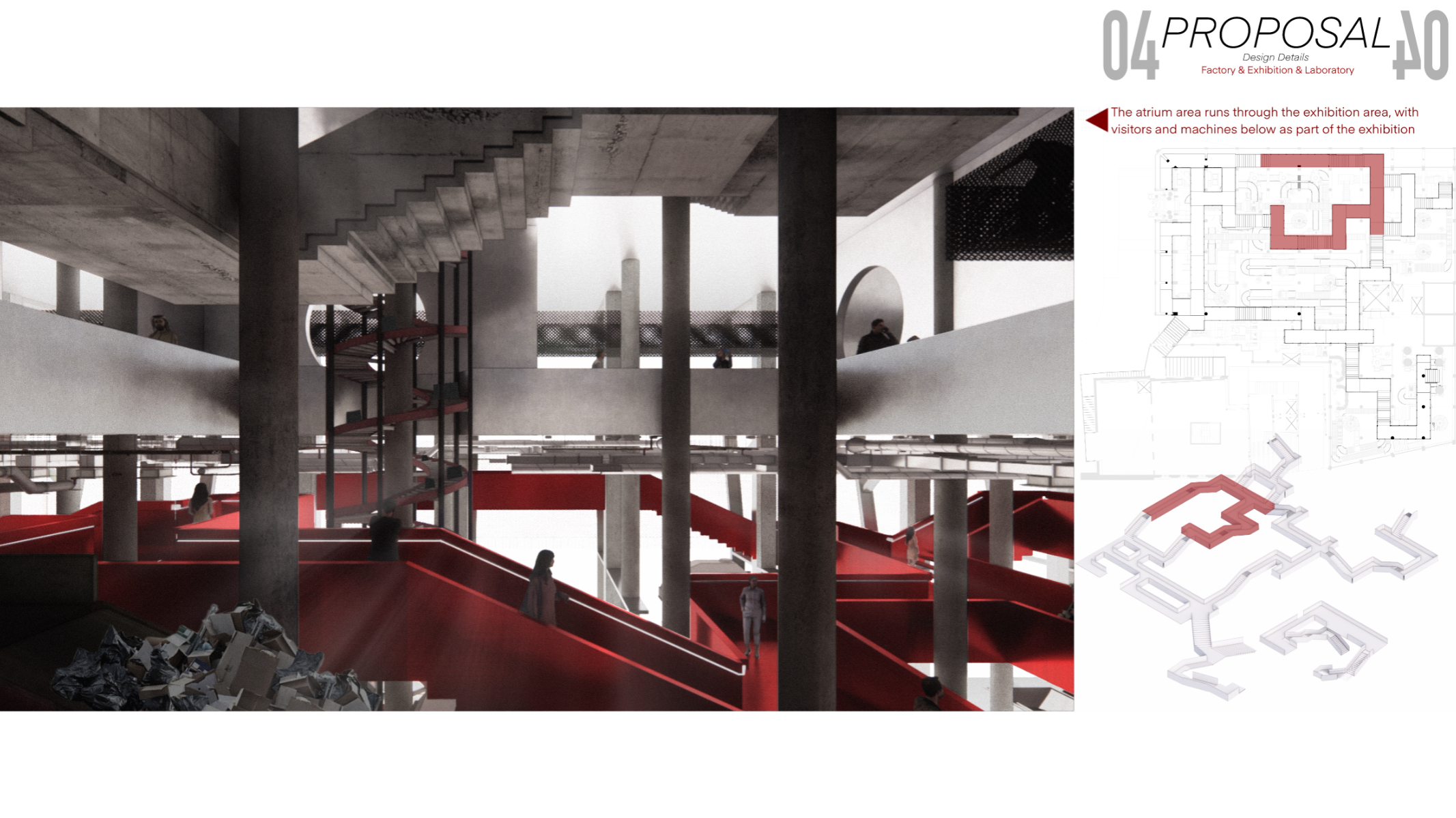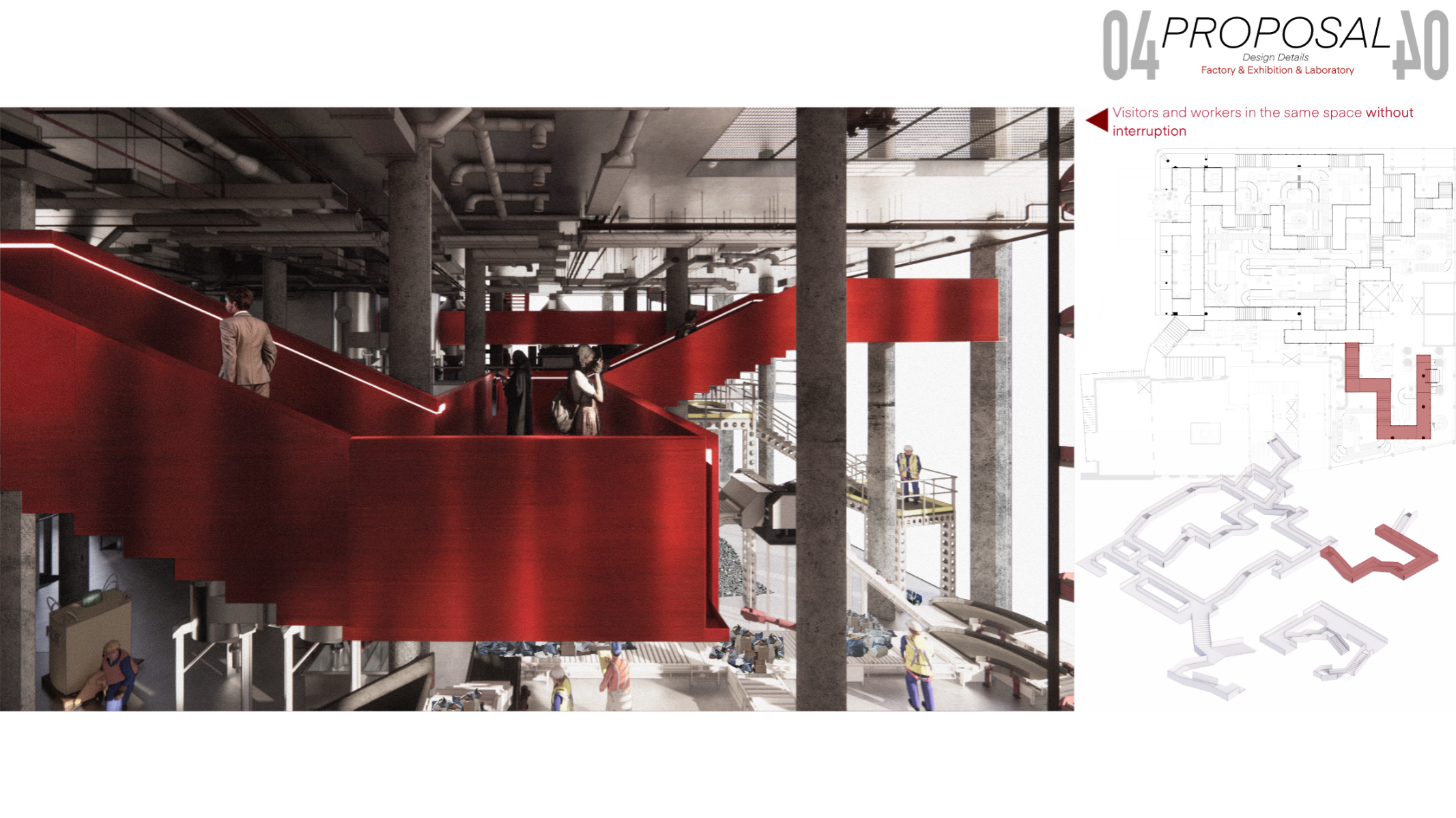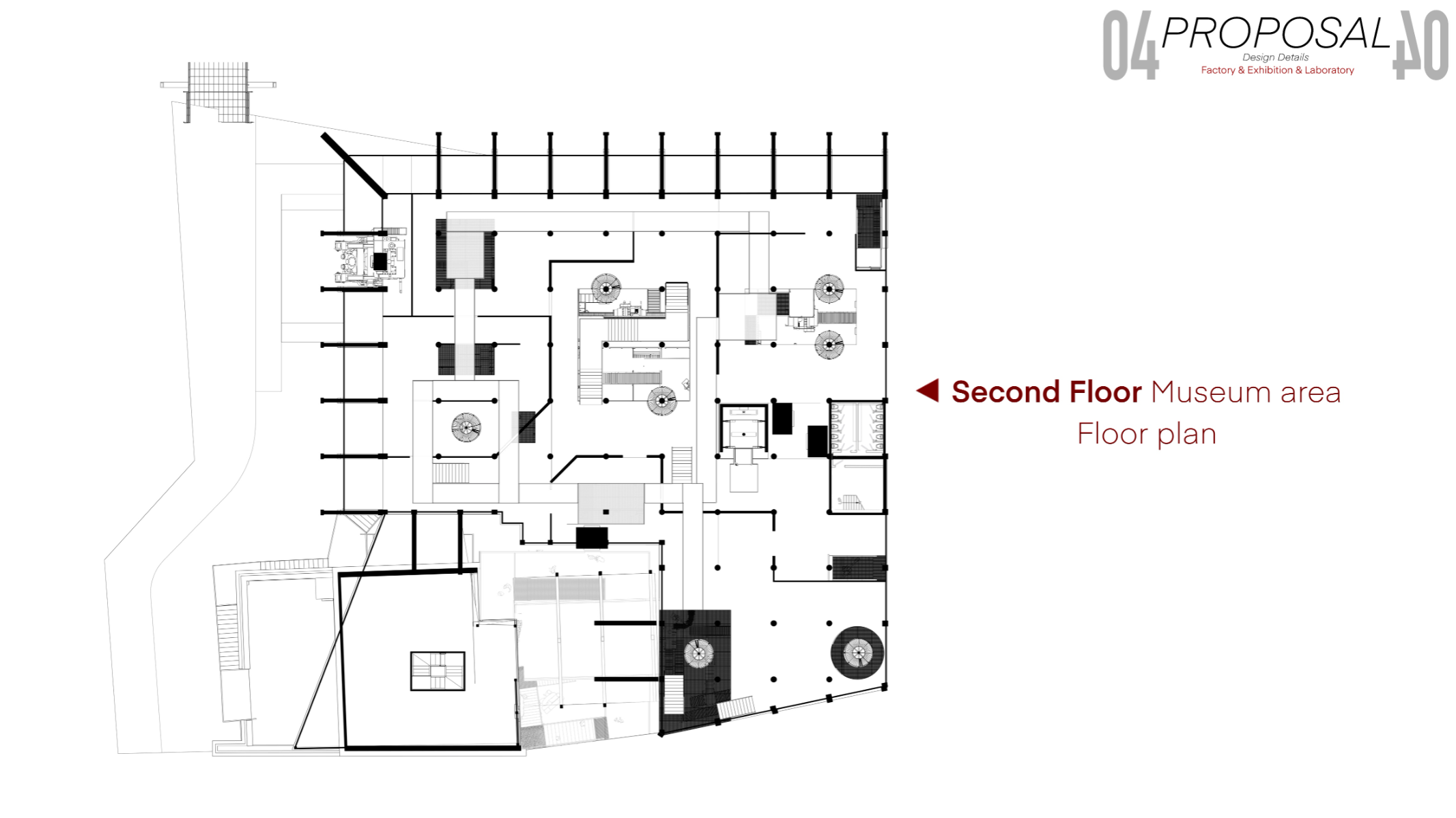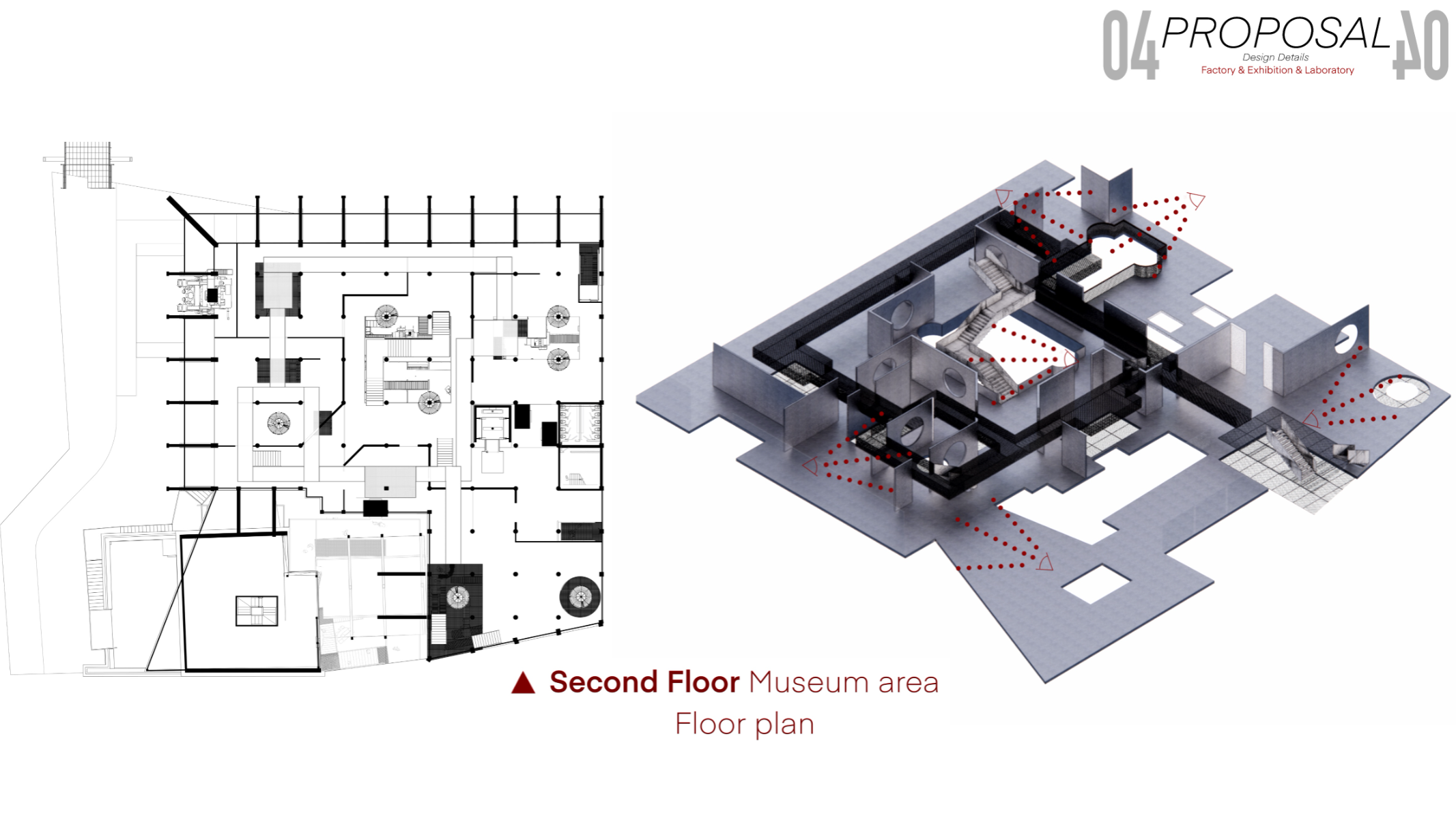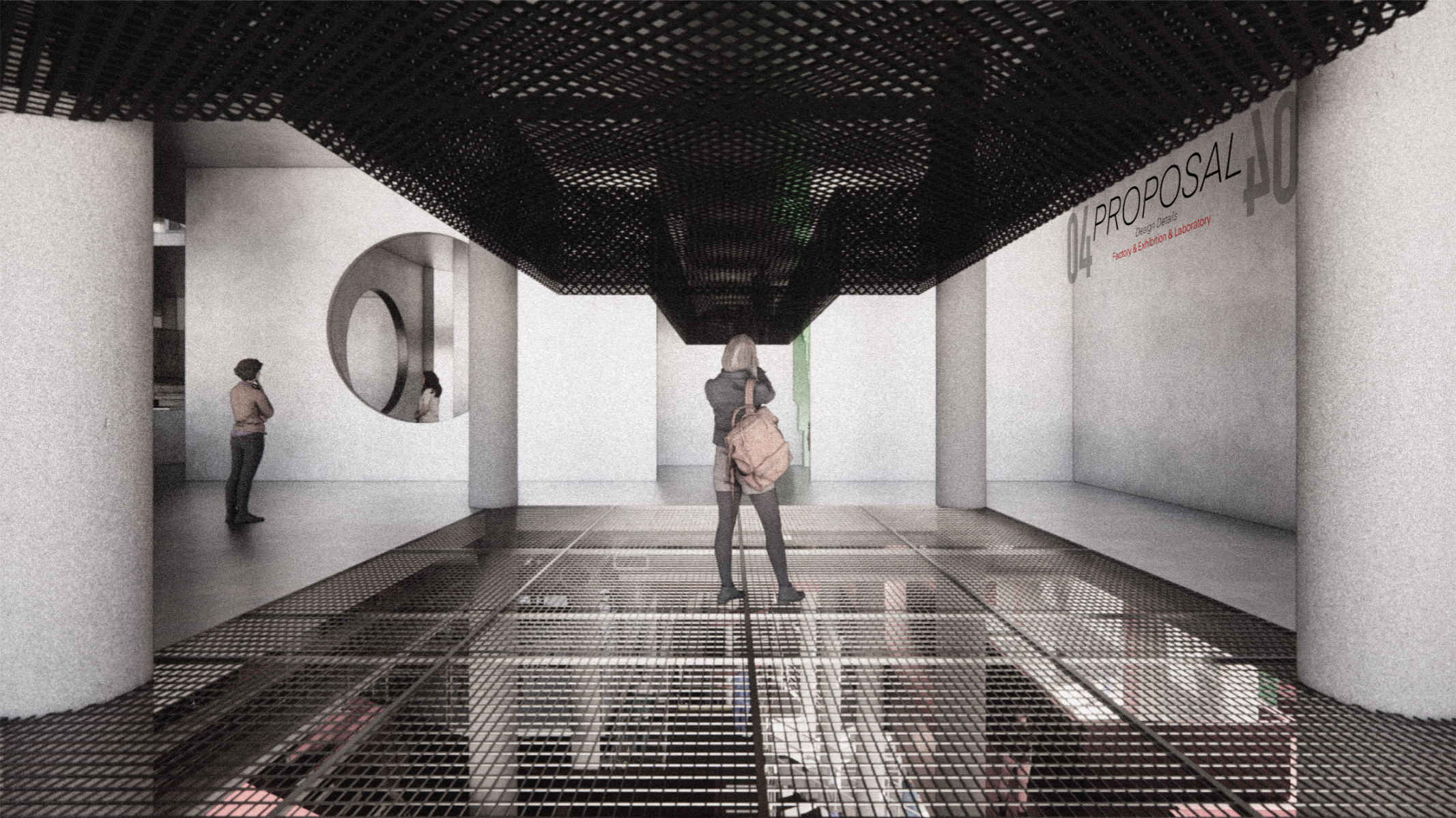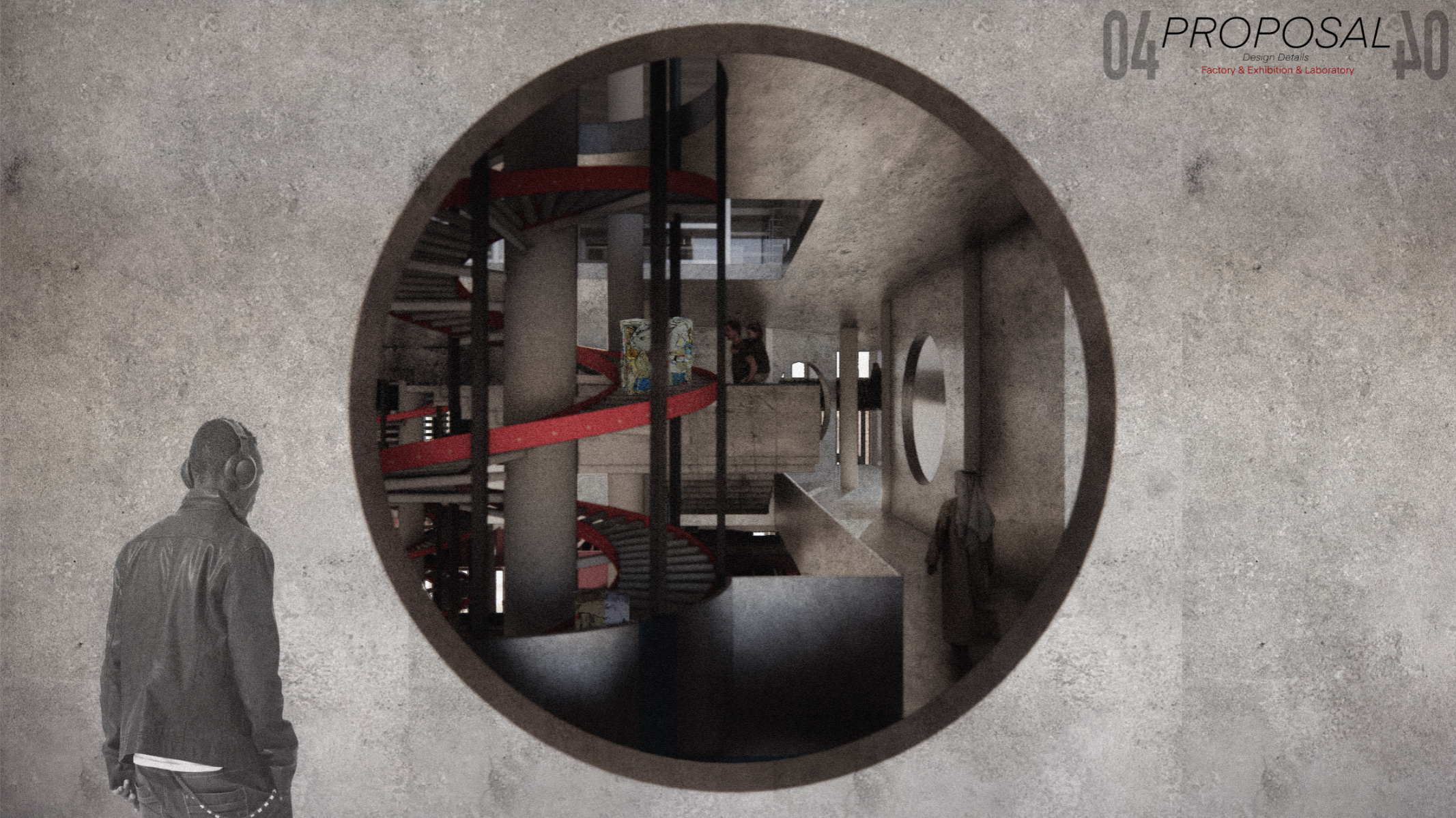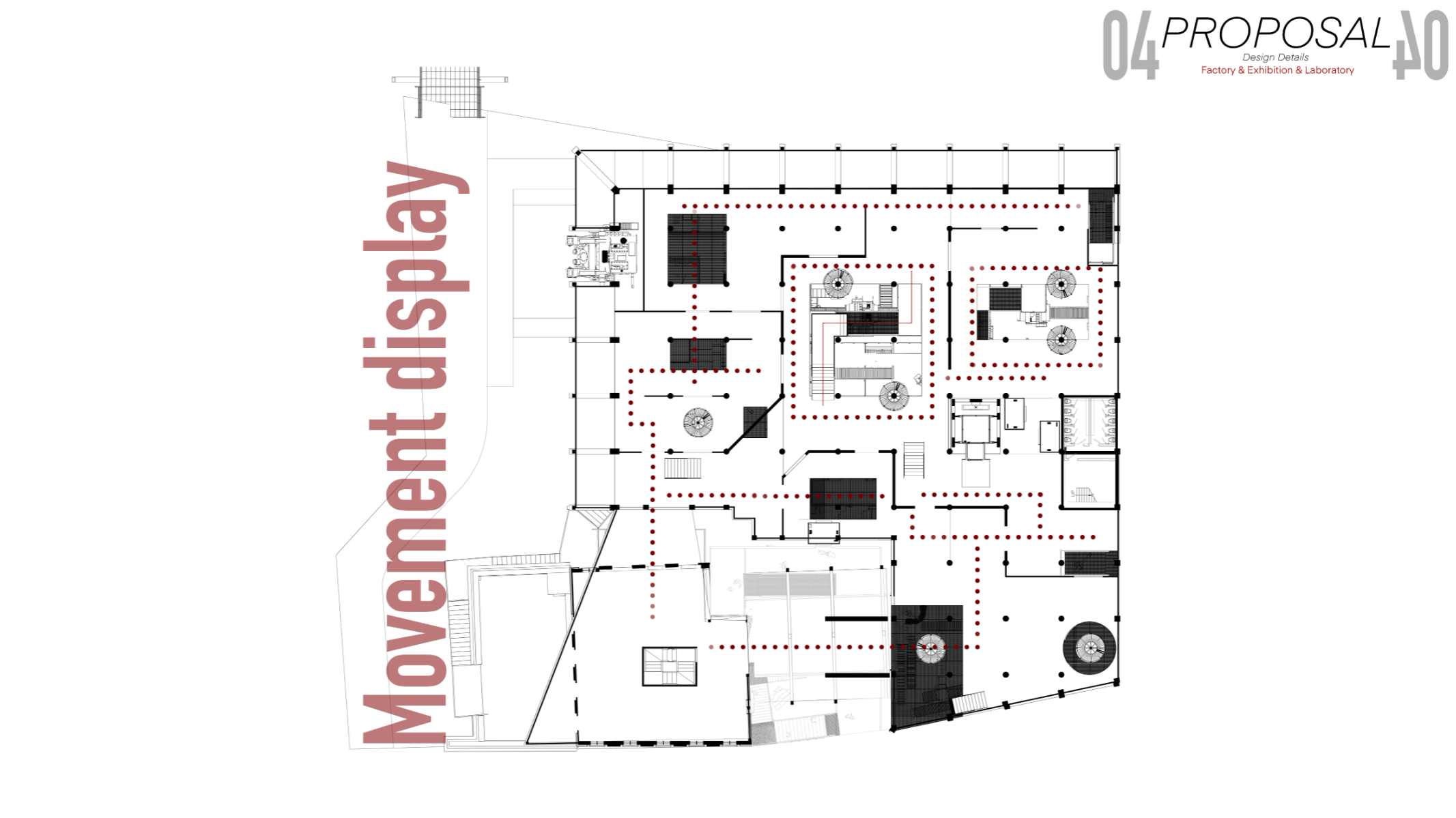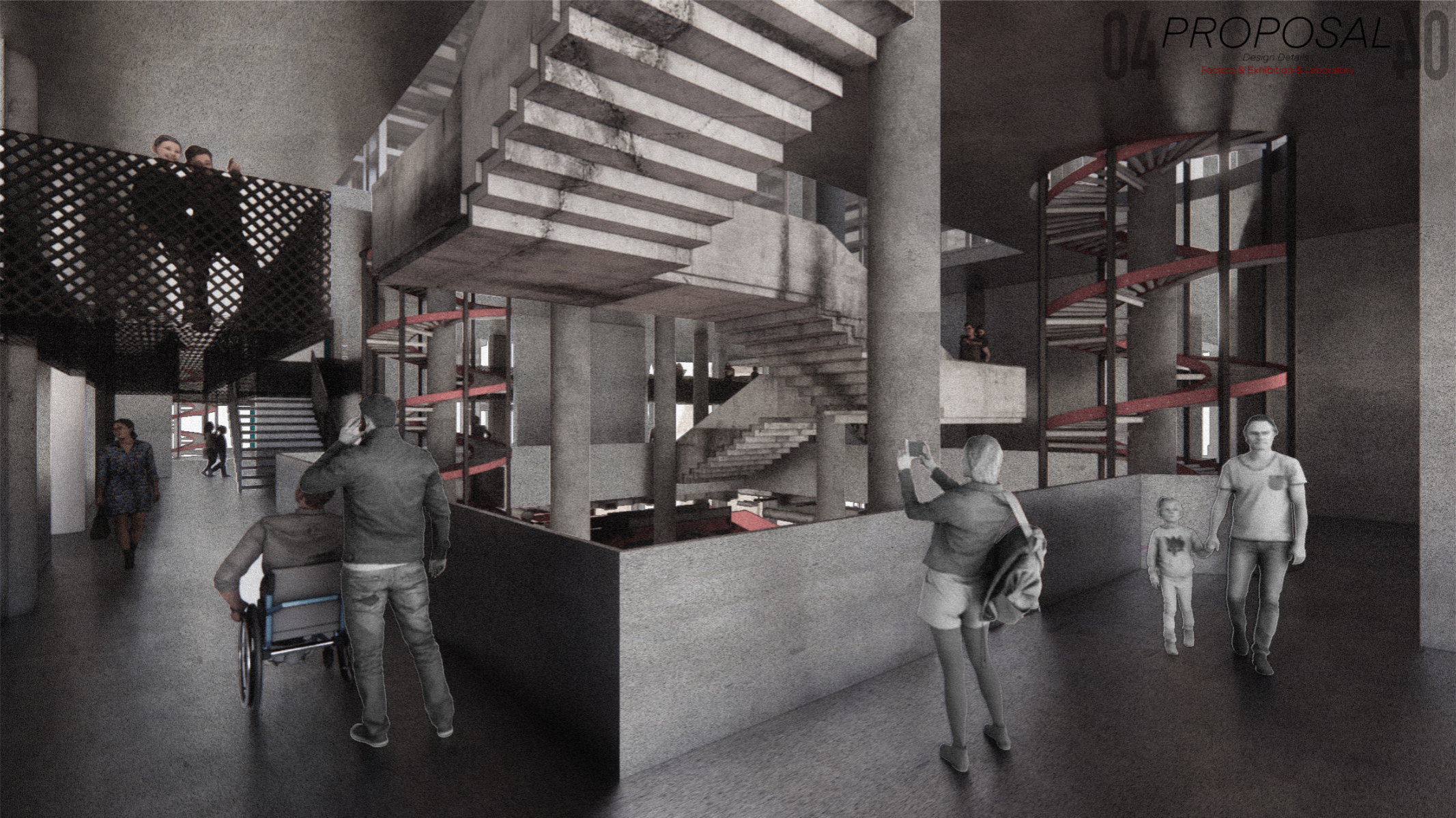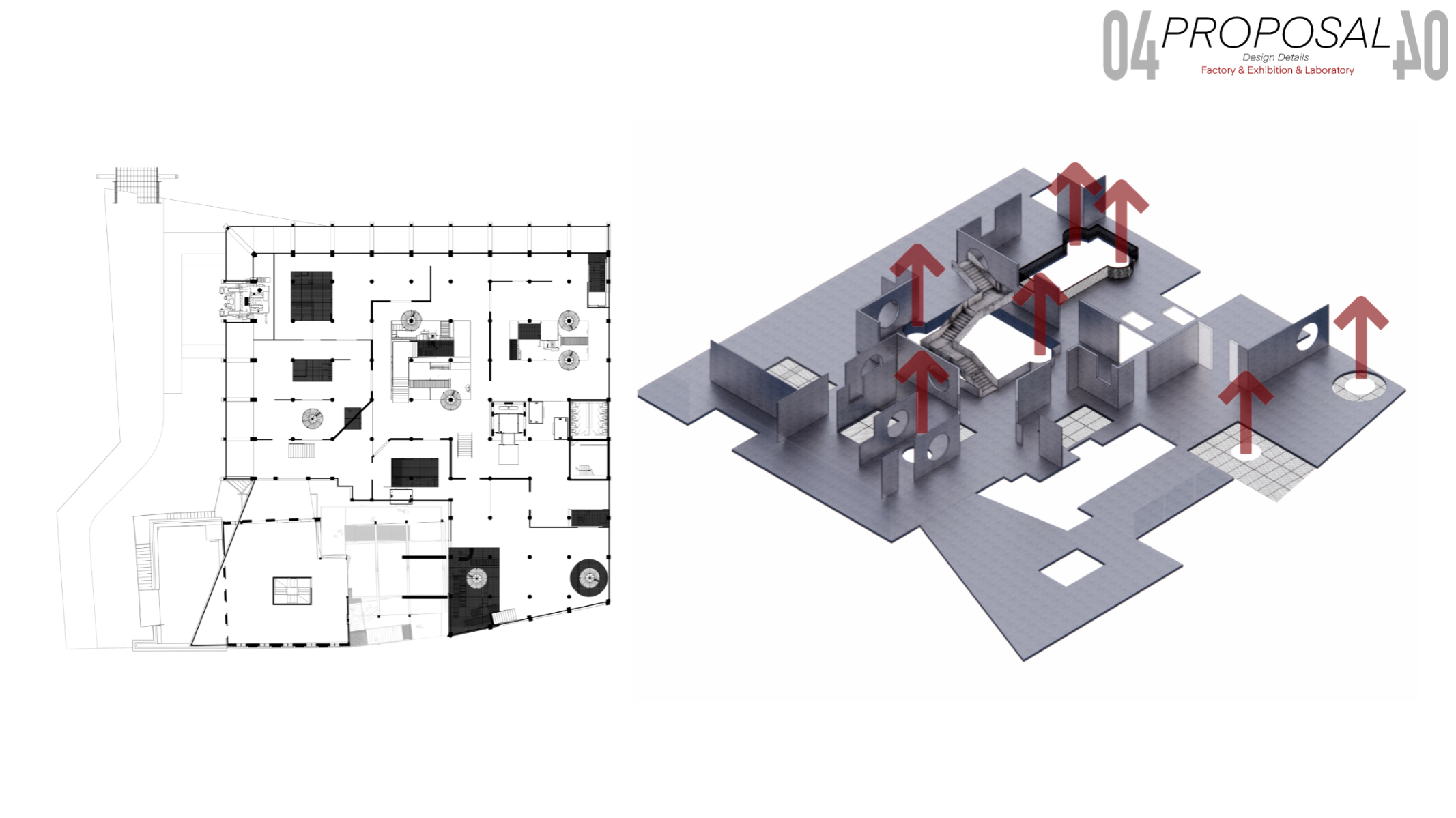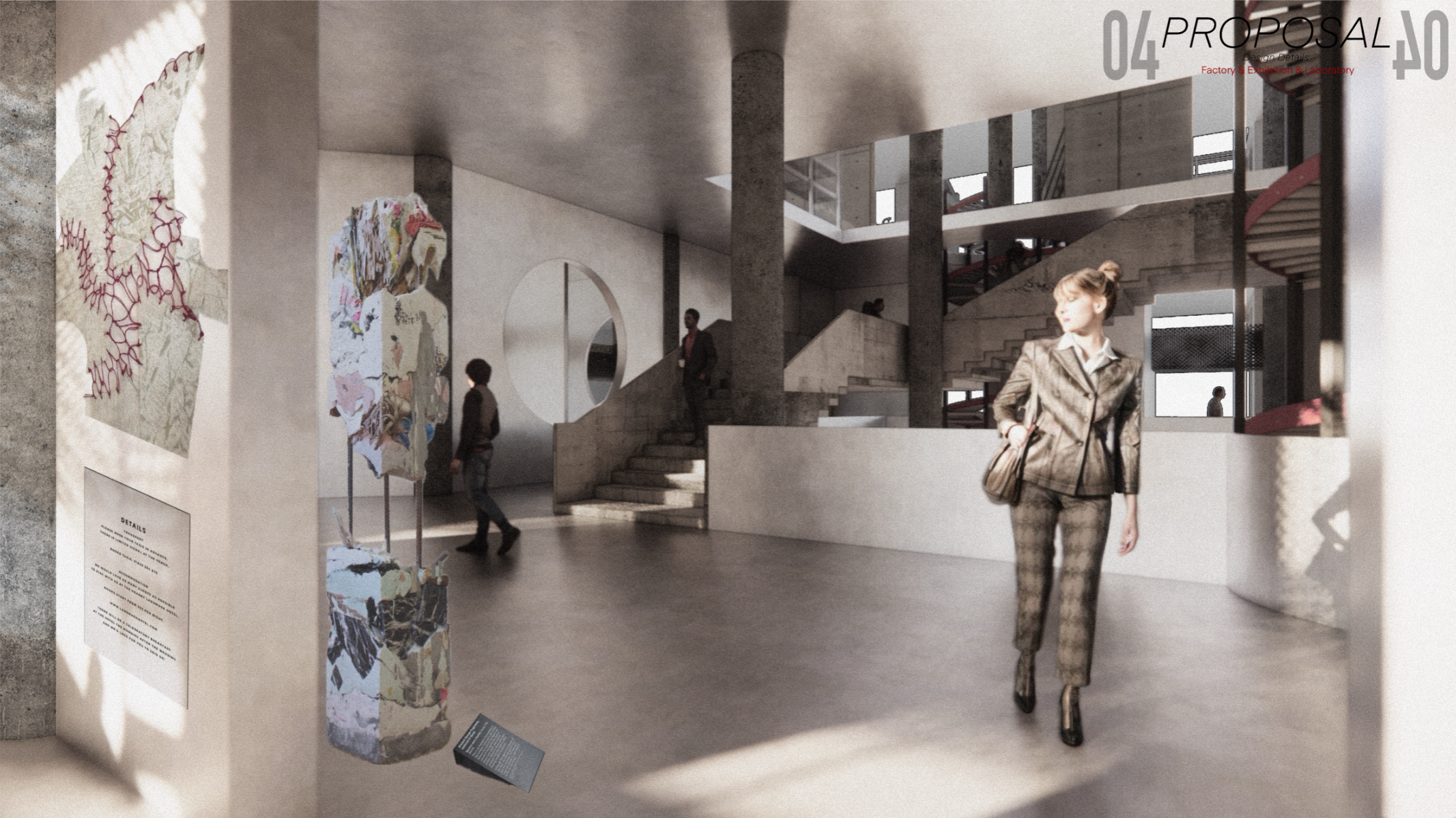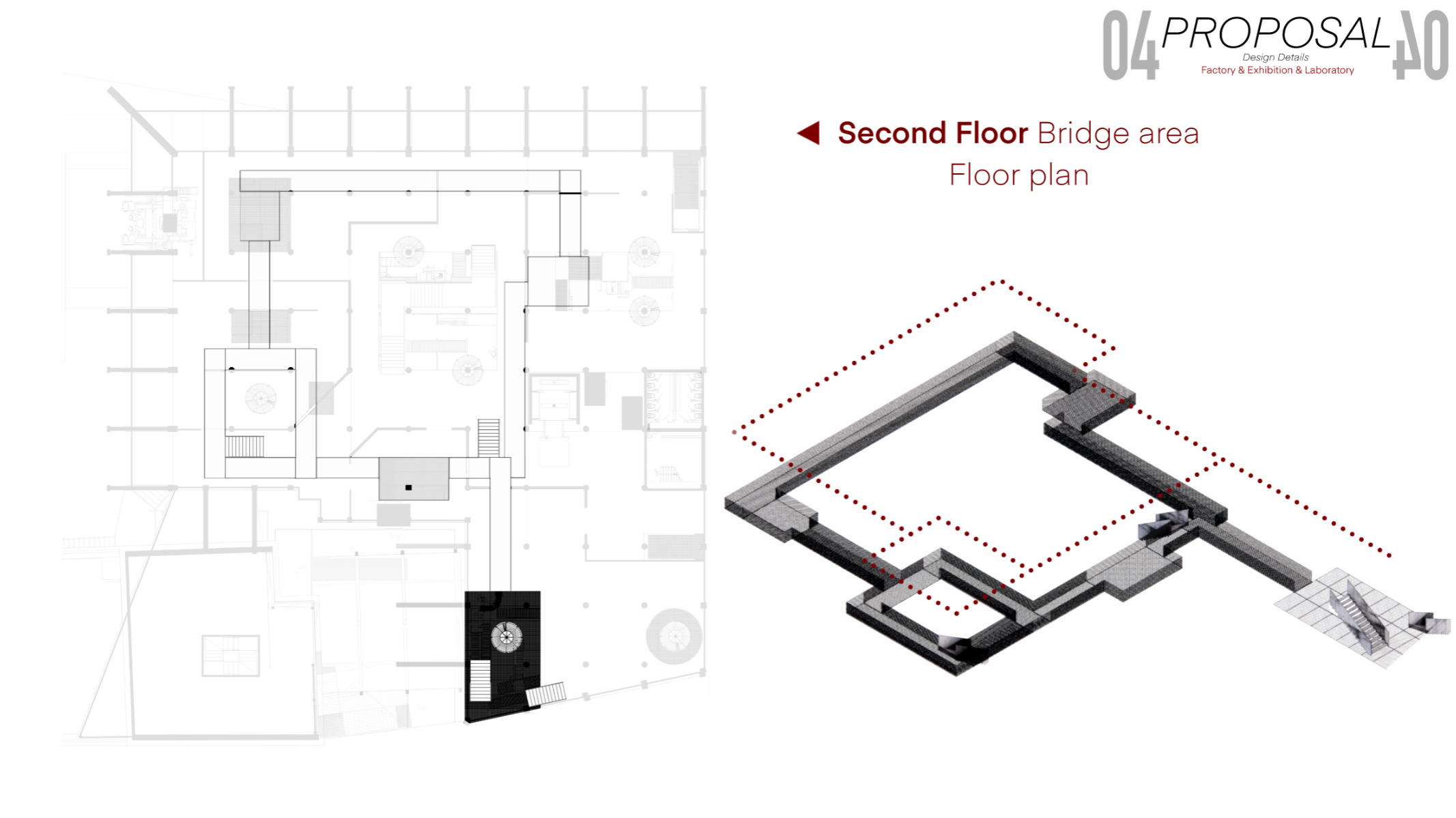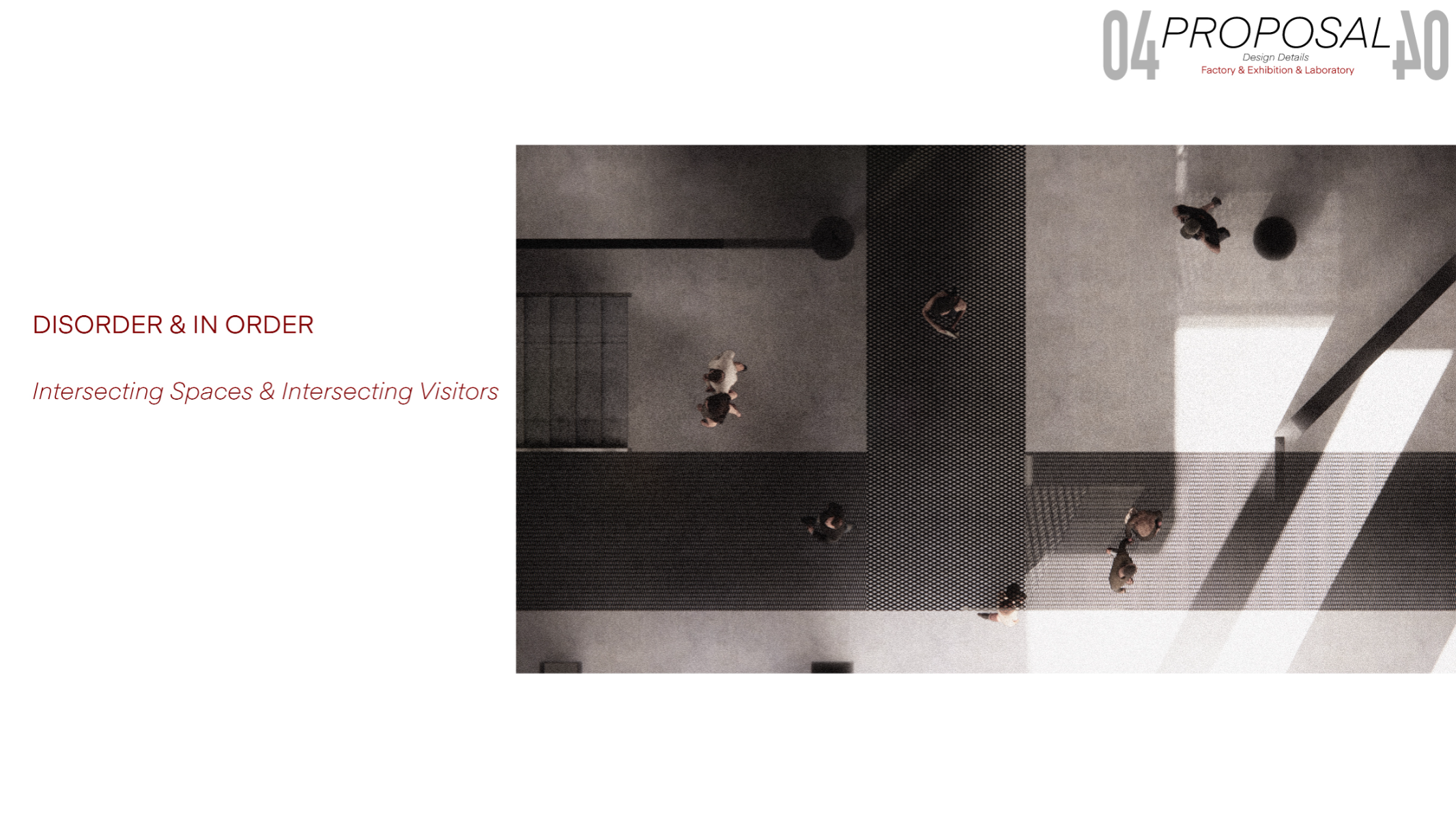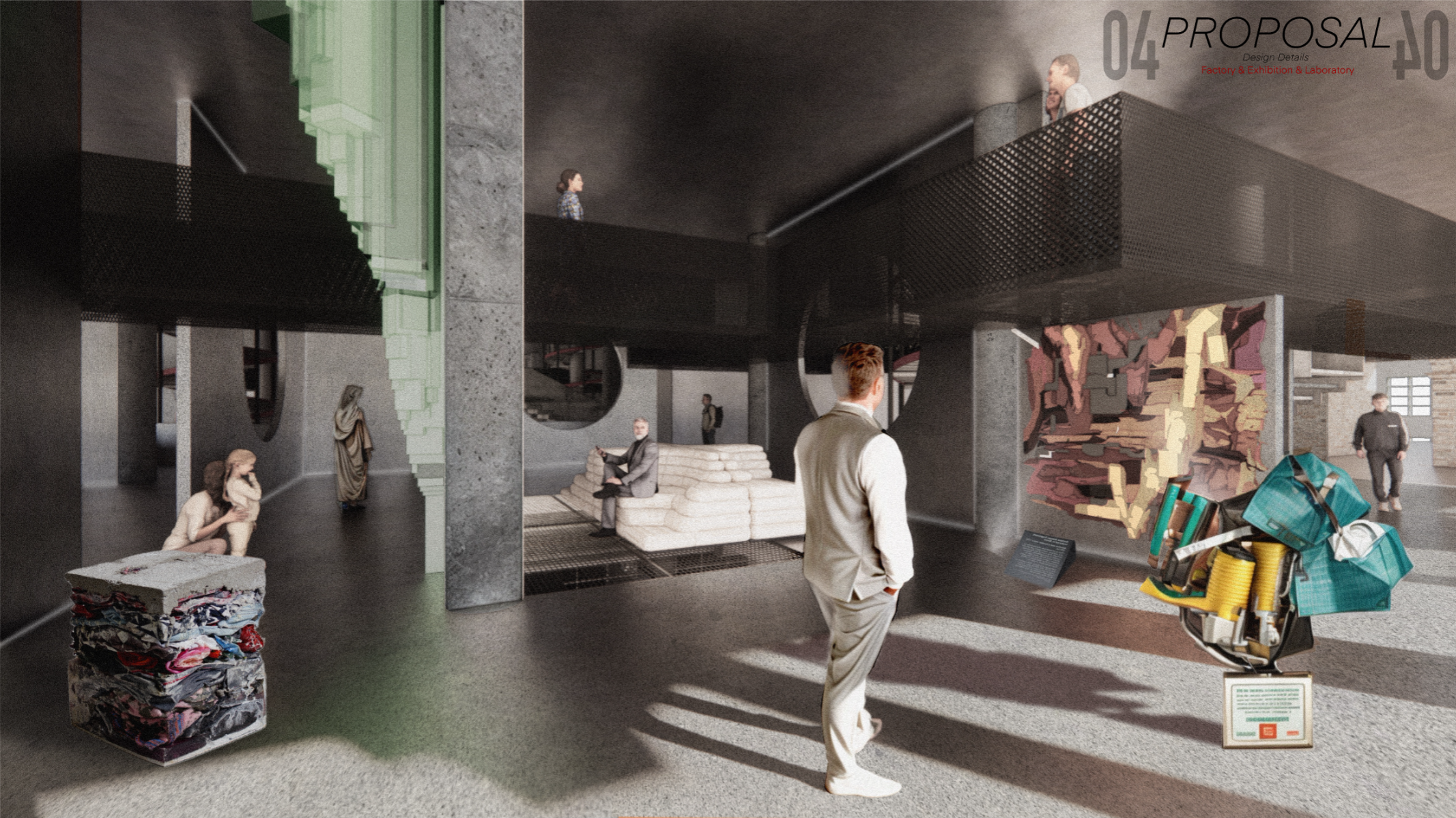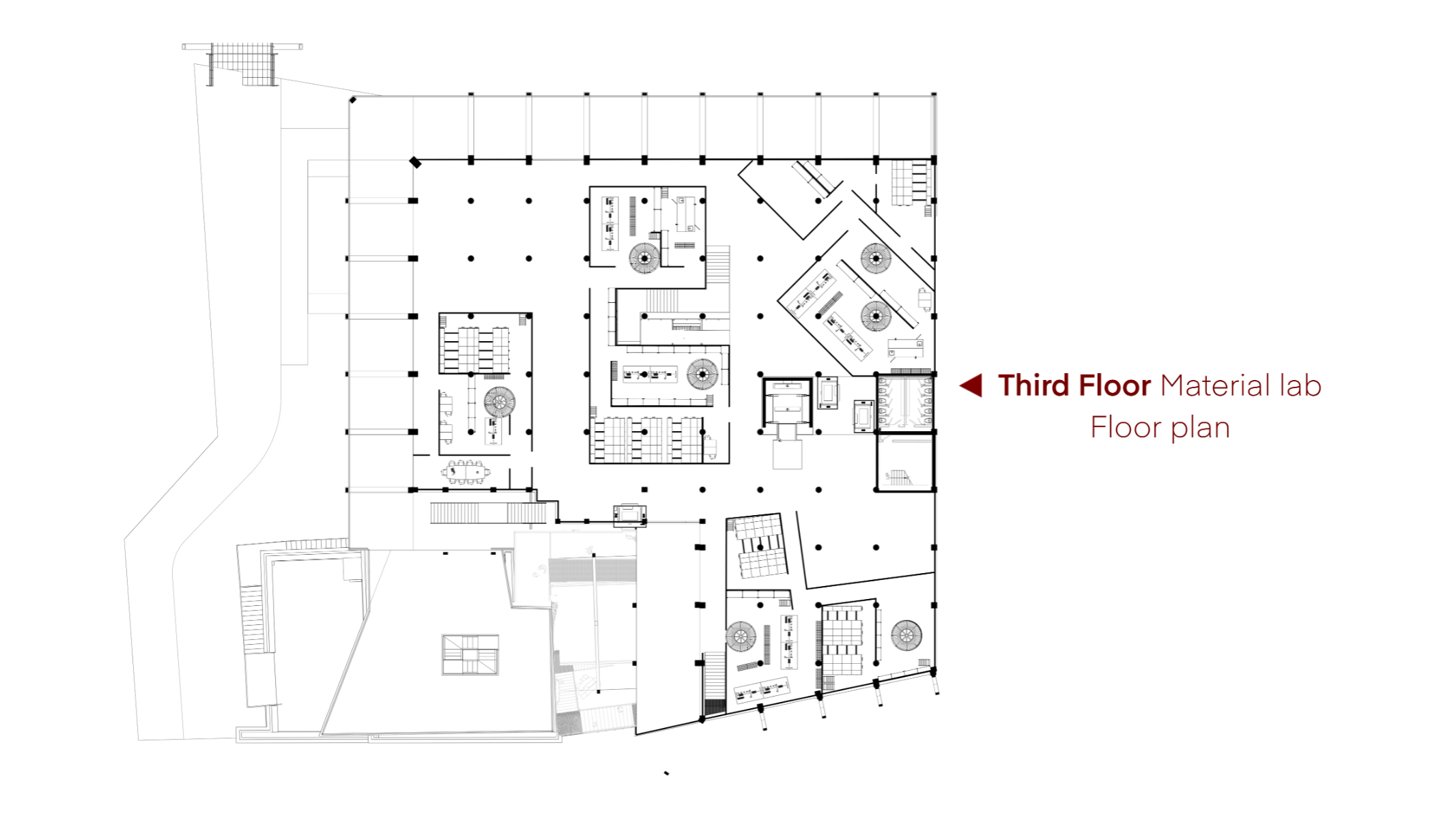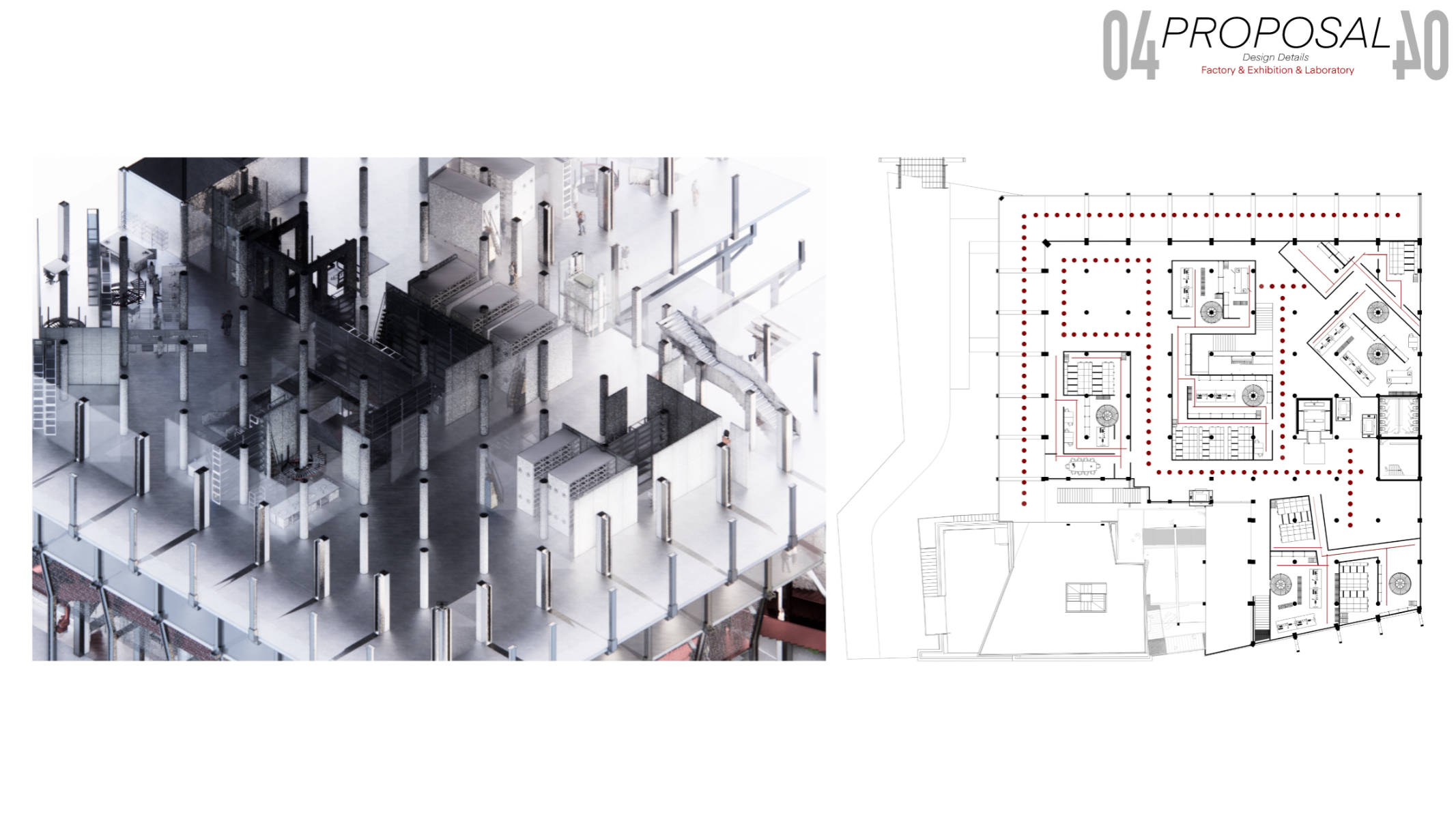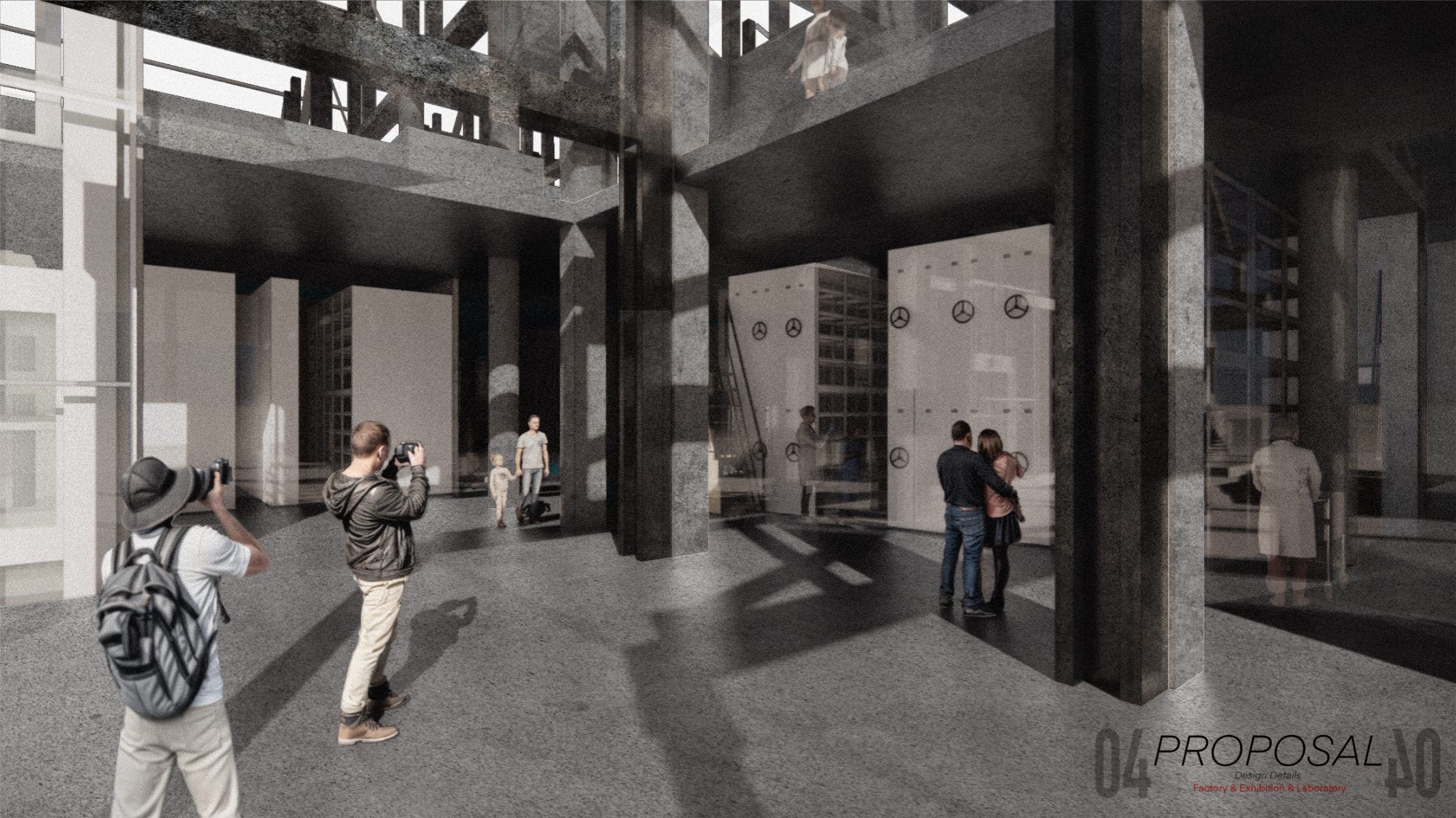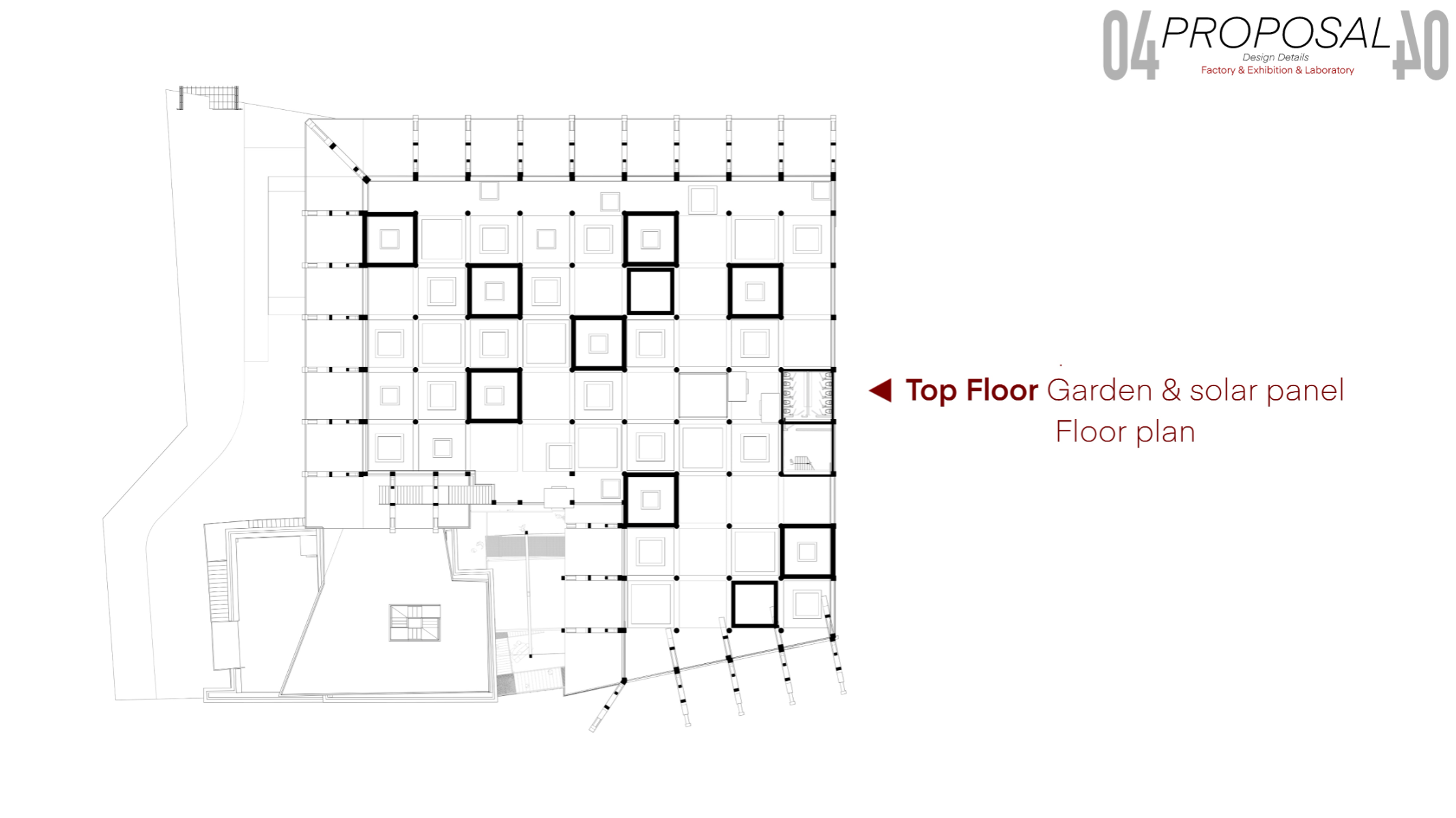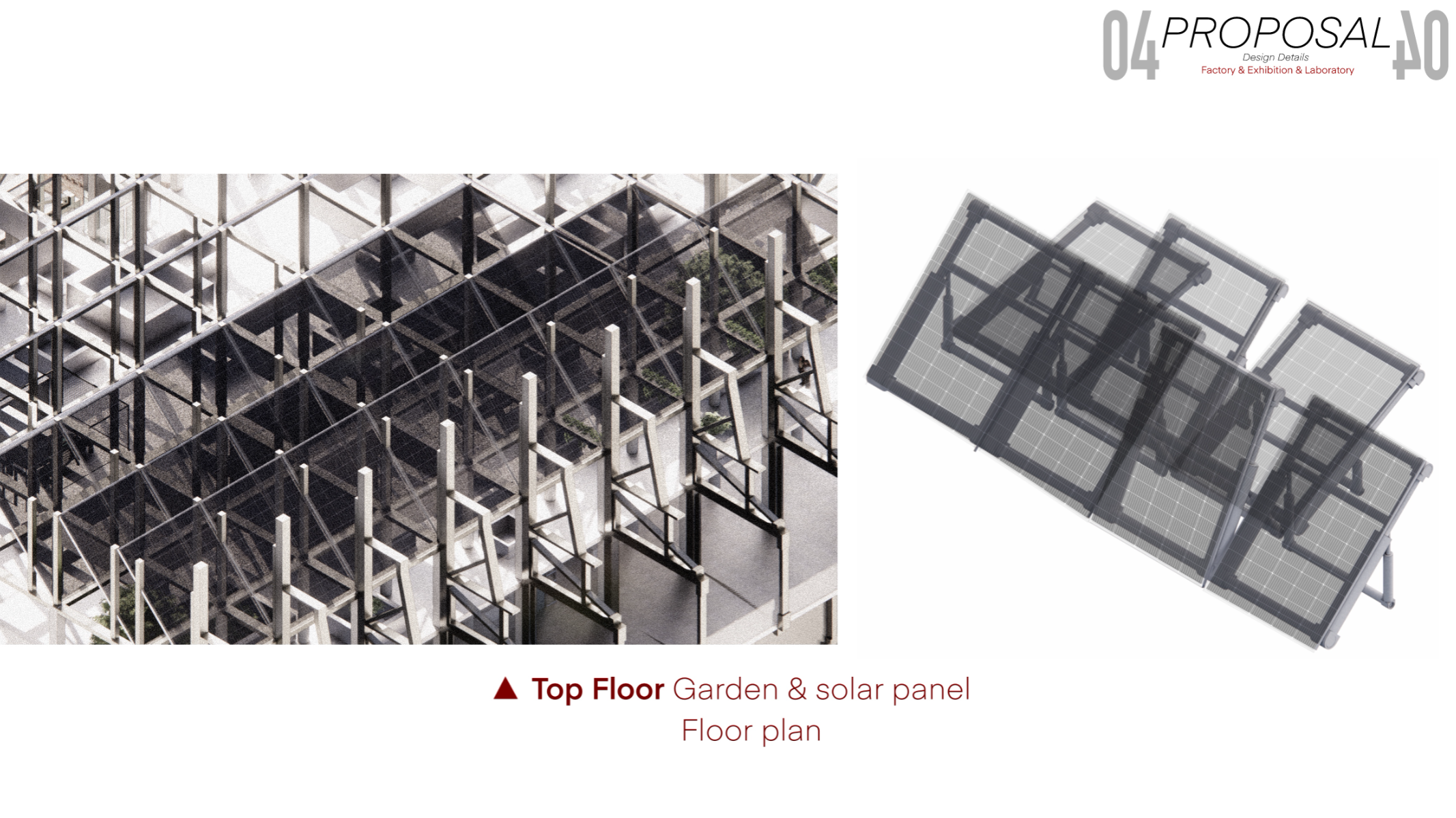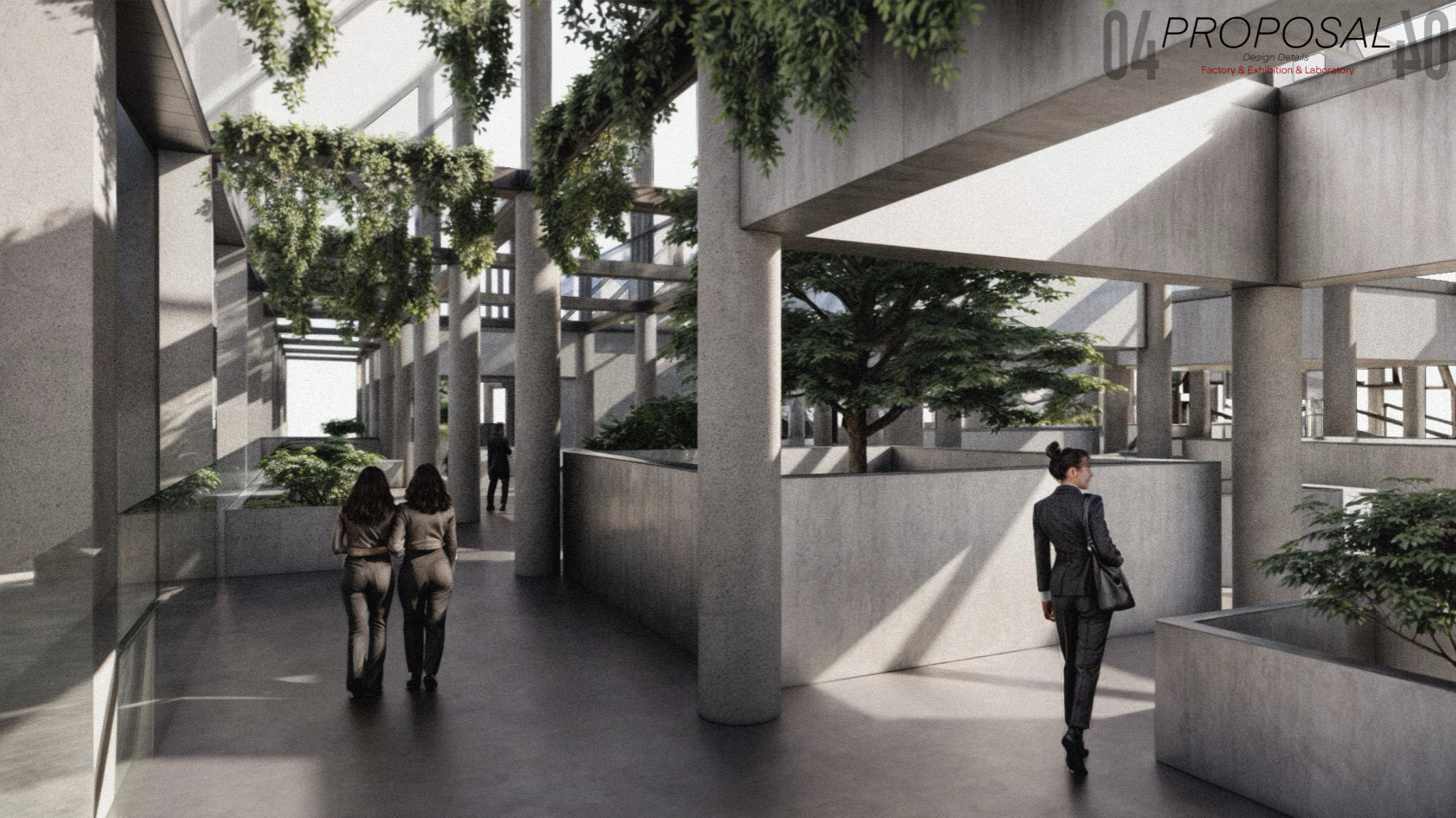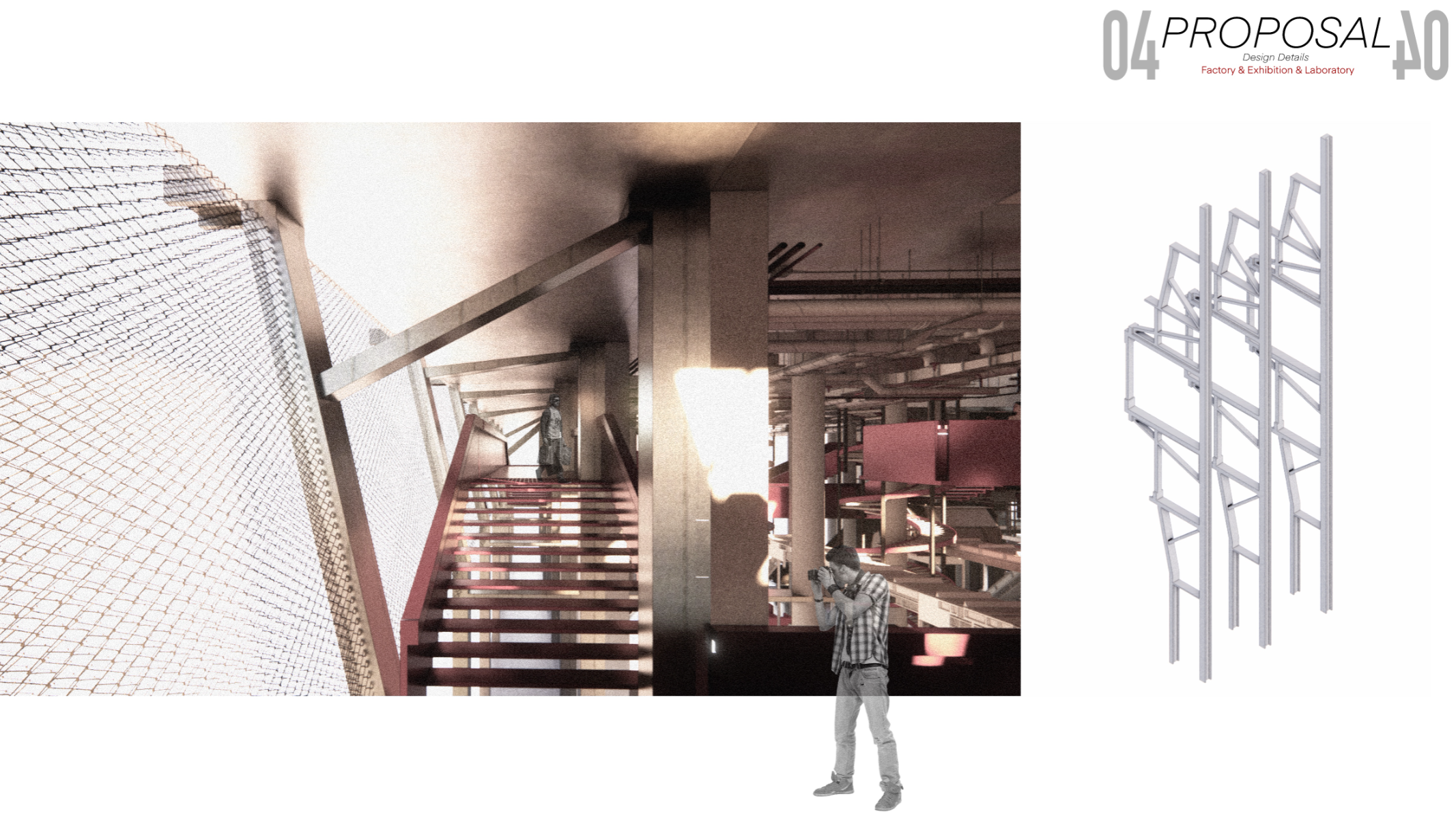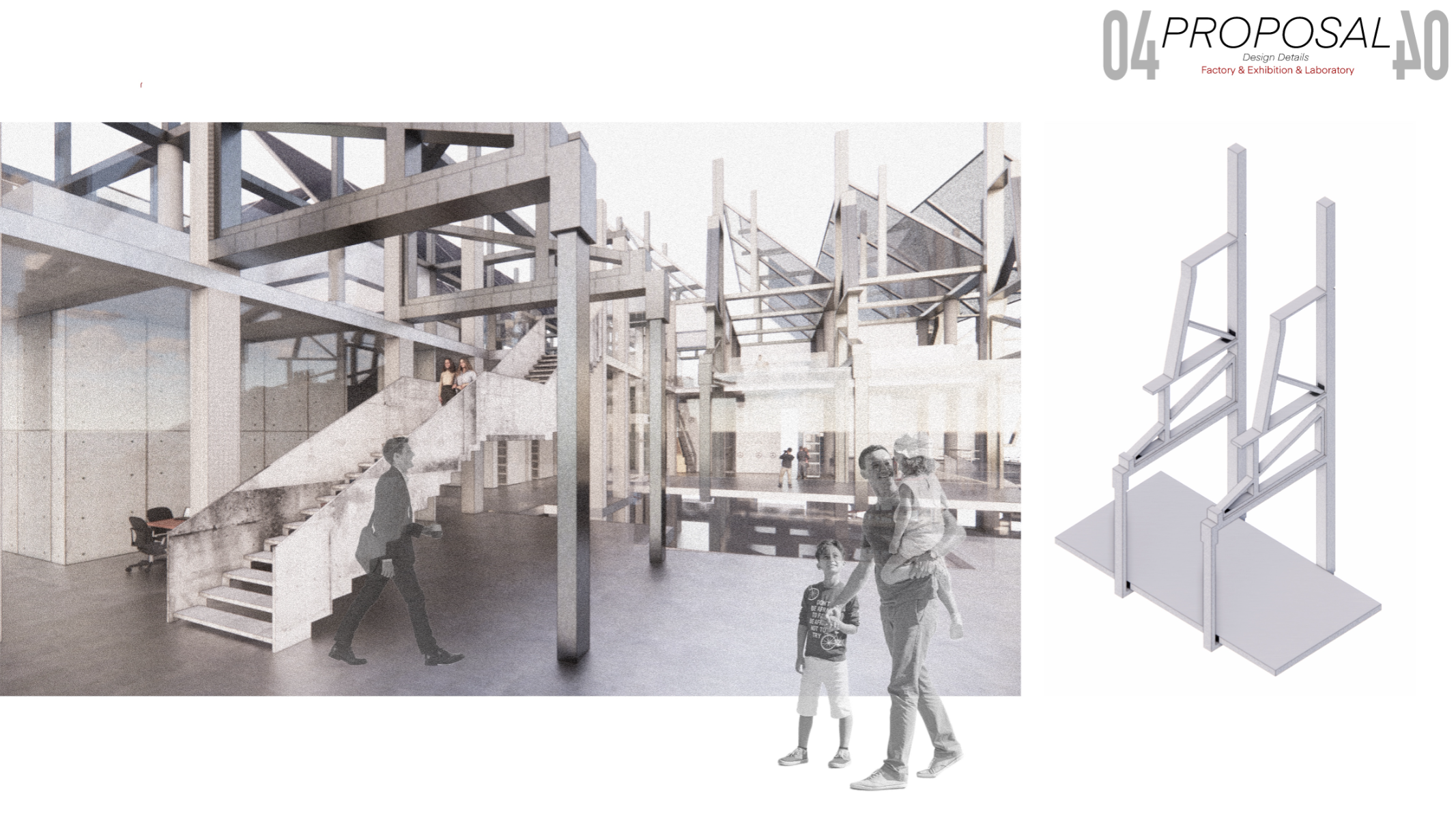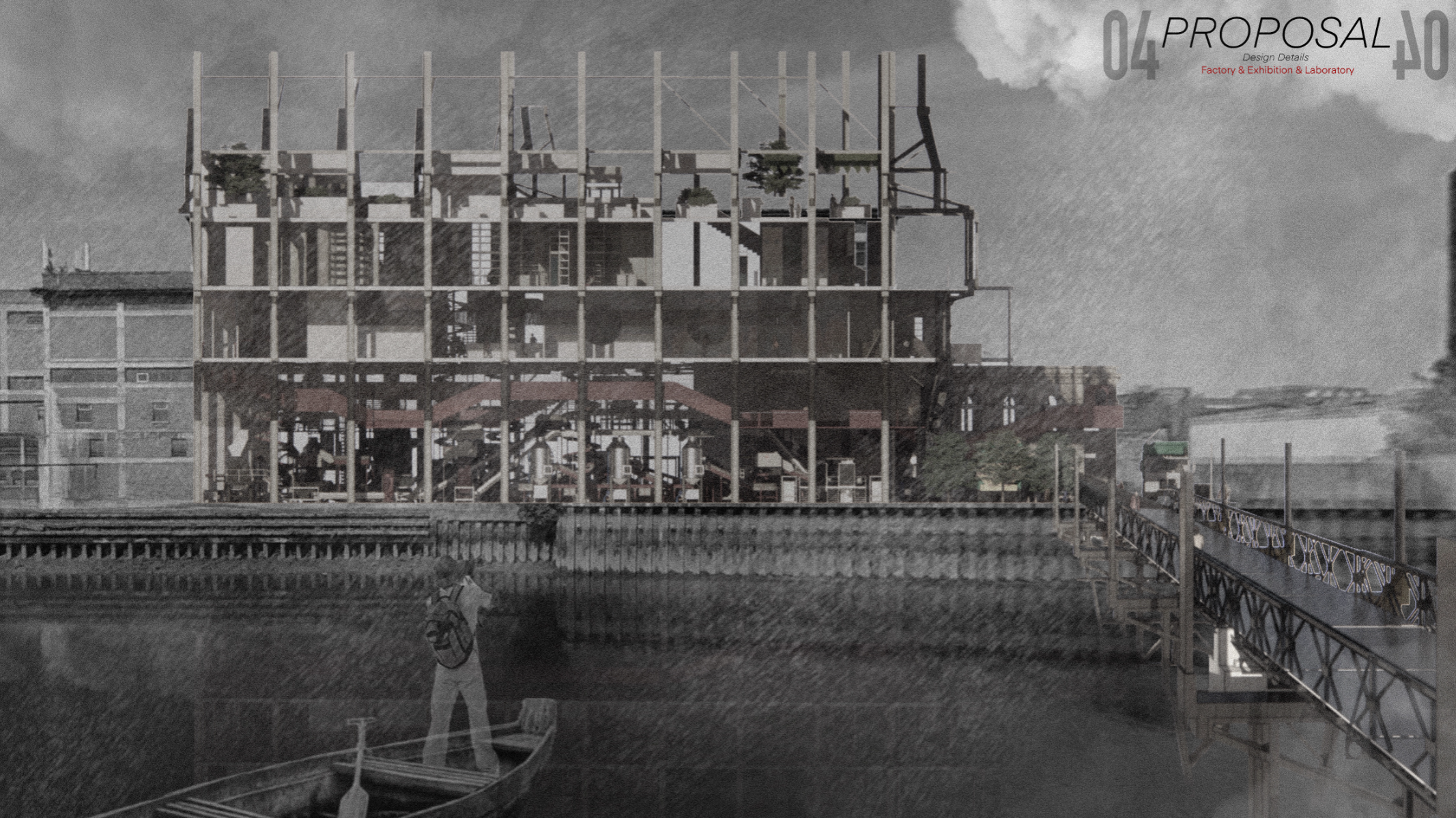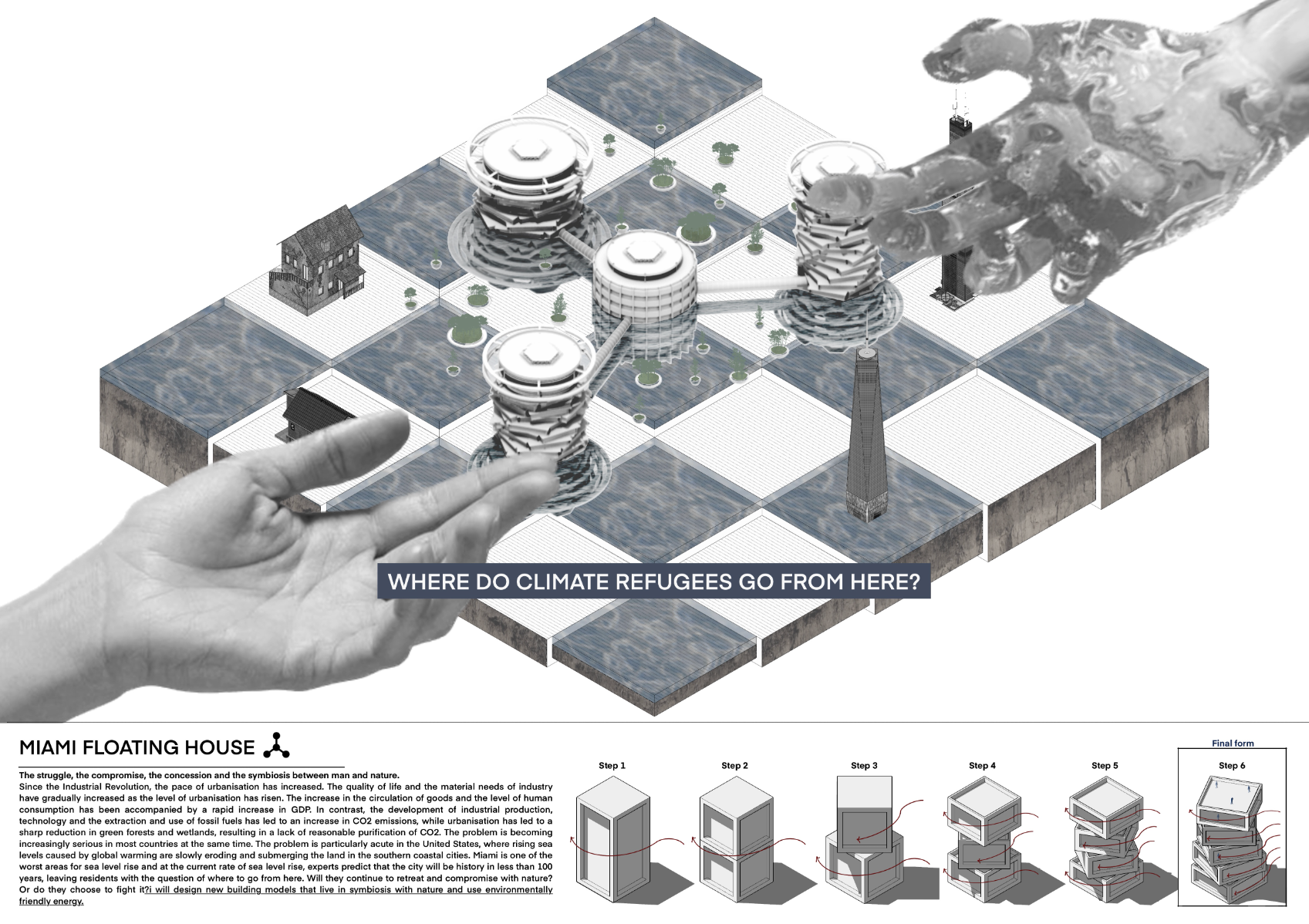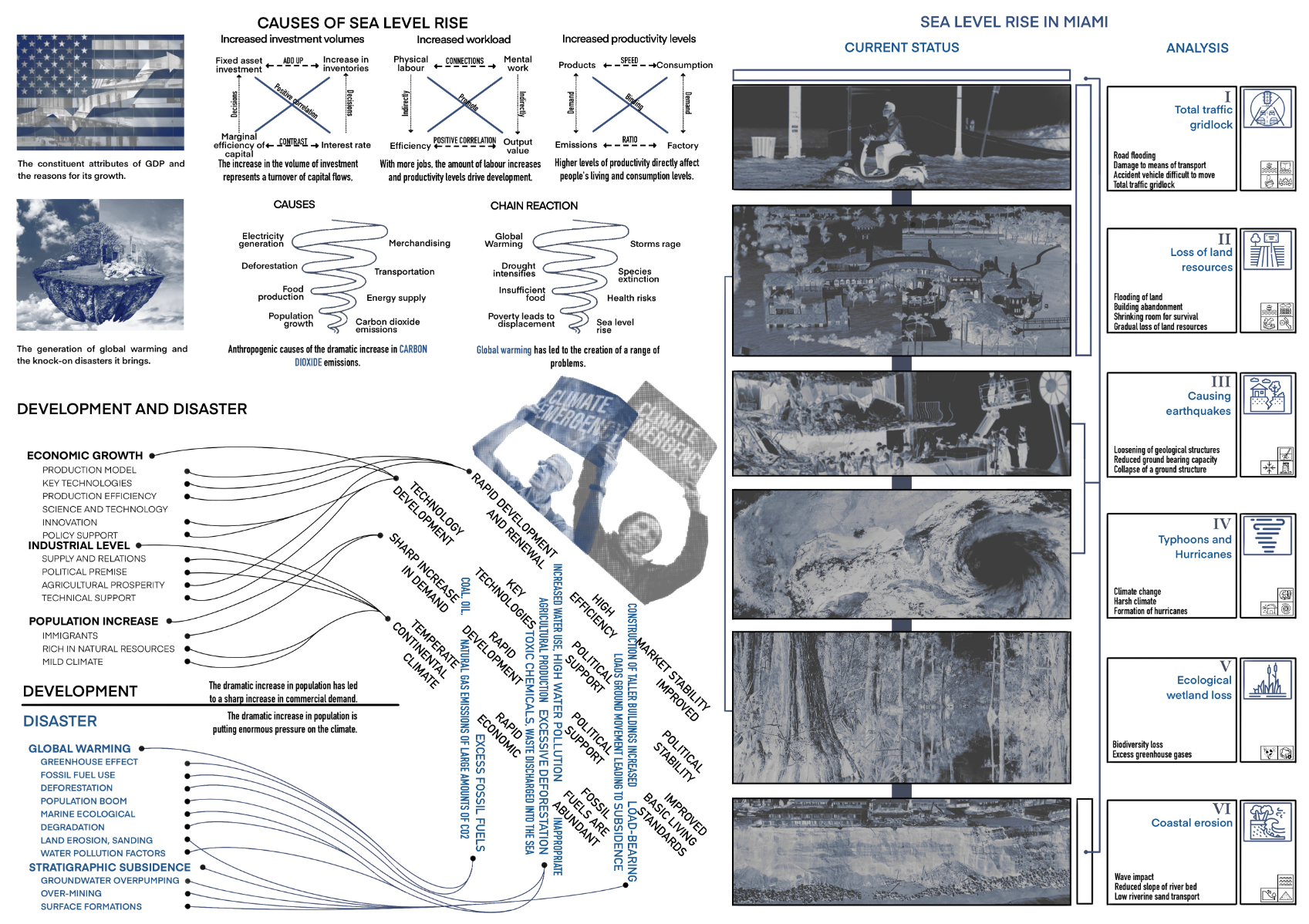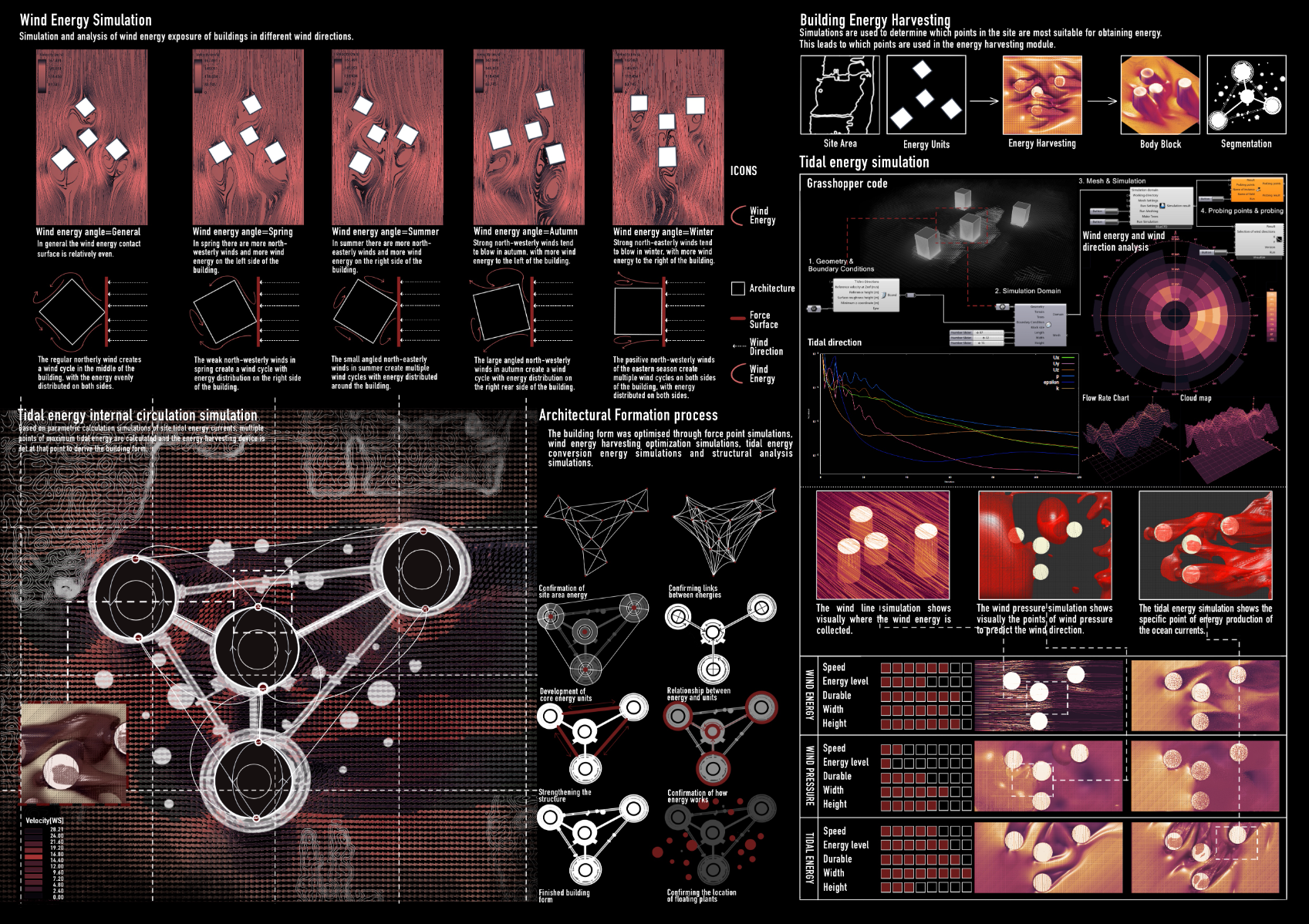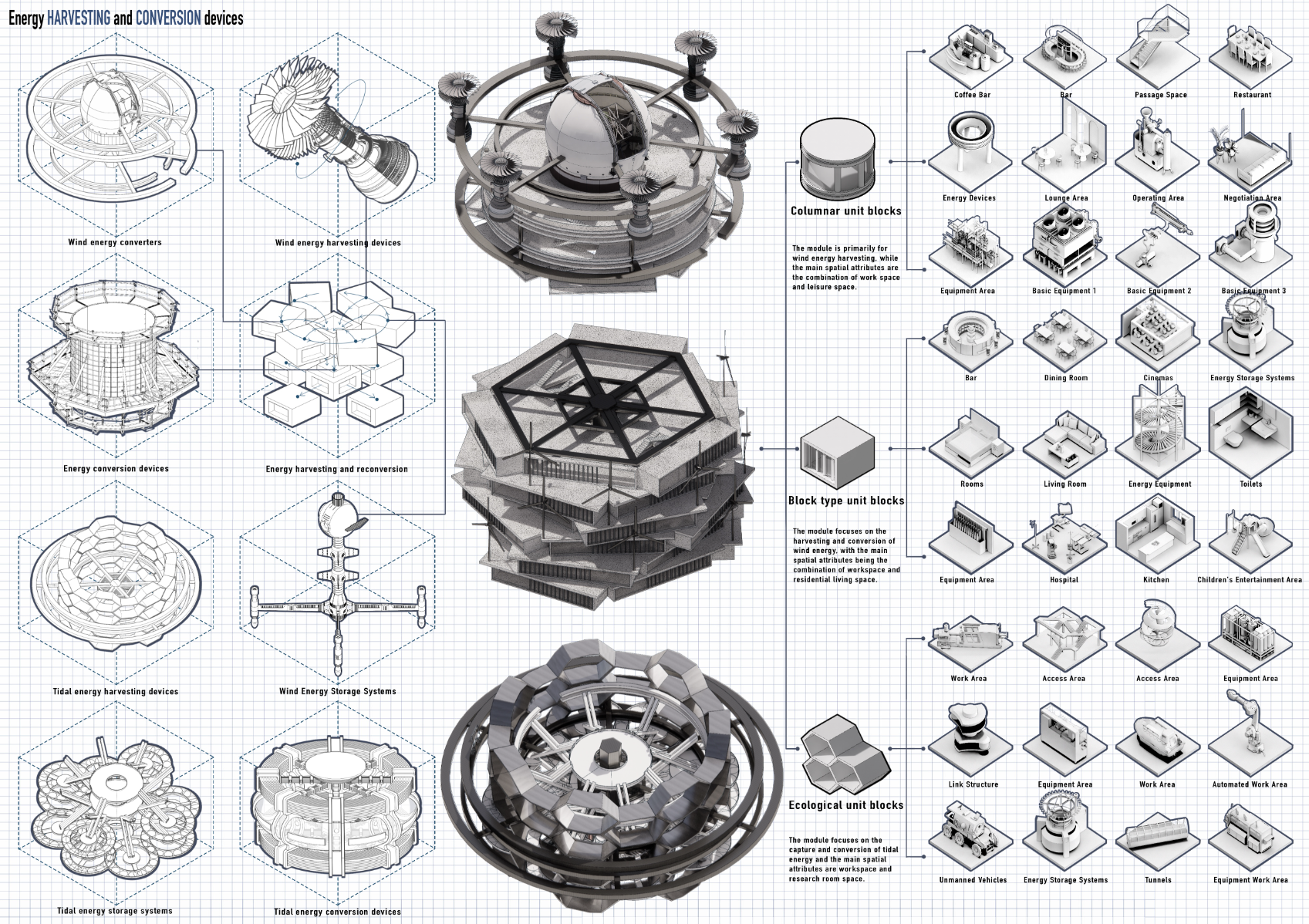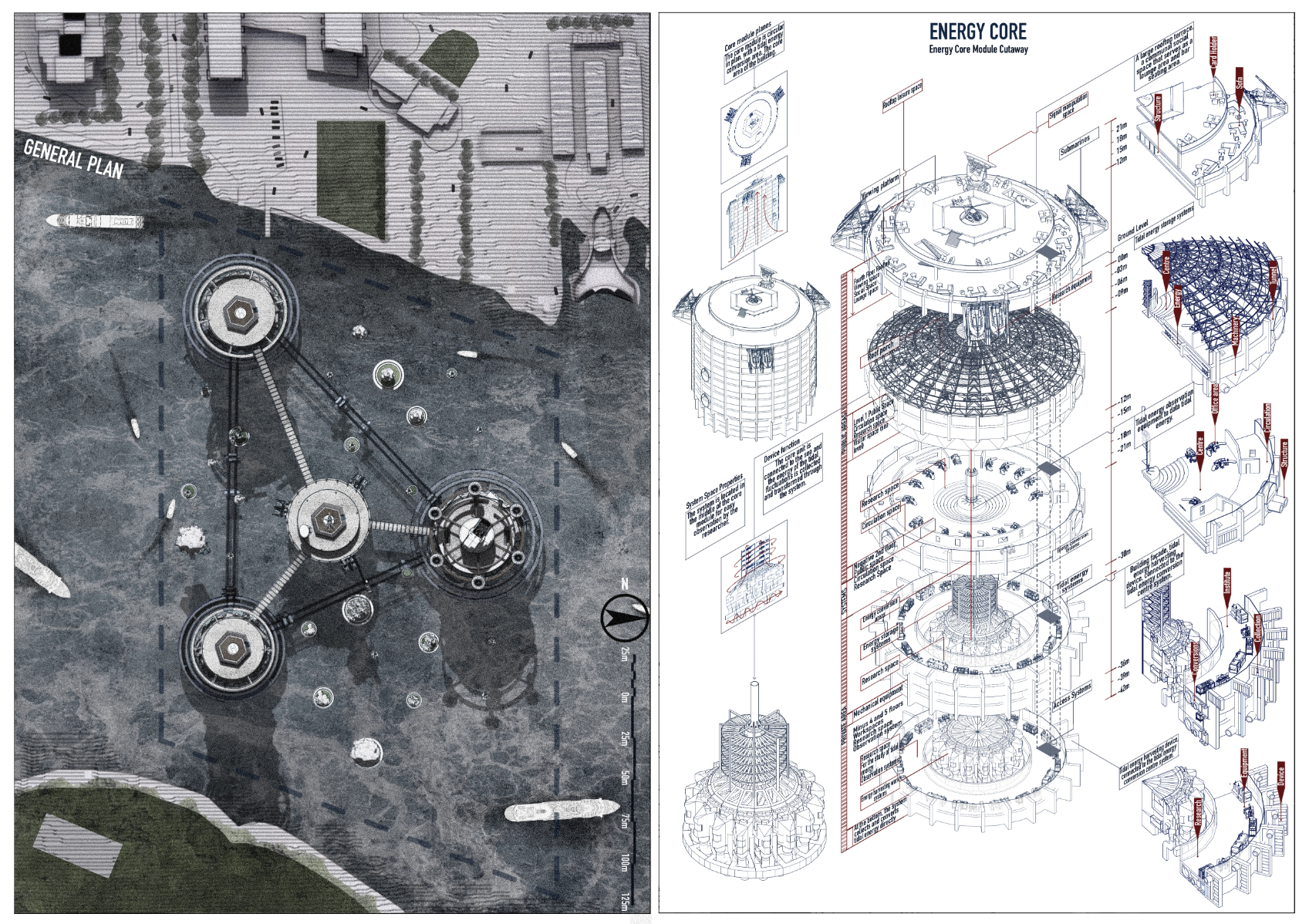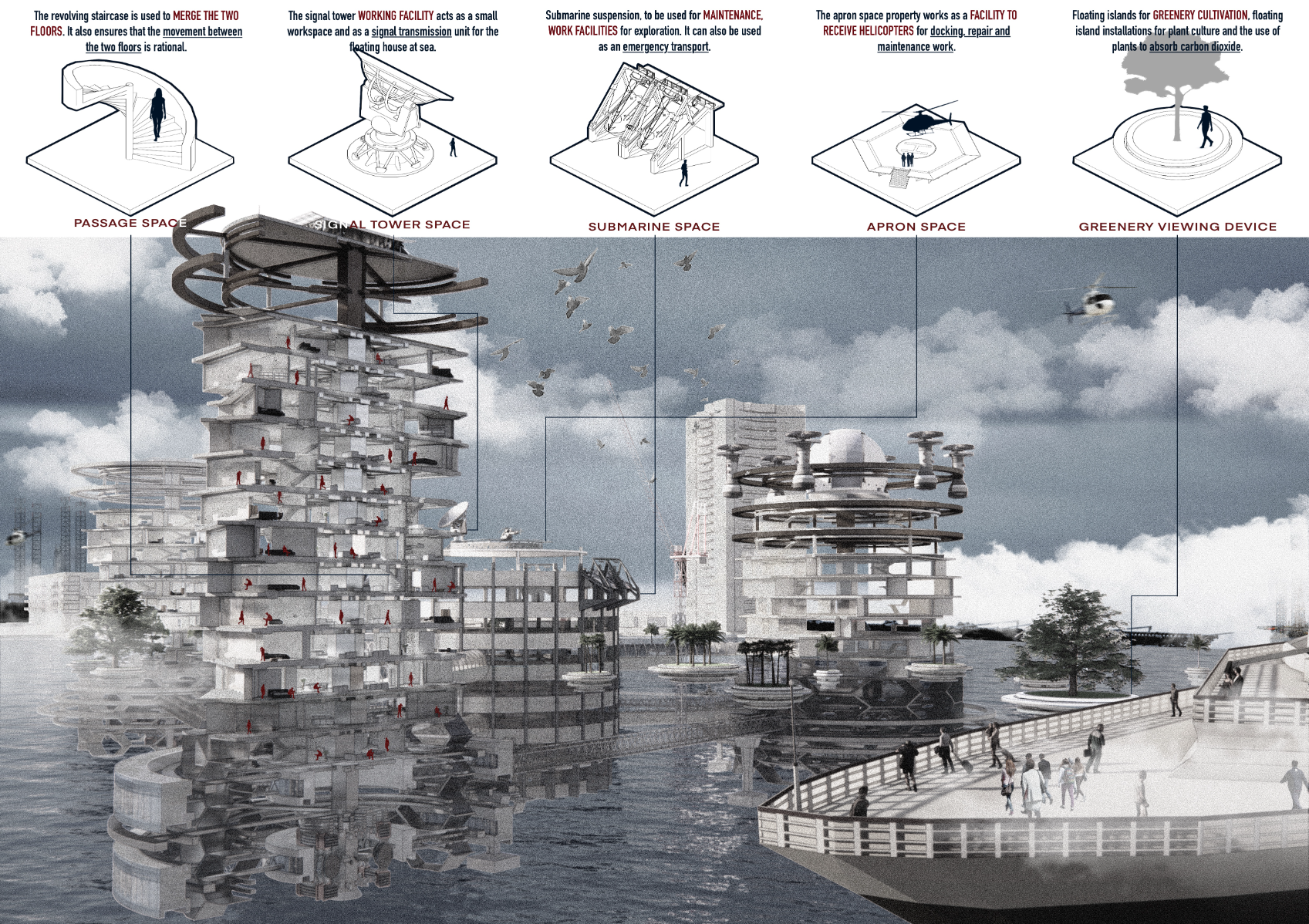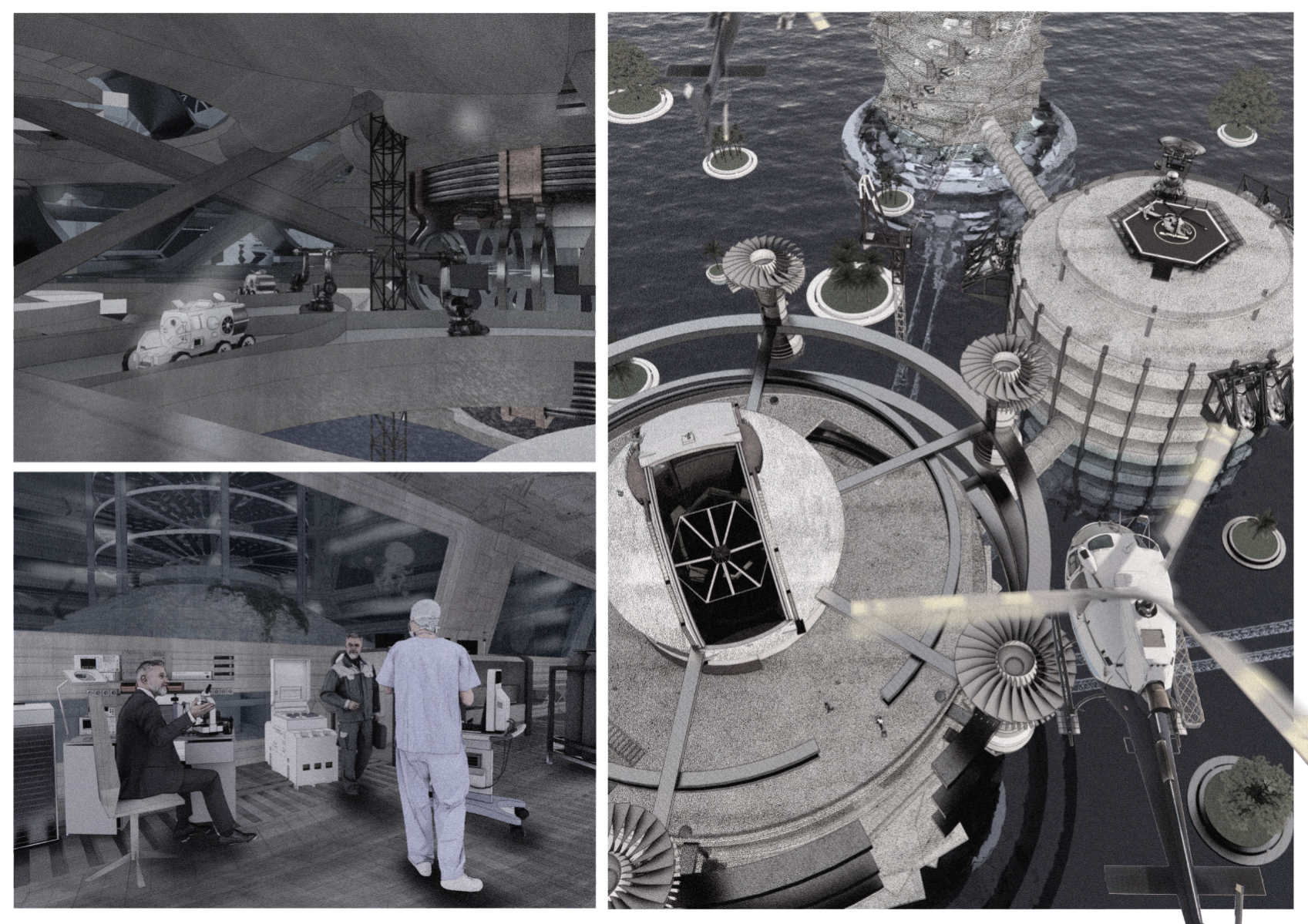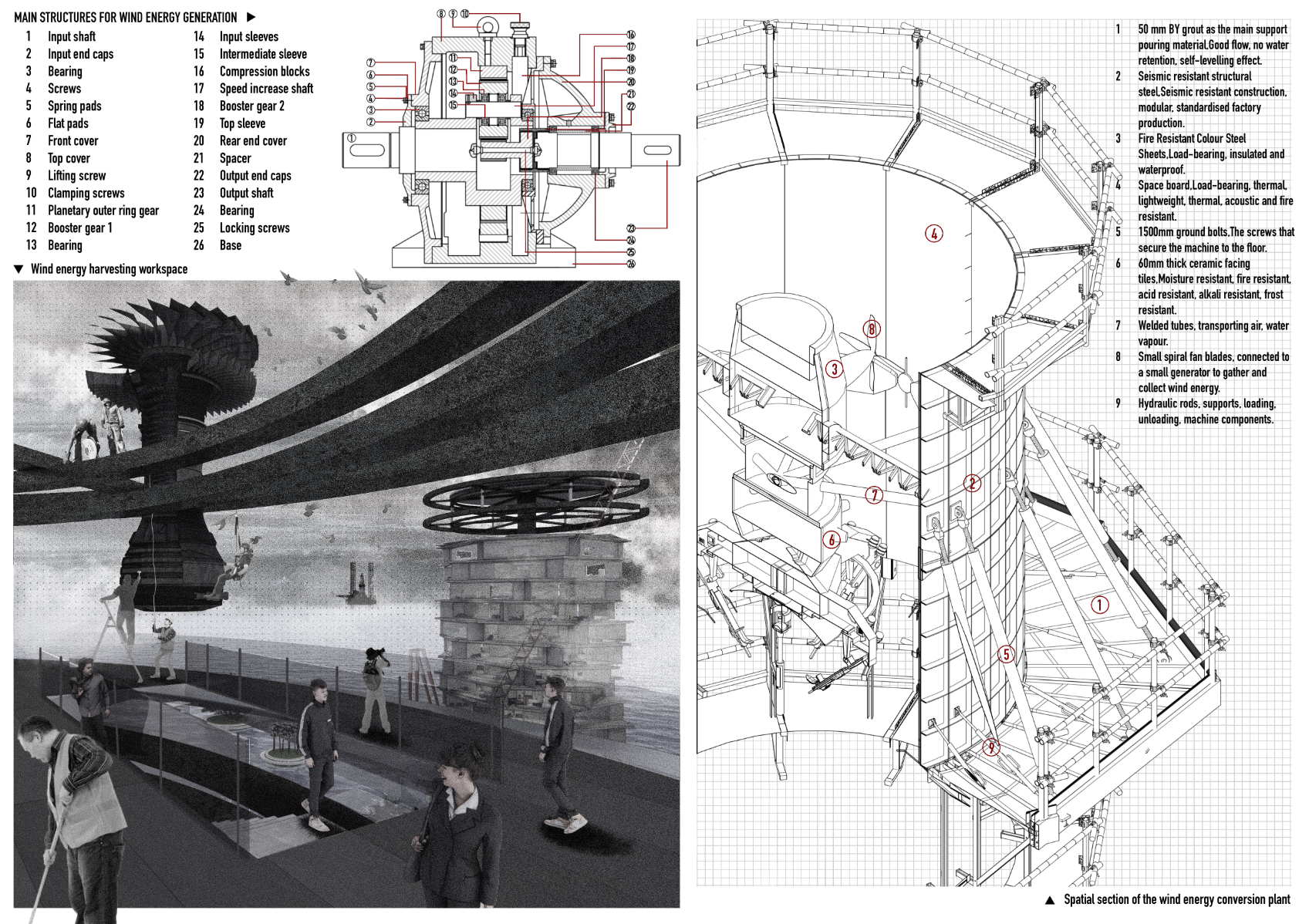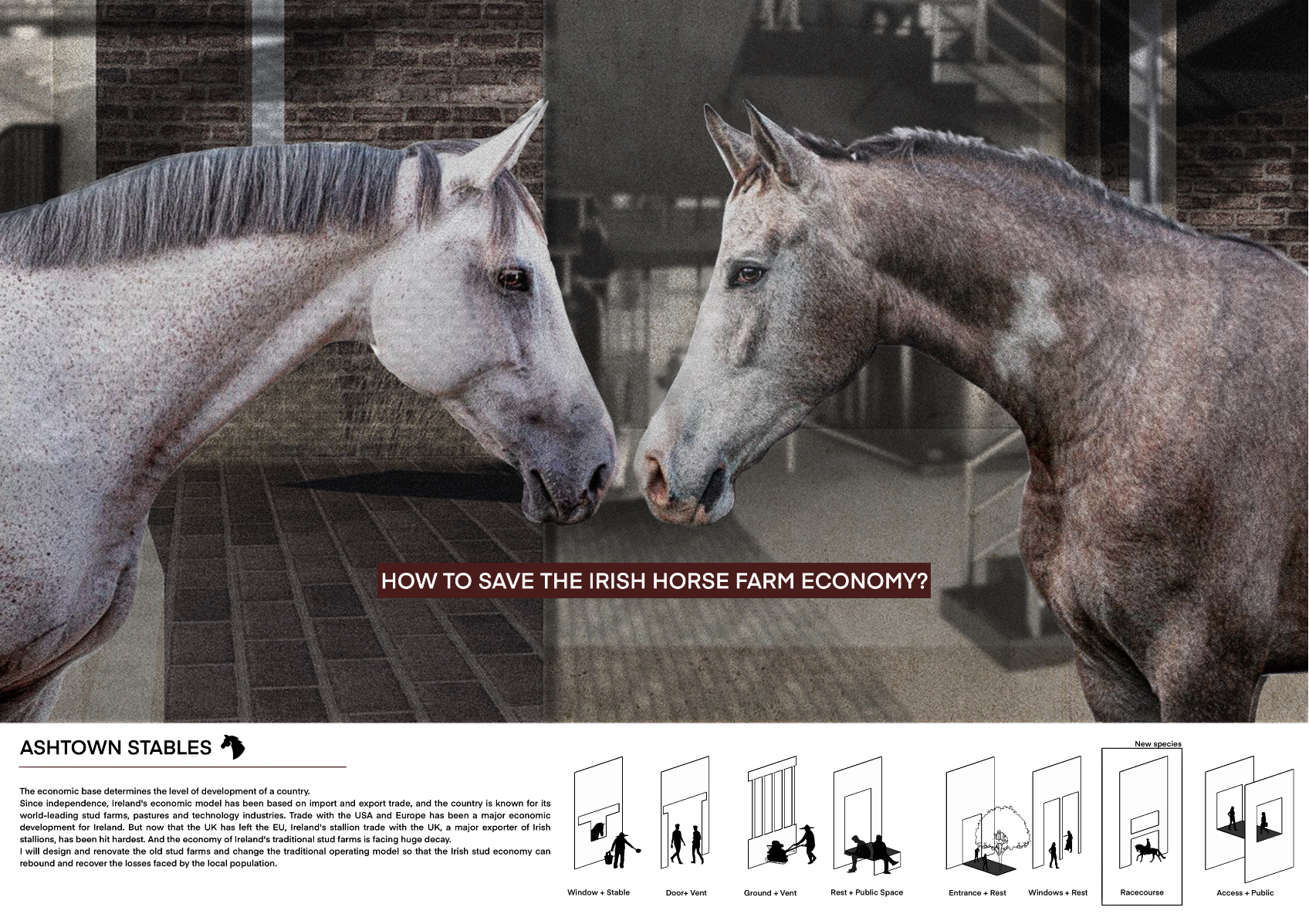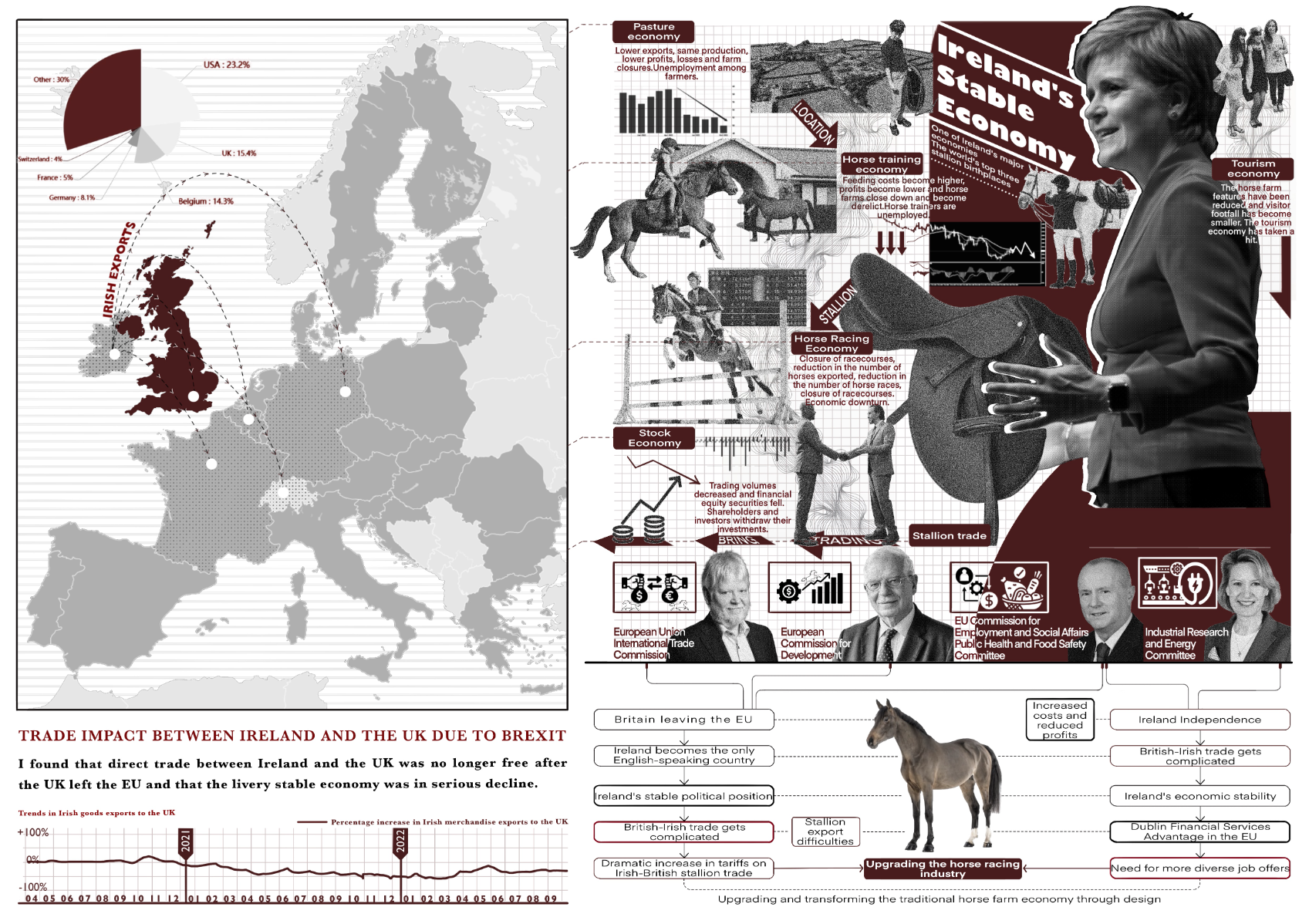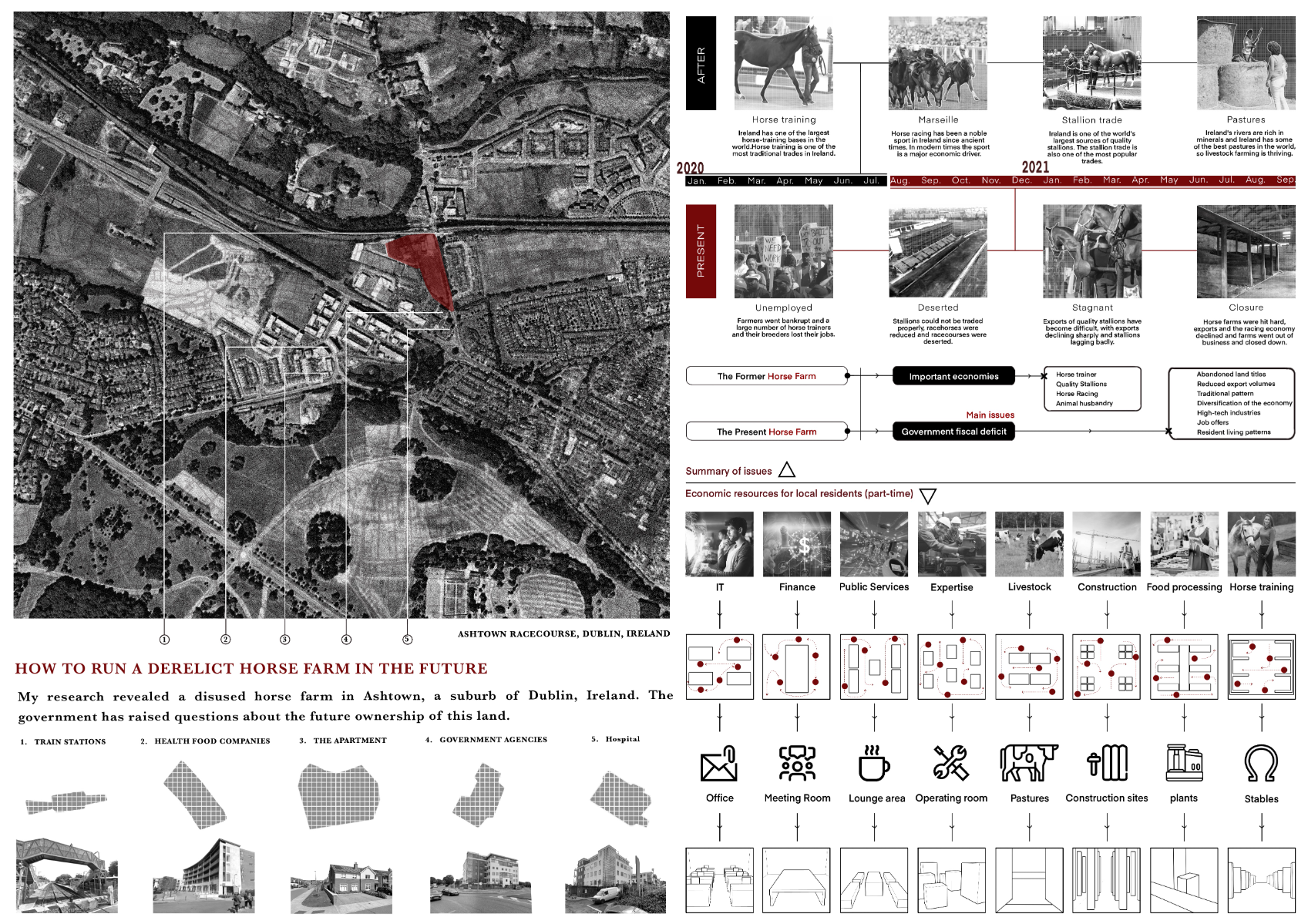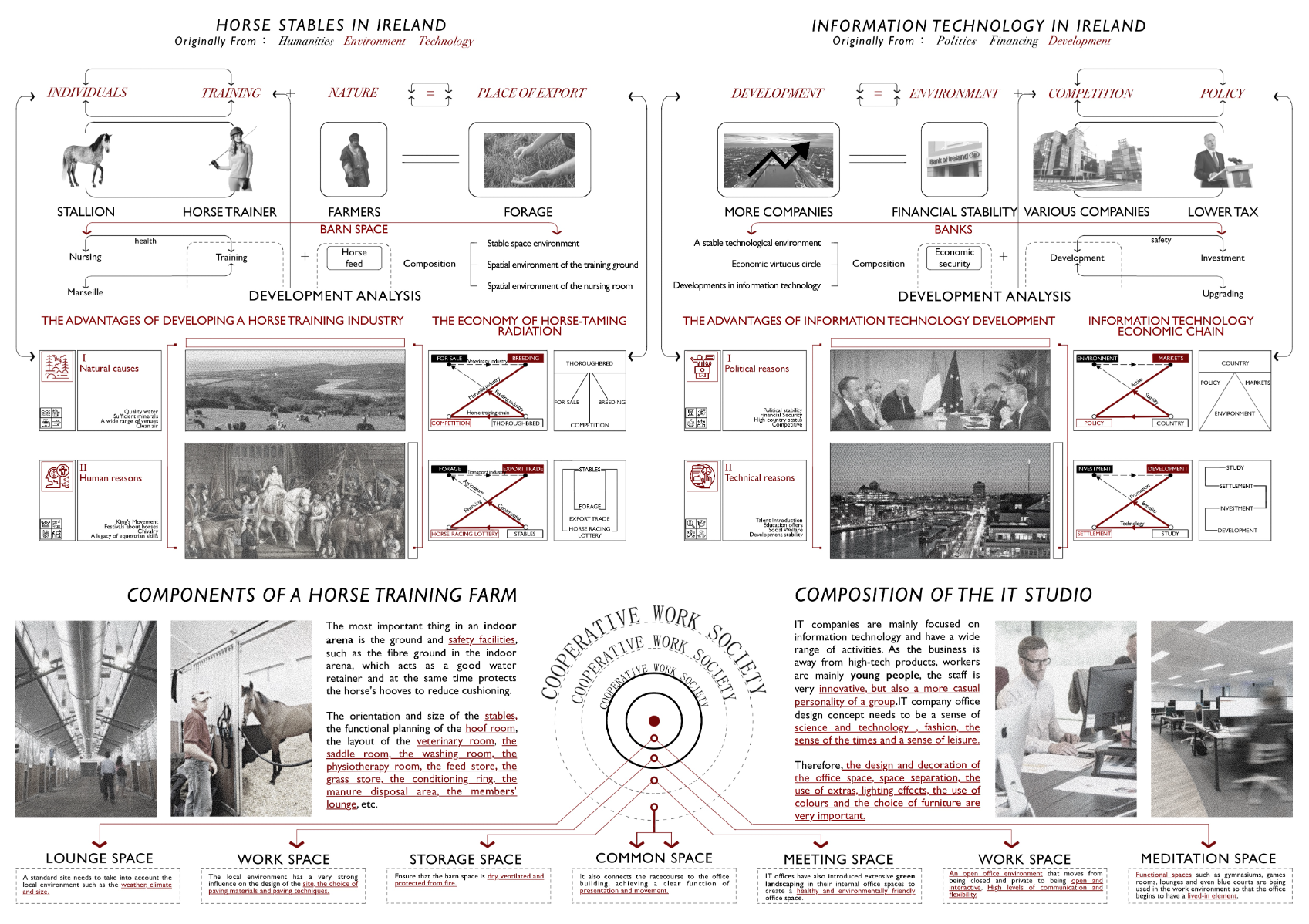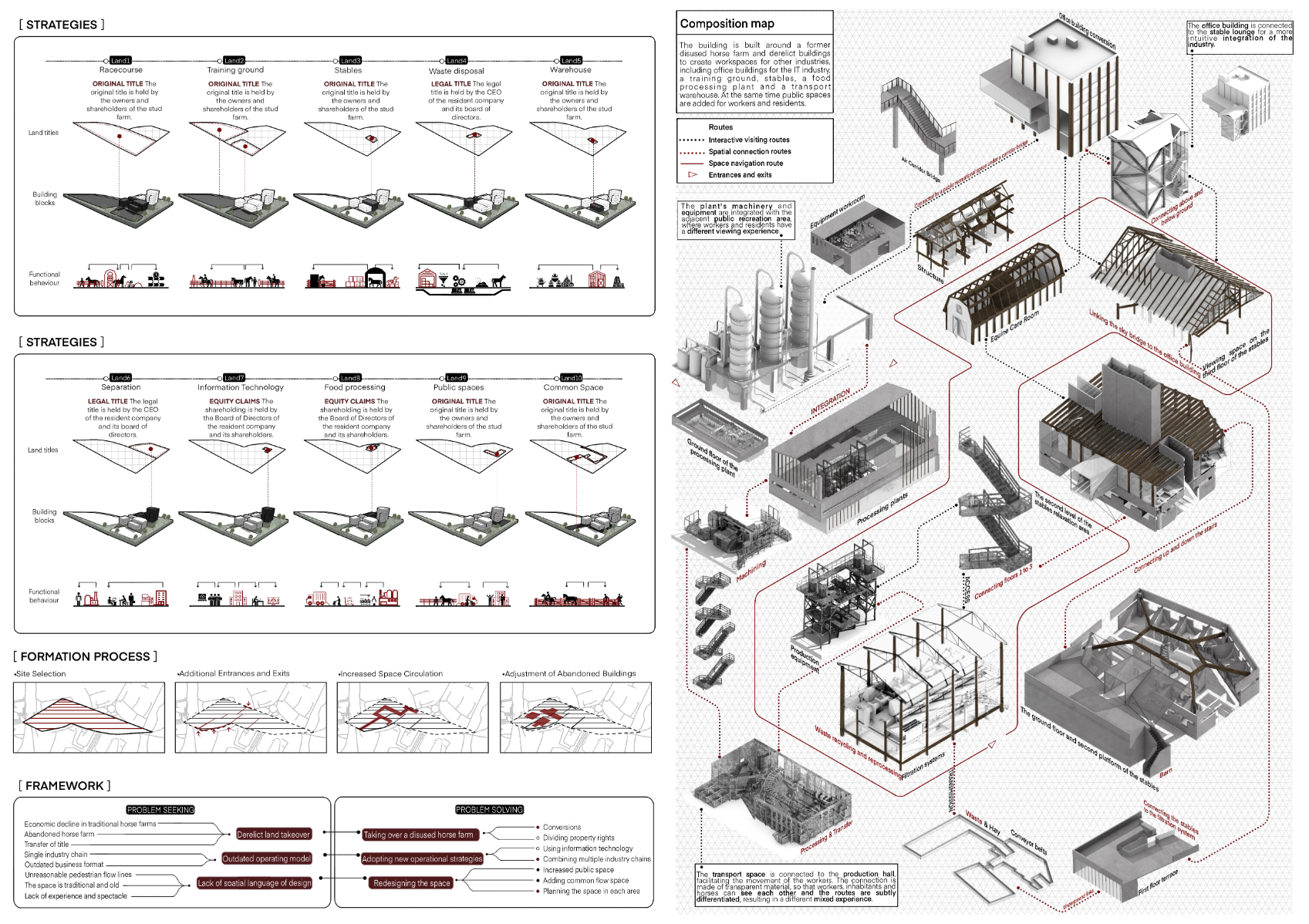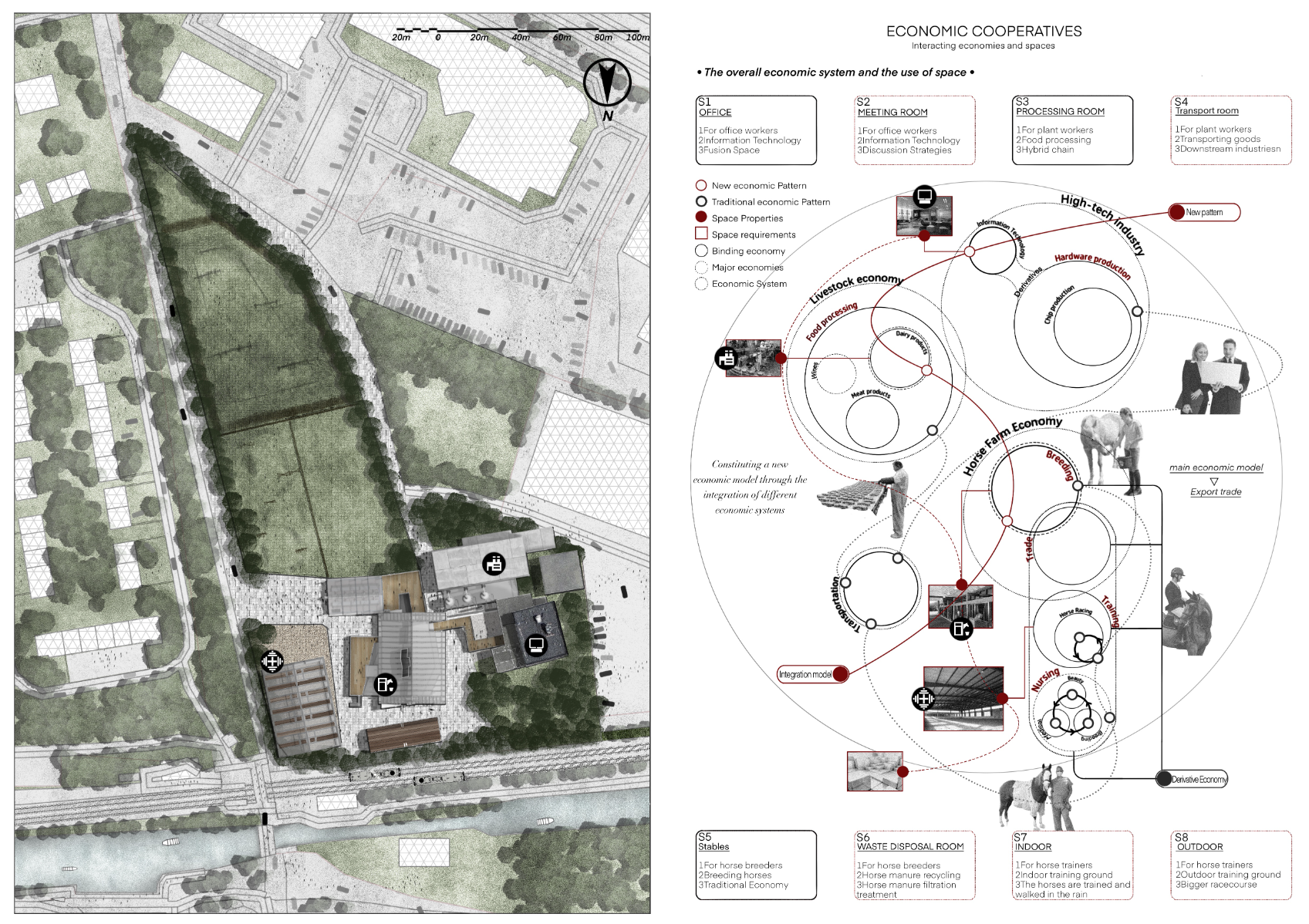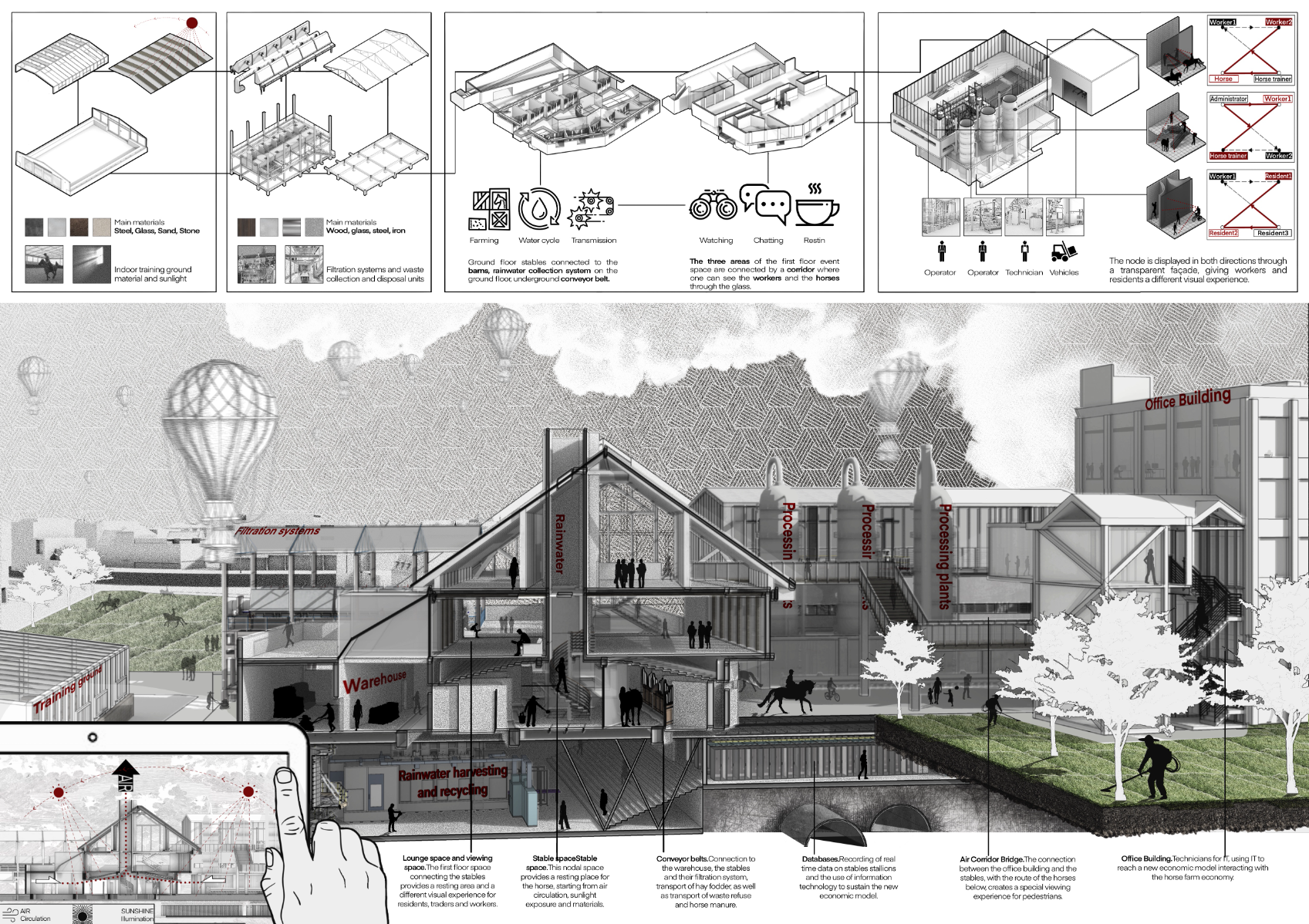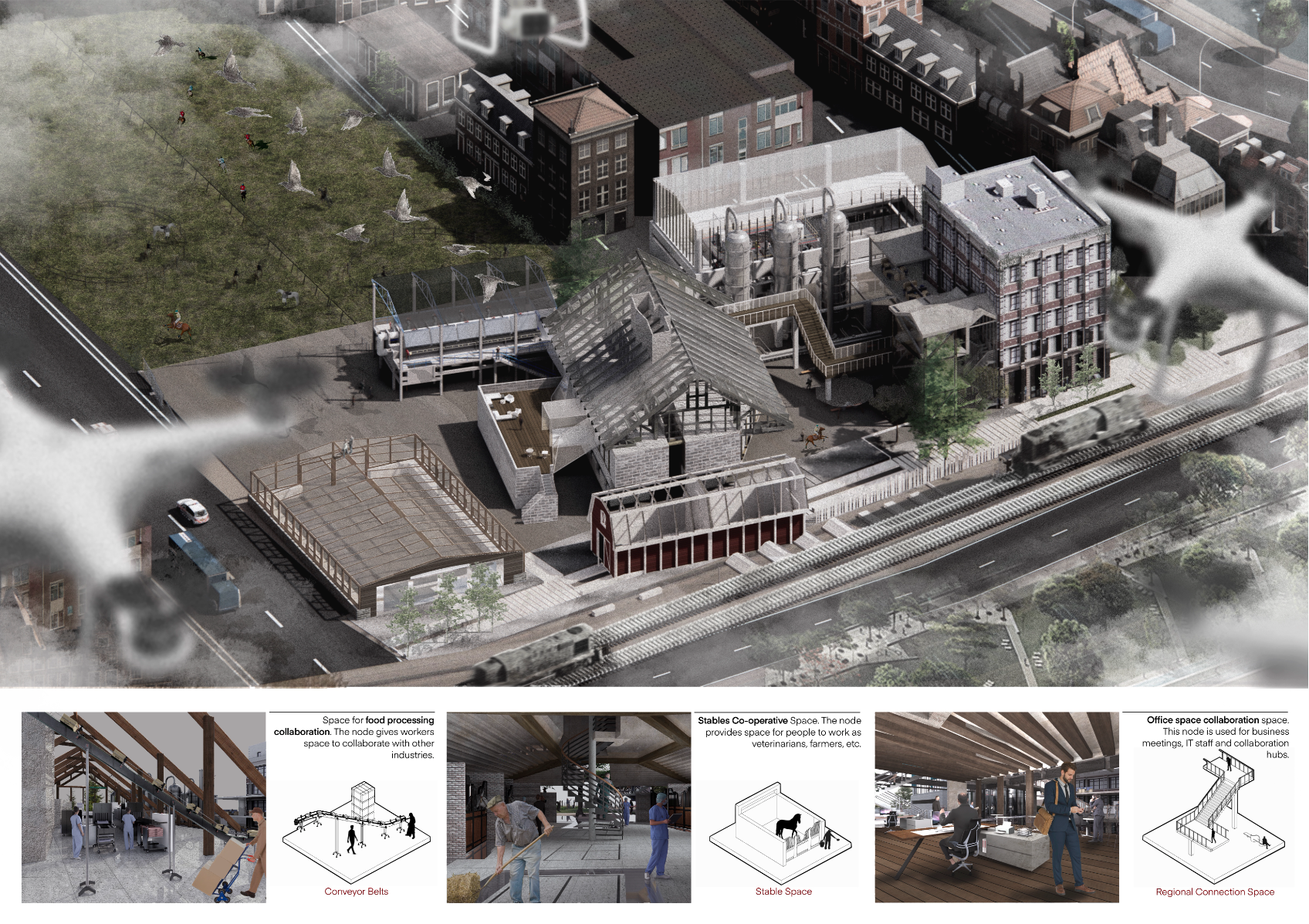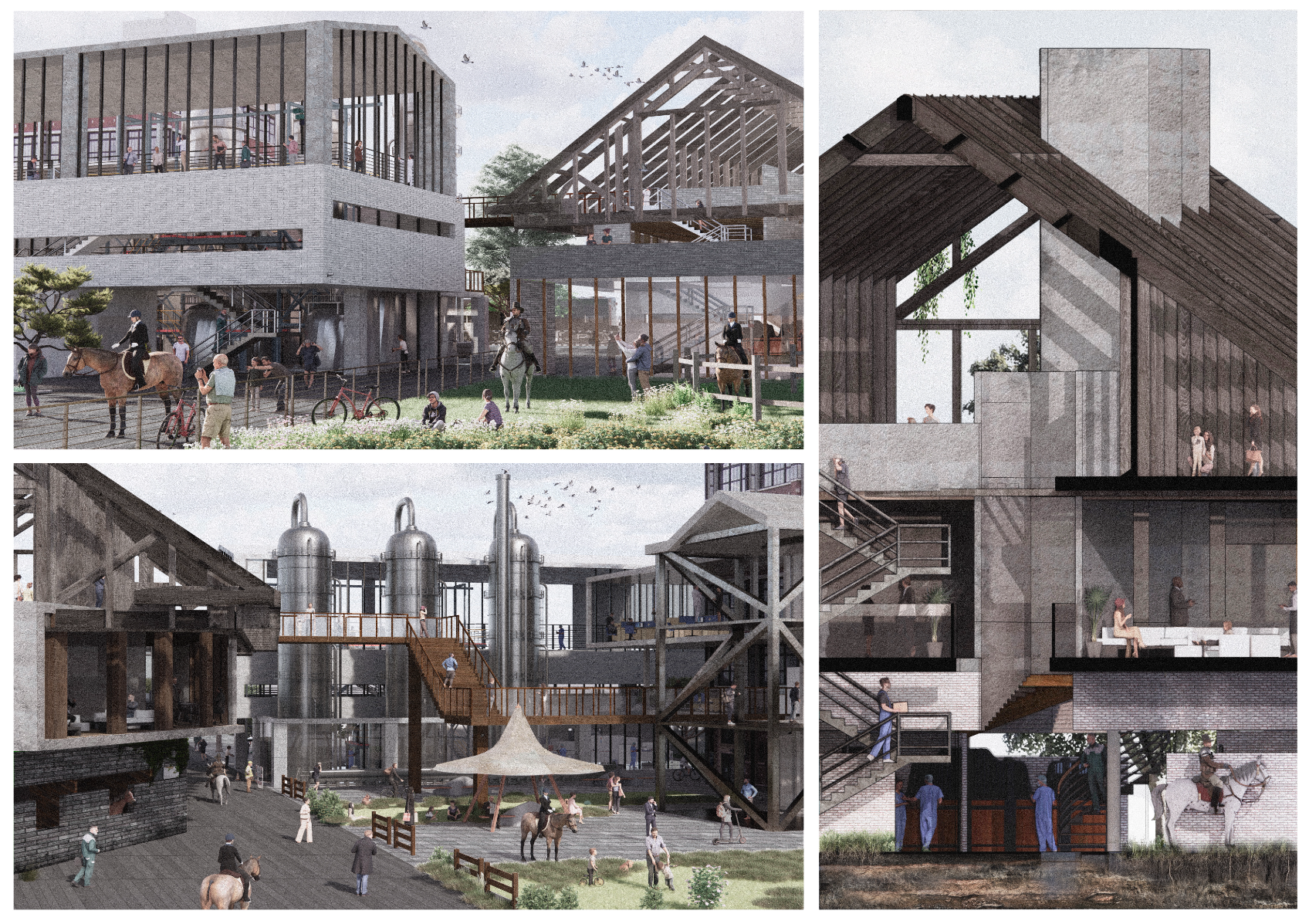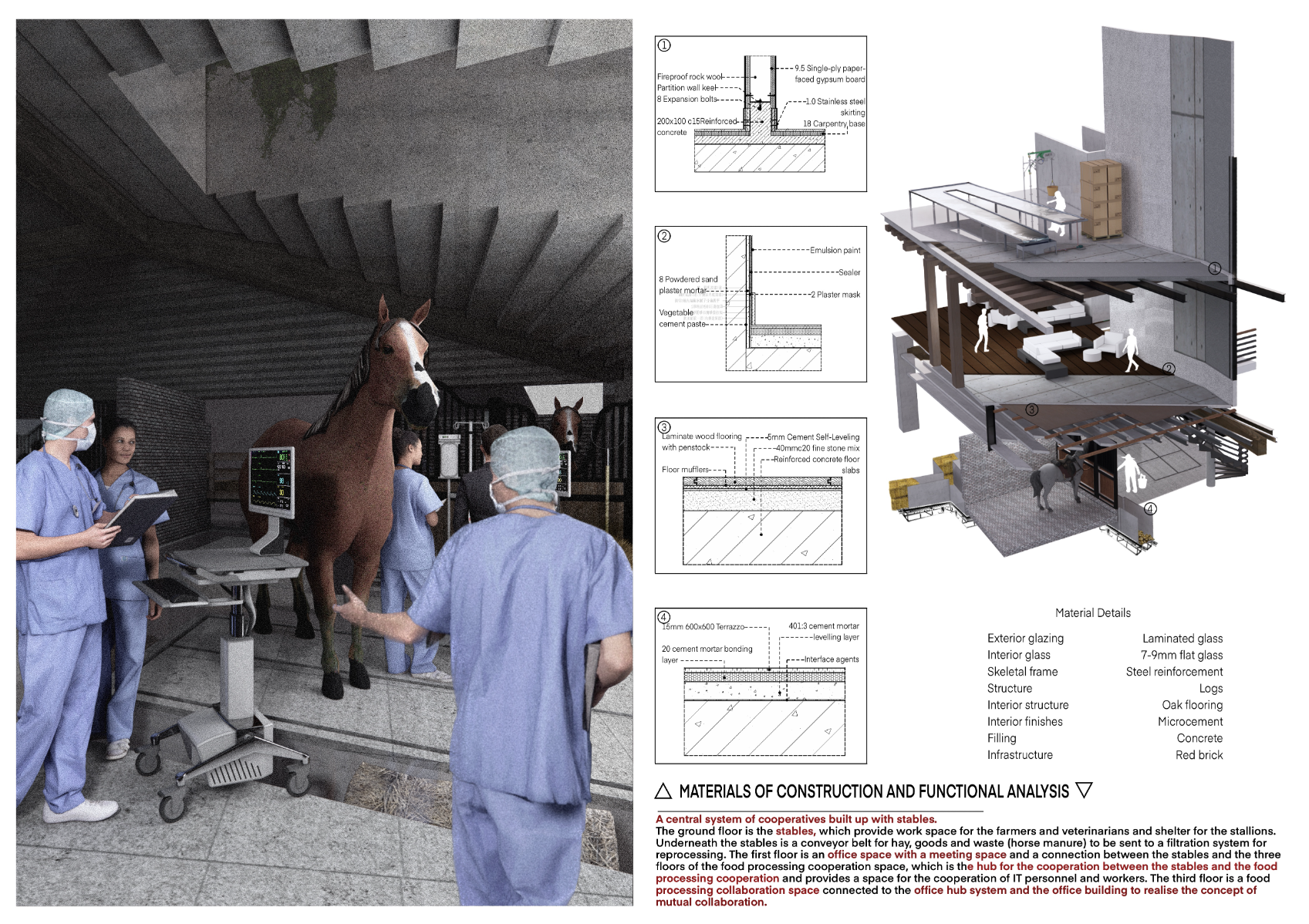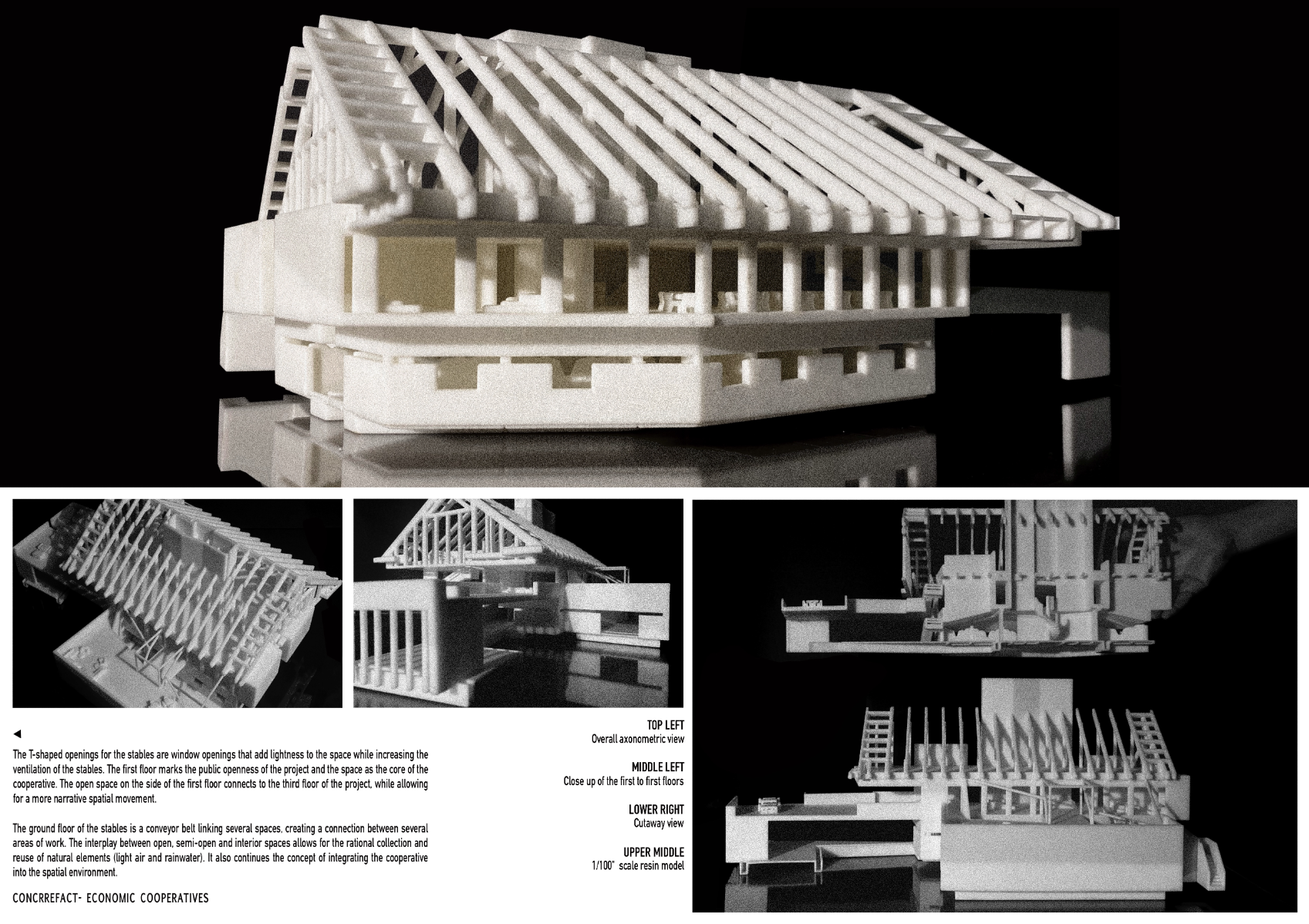Kaixu Jiang
Interior Design MA
Royal College of Art
Specialisms: Interior Design / Design and Technology /
Location: London, United Kingdom
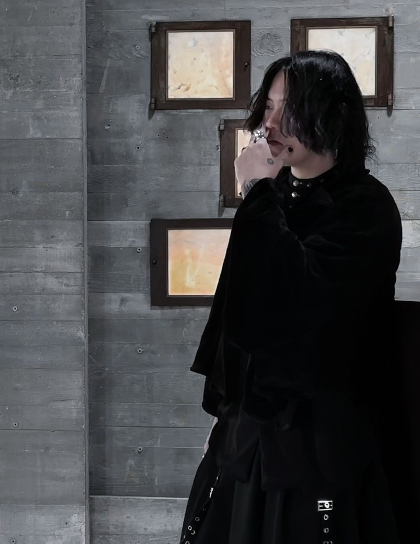
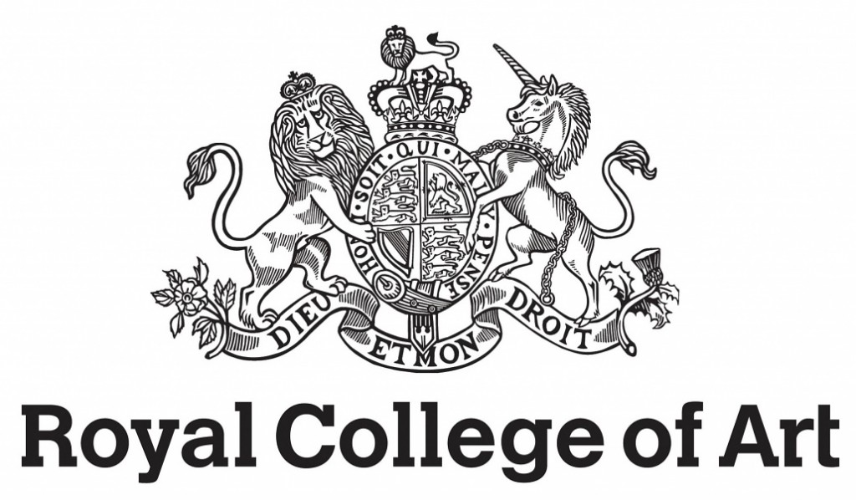
Kaixu Jiang

First Name: Kaixu
Last Name: Jiang
Specialisms: Interior Design / Design and Technology
Sectors:
My Location: London, United Kingdom
University / College: Royal College of Art
Course / Program Title: Interior Design MA
About
Passionate about innovation, I relentlessly pursue creative solutions and am unafraid to experiment until achieving optimal design. My dedication to excellence is reflected in my exceptional execution and professional competence, continually enhanced through self-improvement efforts such as media engagement and case study analysis.
Valuing interdisciplinary collaboration, I excel in orchestrating collective expertise to deliver outstanding results. I approach design with a discerning eye, refining concepts to meet diverse needs while maintaining artistic integrity. As an avid traveler, I draw inspiration from diverse cultures and landscapes, enriching my design practice.Order and Disorder - Museum of Waste (Factory, Exhibition, Laboratory)
I am trying to find a balance and critical mass in the long-term confrontation and dependence of mankind and nature. The problem of waste disposal has always been a matter of thought and research. Similarly, waste disposal is a big problem in the UK. Do we choose to continue to fight against nature? Concession? Or compromise? No. I believe that a sustainable development strategy is the most favorable. Organizing the collection of waste from all over the city into recycling plants is a form of order and disorder. Raising the awareness of the population about sustainability is also a form of order and disorder. Recycling materials from old buildings is part of the strategy in terms of REUSE. A visualization of the recycling system as well as a narrative navigation is very appealing and innovative. The transparent look of a machine shop situated in well-equipped East London is an interesting assumption. A state where people with different identities are in the same space and do not intrude on each other, yet are able to create subtle interactions—another kind of order and disorder. The combination of the laboratory and factory on the top floor is a risky and daring experiment, using treated waste as research material to start a series of interpretations of sustainability. My exploration retains all the columns and structures of the original building, but removes and blurs the sense of boundaries between the building and the outside space, hoping to inspire people that human behavior is part of nature and that we should come to terms with it, rather than claiming and fighting it.
Competitions
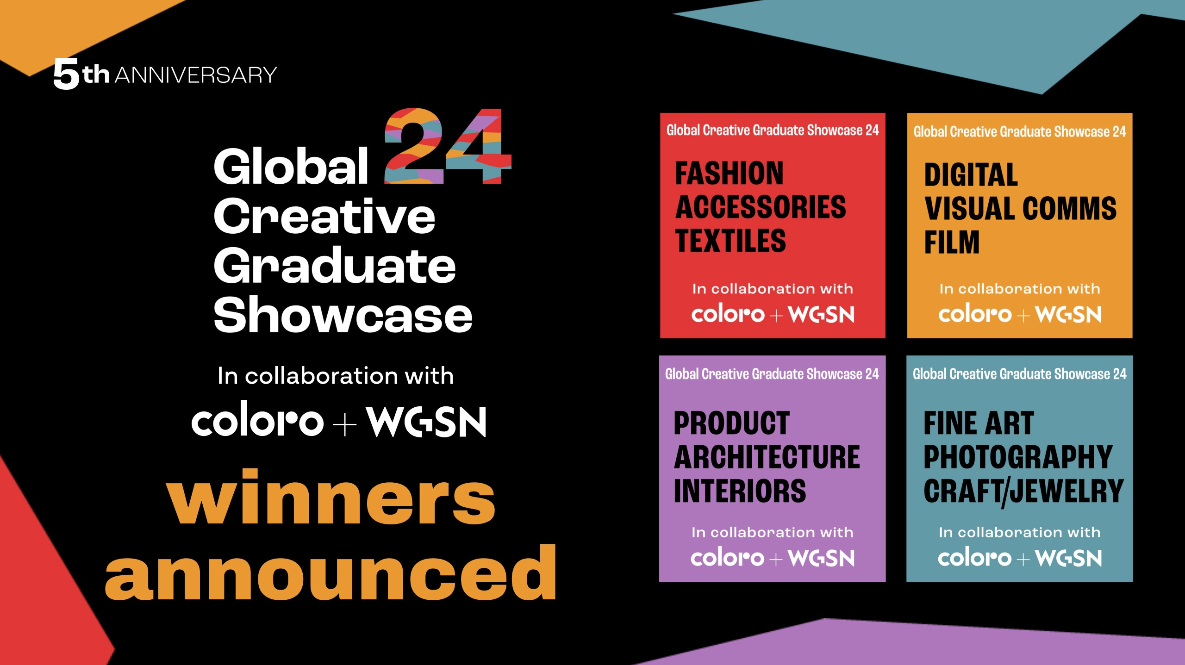
Global Creative Graduate Showcase 2024
The struggle, the compromise, the concession, and the symbiosis between man and nature. Since the Industrial Revolution, the pace of urbanization has increased. The quality of life and the material needs of industry have gradually increased as urbanization has risen. The increase in the circulation of goods and the level of human consumption has been accompanied by a rapid rise in GDP. In contrast, the development of industrial production, technology, and the extraction and use of fossil fuels has increased CO2 emissions, while urbanization has led to a sharp reduction in green forests and wetlands, resulting in a lack of reasonable purification of CO2. The problem is becoming increasingly serious in most countries at the same time. The problem is particularly acute in the United States, where rising sea levels caused by global warming are slowly eroding and submerging the land in the southern coastal cities. Miami is one of the worst areas for sea level rise and at the current rate of sea level rise, experts predict that the city will be history in less than 100 years, leaving residents with the question of where to go from here. Will they continue to retreat and compromise with nature? Or do they choose to fight it? I will design new building models that live in symbiosis with nature and use environmentally friendly energy
Competitions

Global Creative Graduate Showcase 2024
The economic base determines the level of development of a country. Since independence, Ireland's economic model has been based on import and export trade and the country is known for its world-leading stud farms, pastures and technology industries. Trade with the USA and Europe has been a major economic development for Ireland. But now that the UK has left the EU, Ireland's stallion trade with the UK, which is the main exporter of Irish stallions, has been hit hardest. And the economy of Ireland's traditional stud farms is facing a huge decline. I will adopt a new open model for the Irish stud farm economy which is based on a combination of the traditional stud farm industry and information real-time data monitoring and operational technology. The design is based on the goal of improving the local economic environment. The design seeks to balance the deficit in spatial ownership with a new approach for the local area. A way of circulating the 'stock' of space is identified.
Competitions

